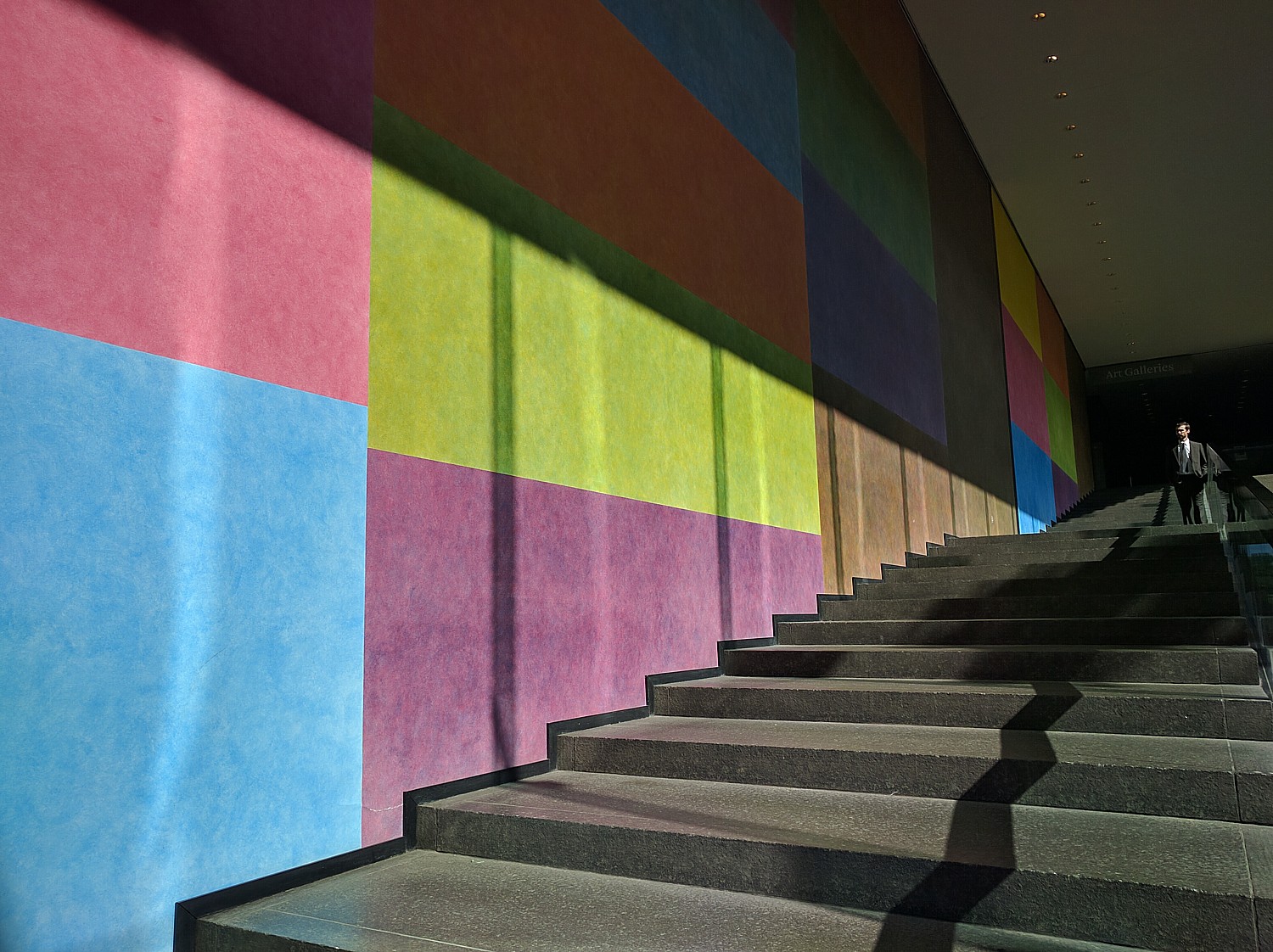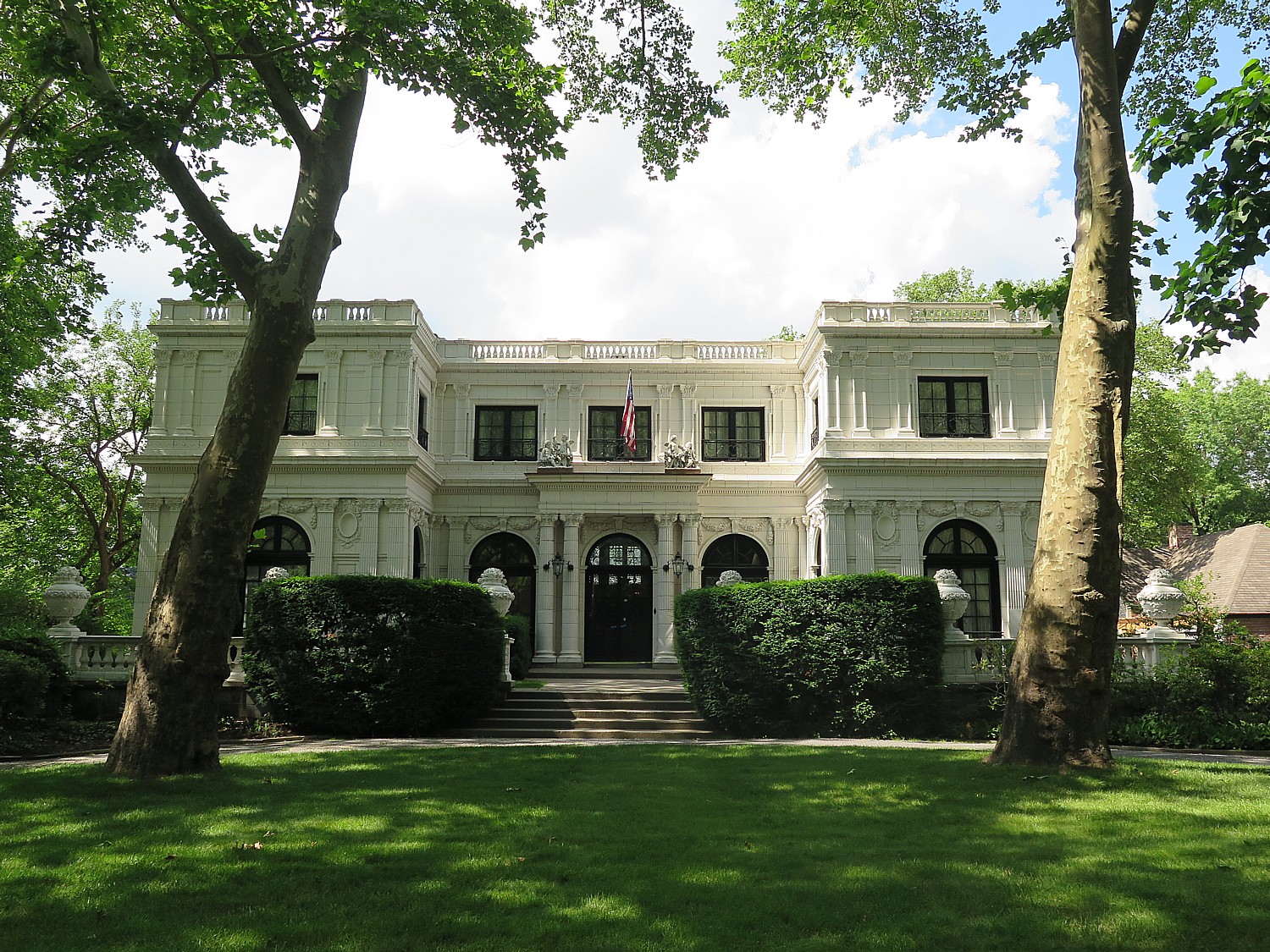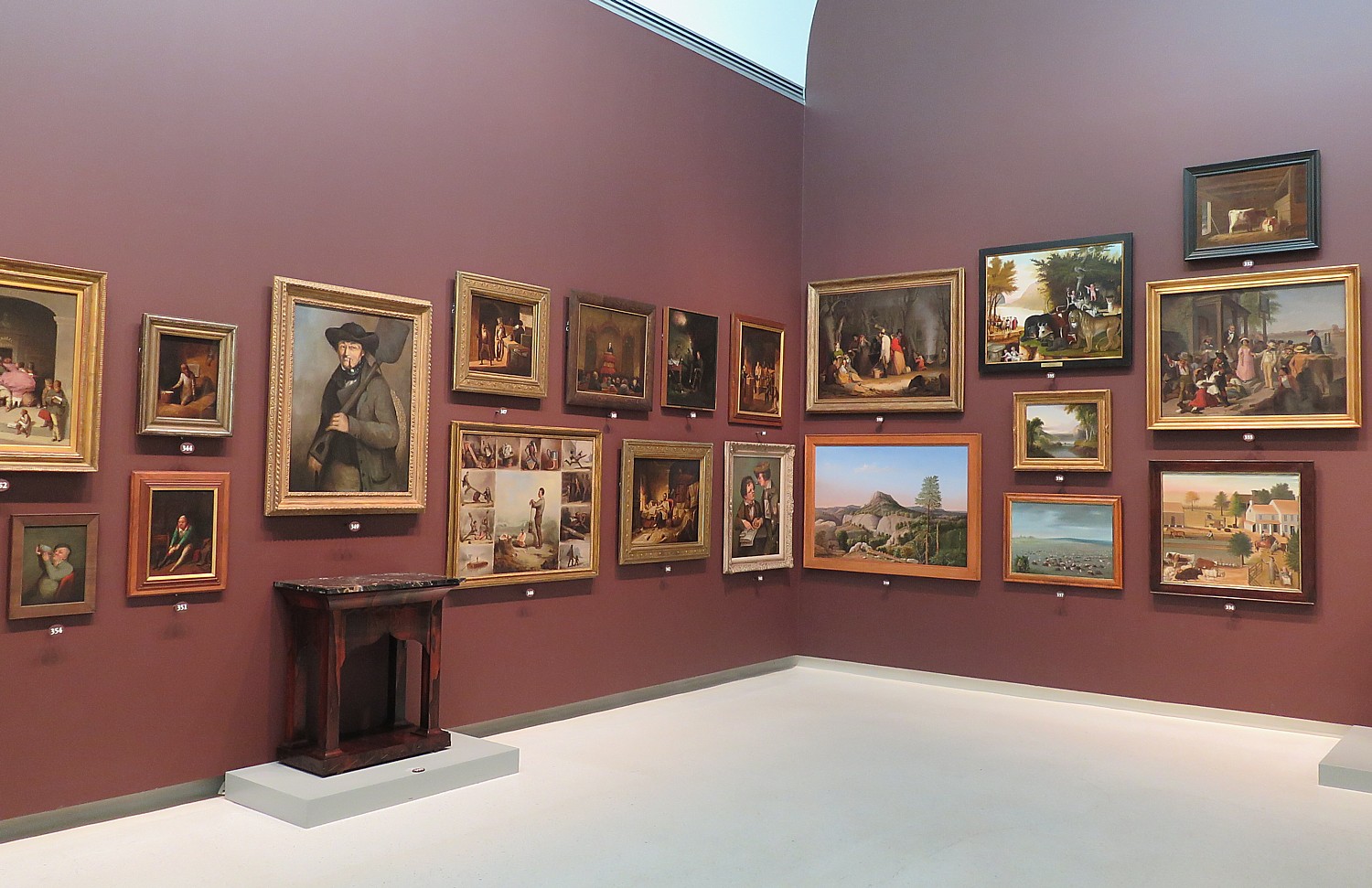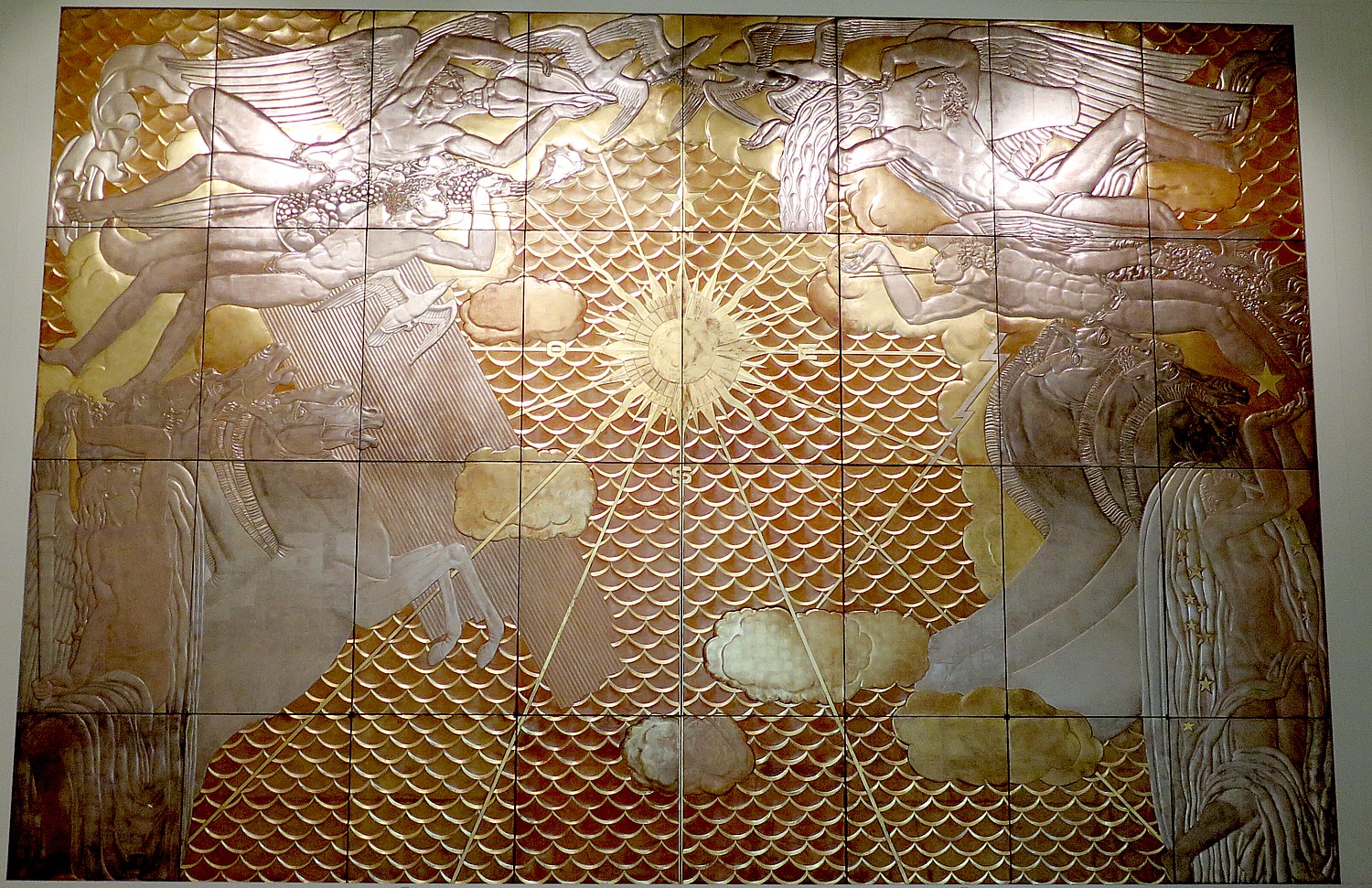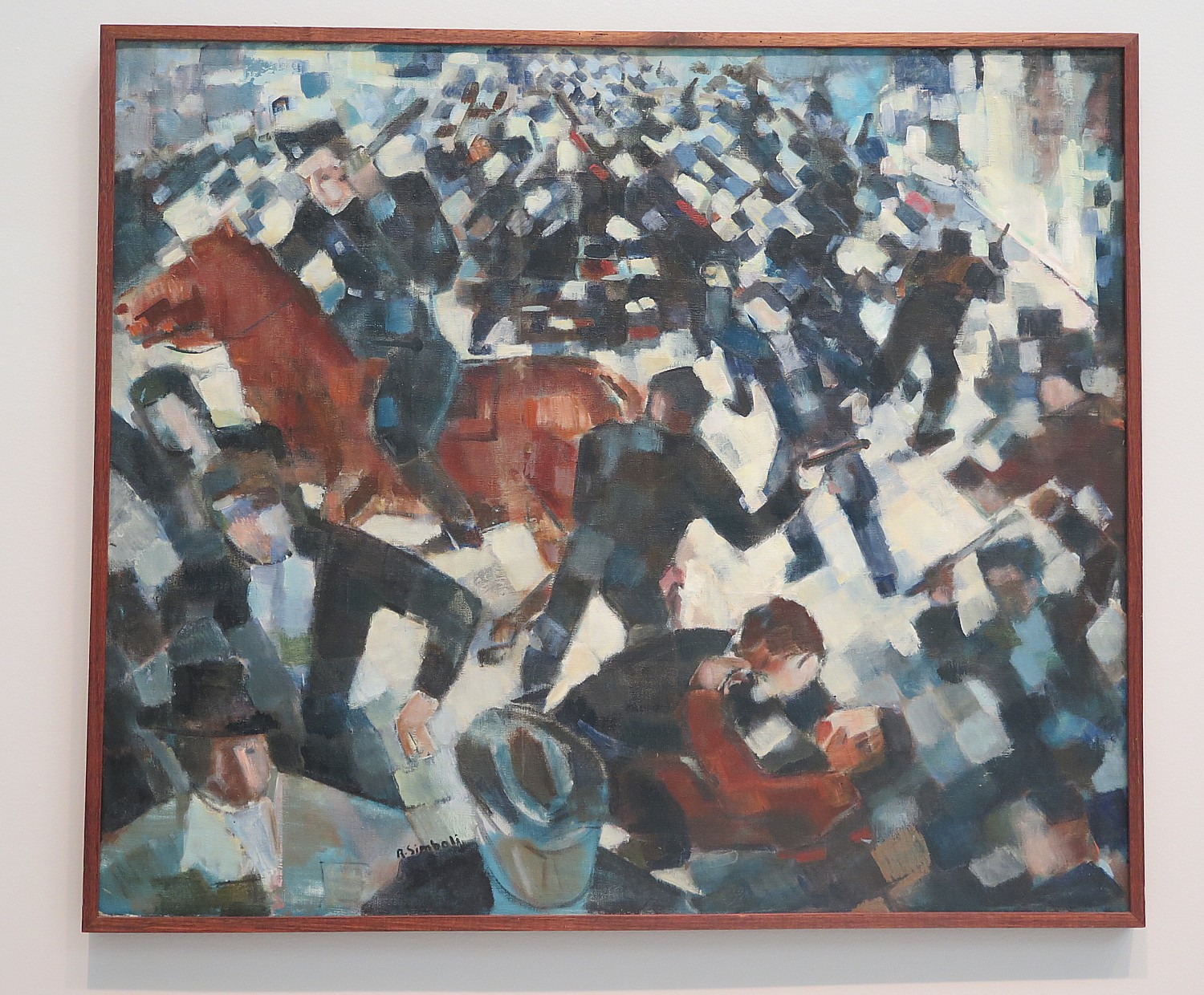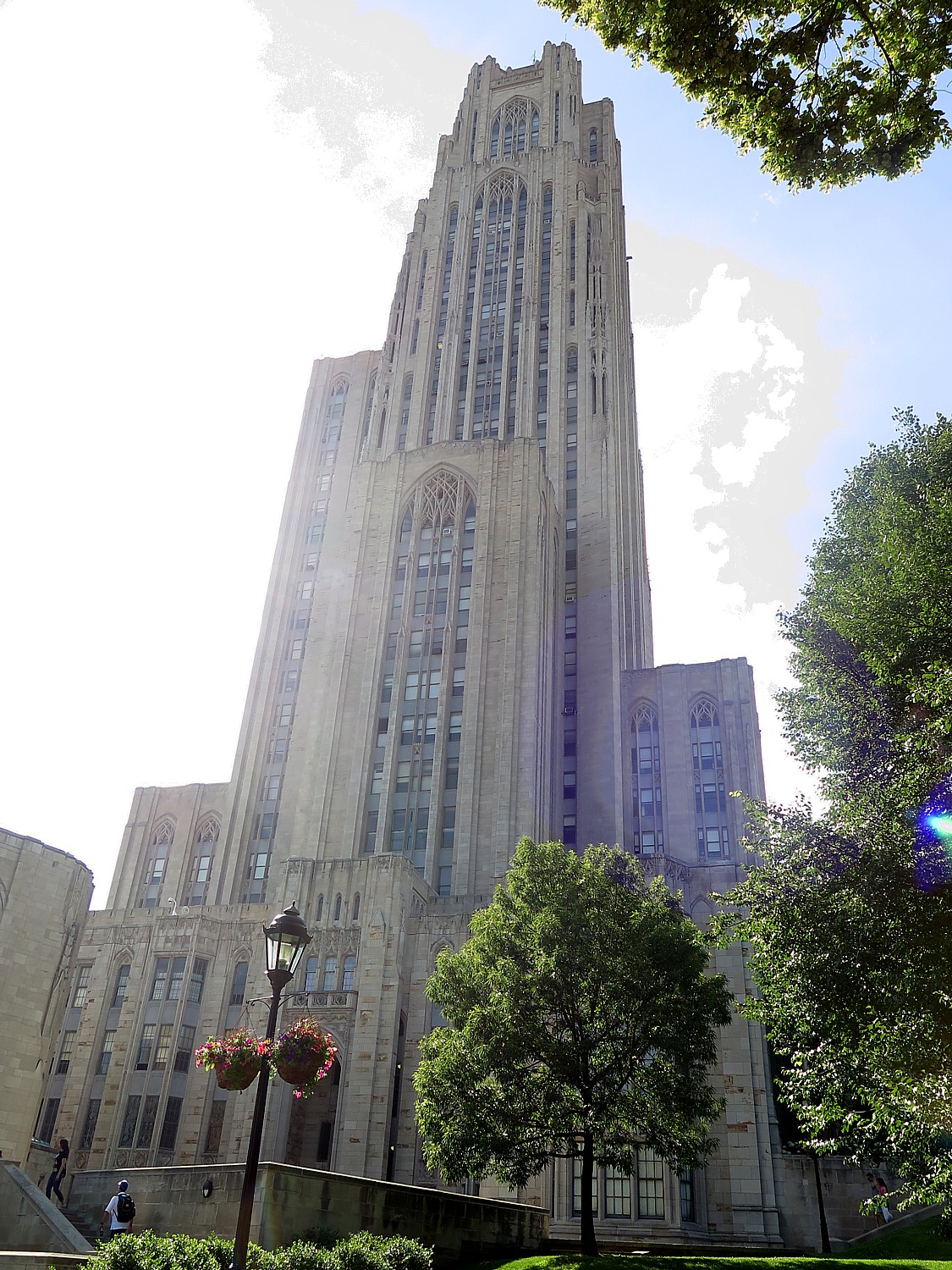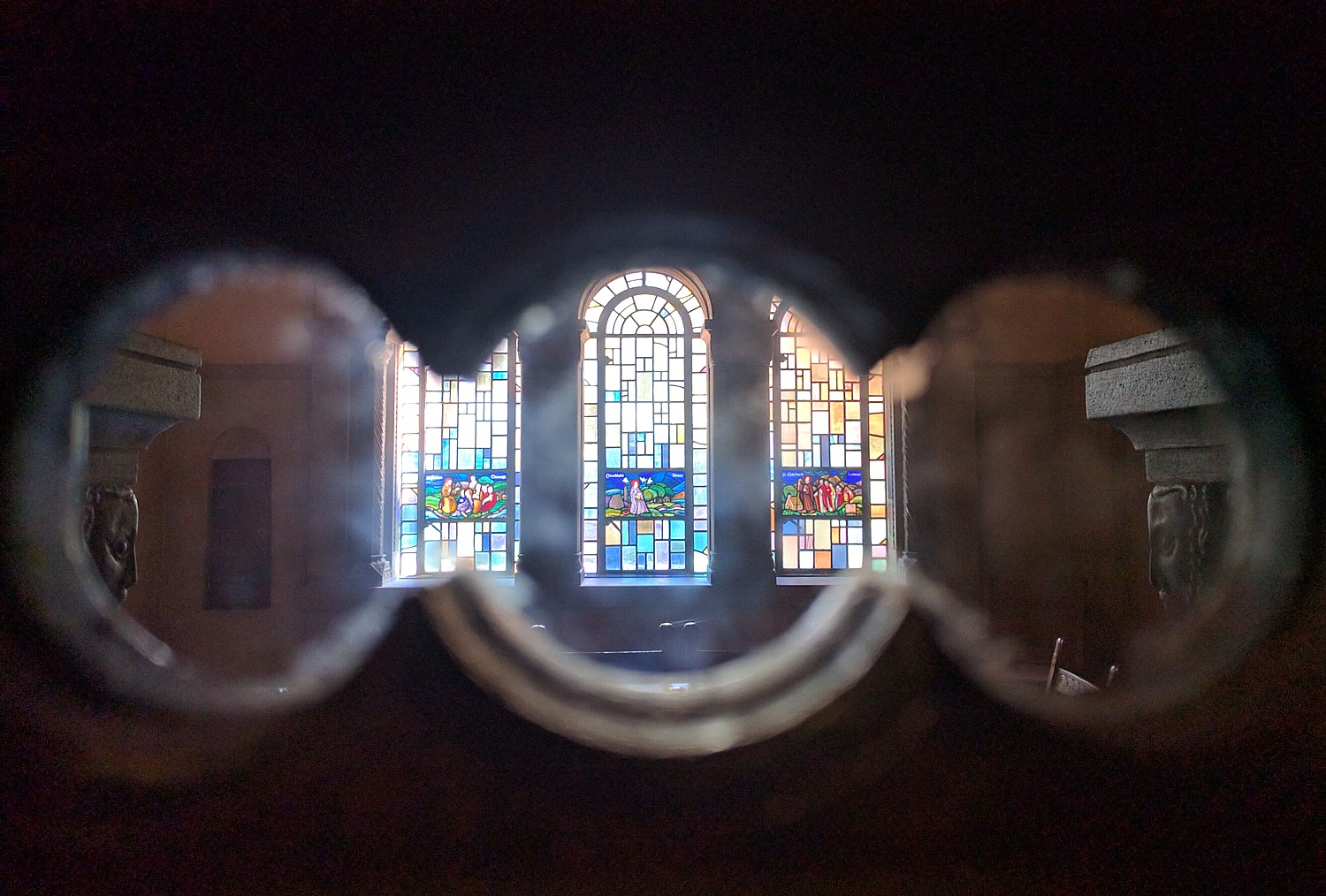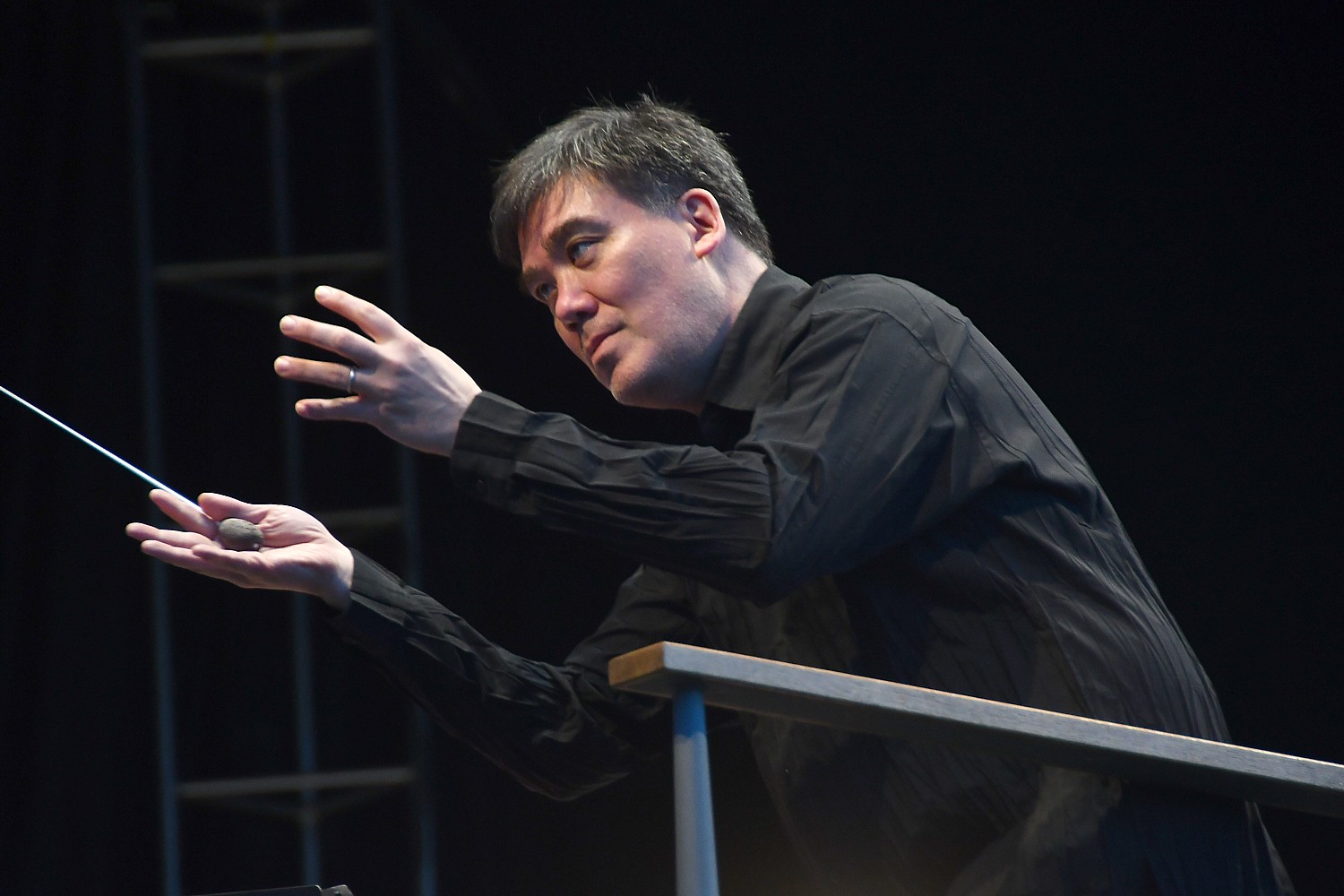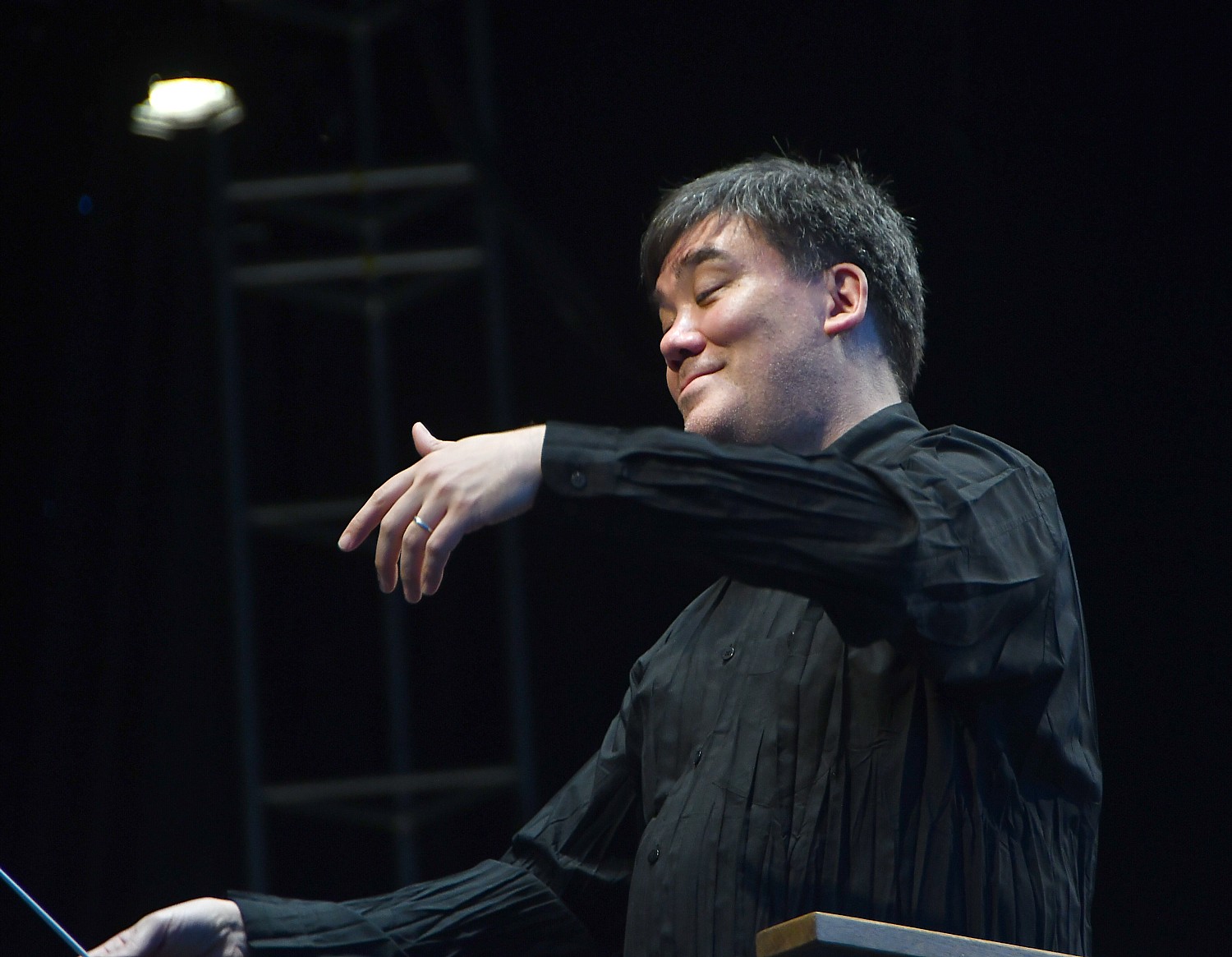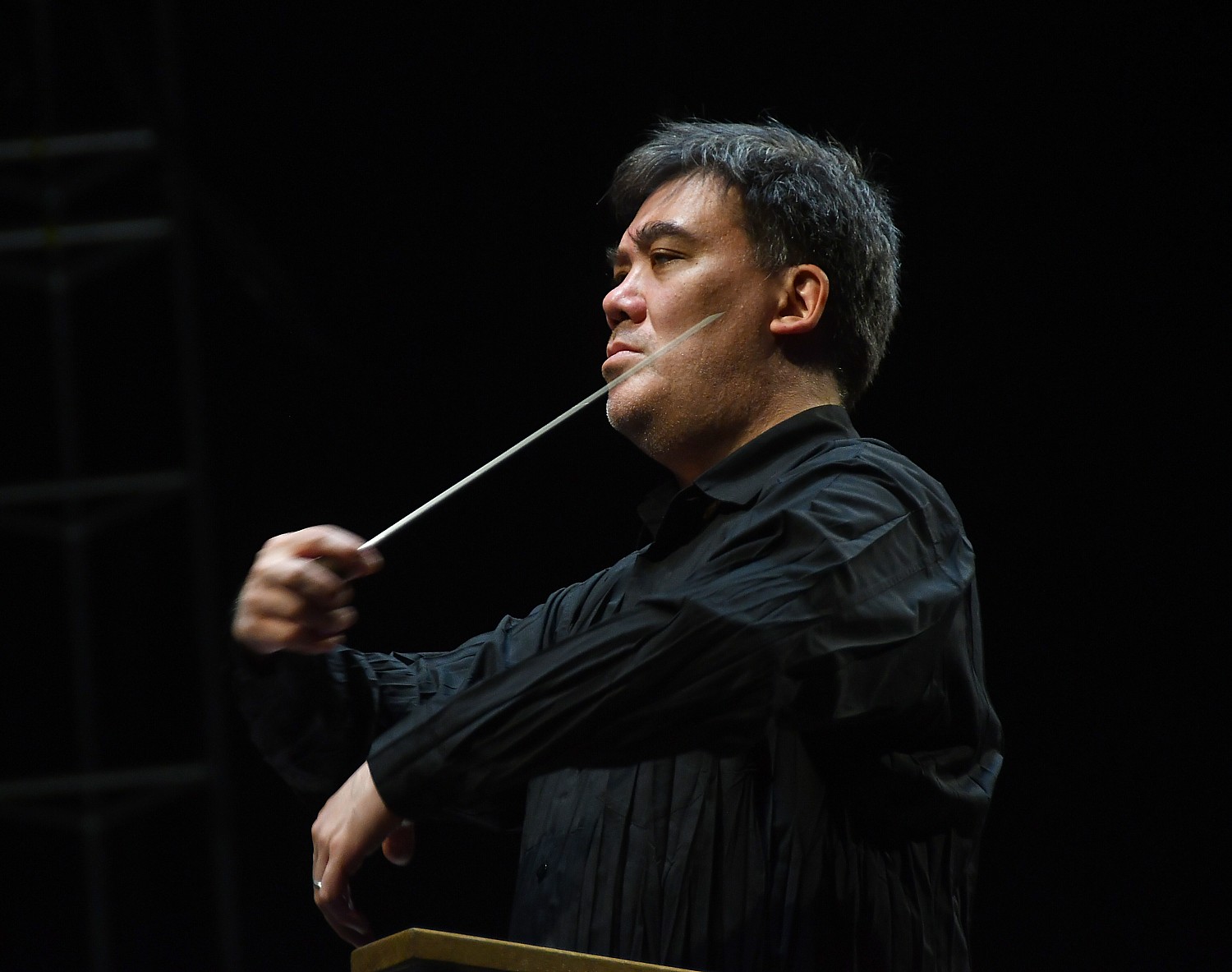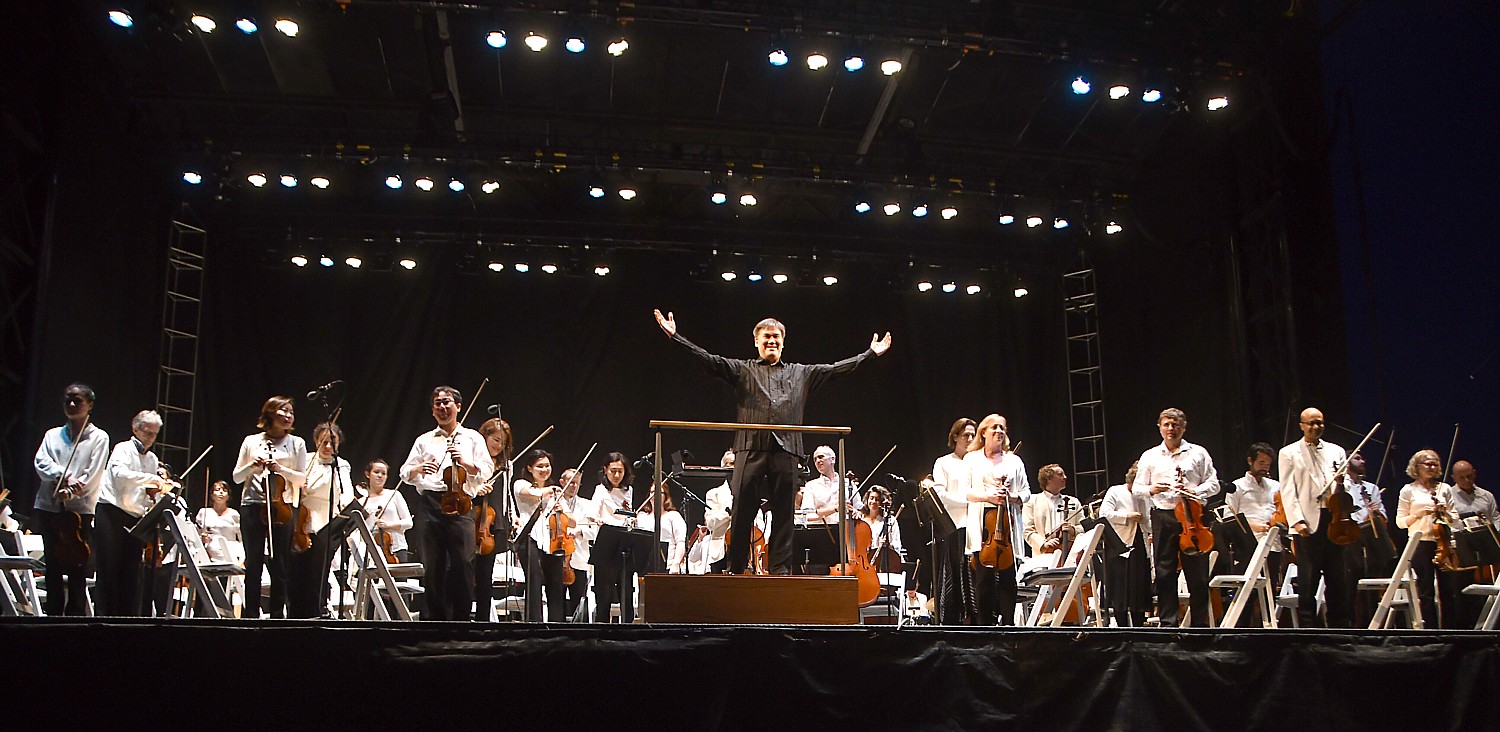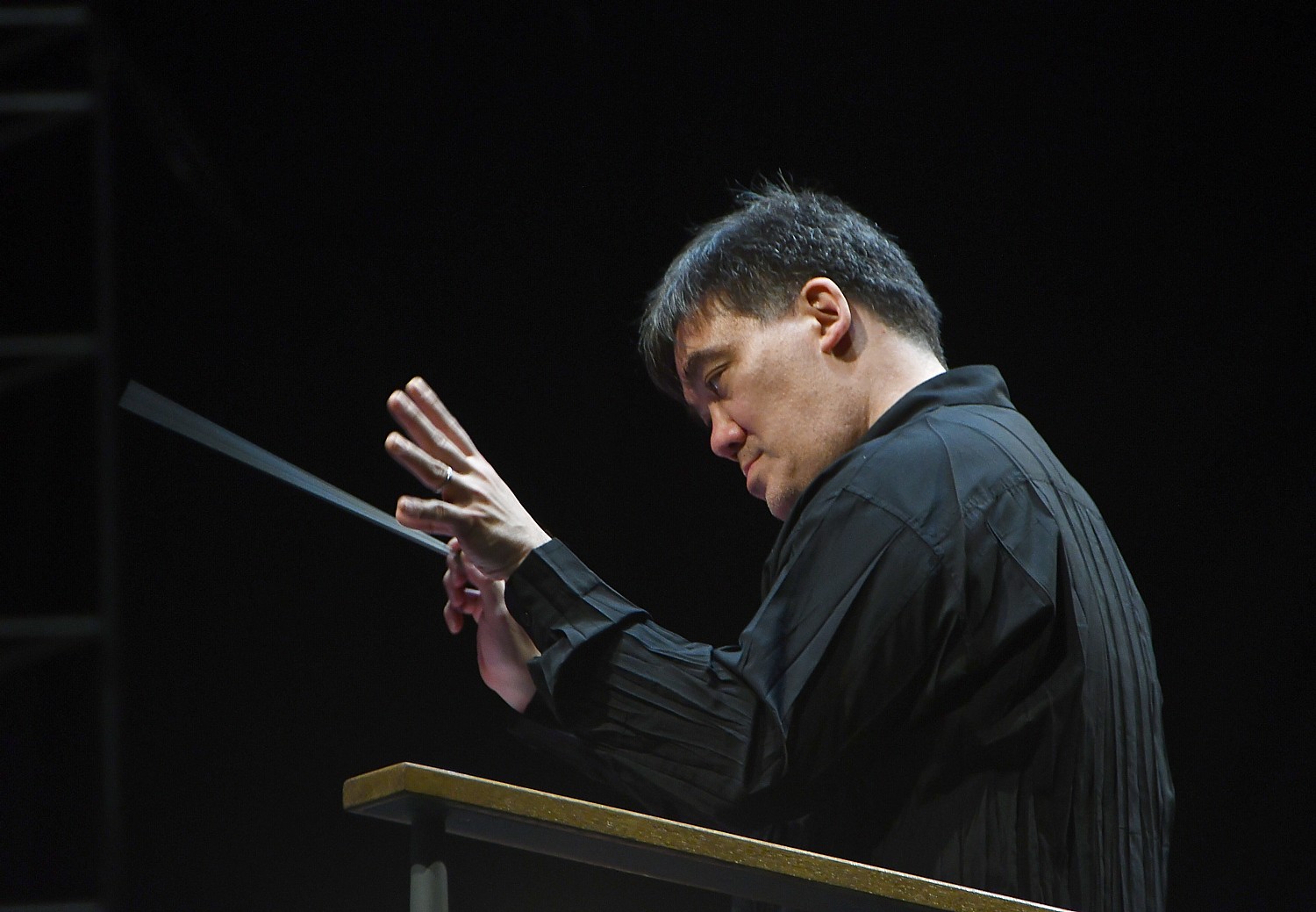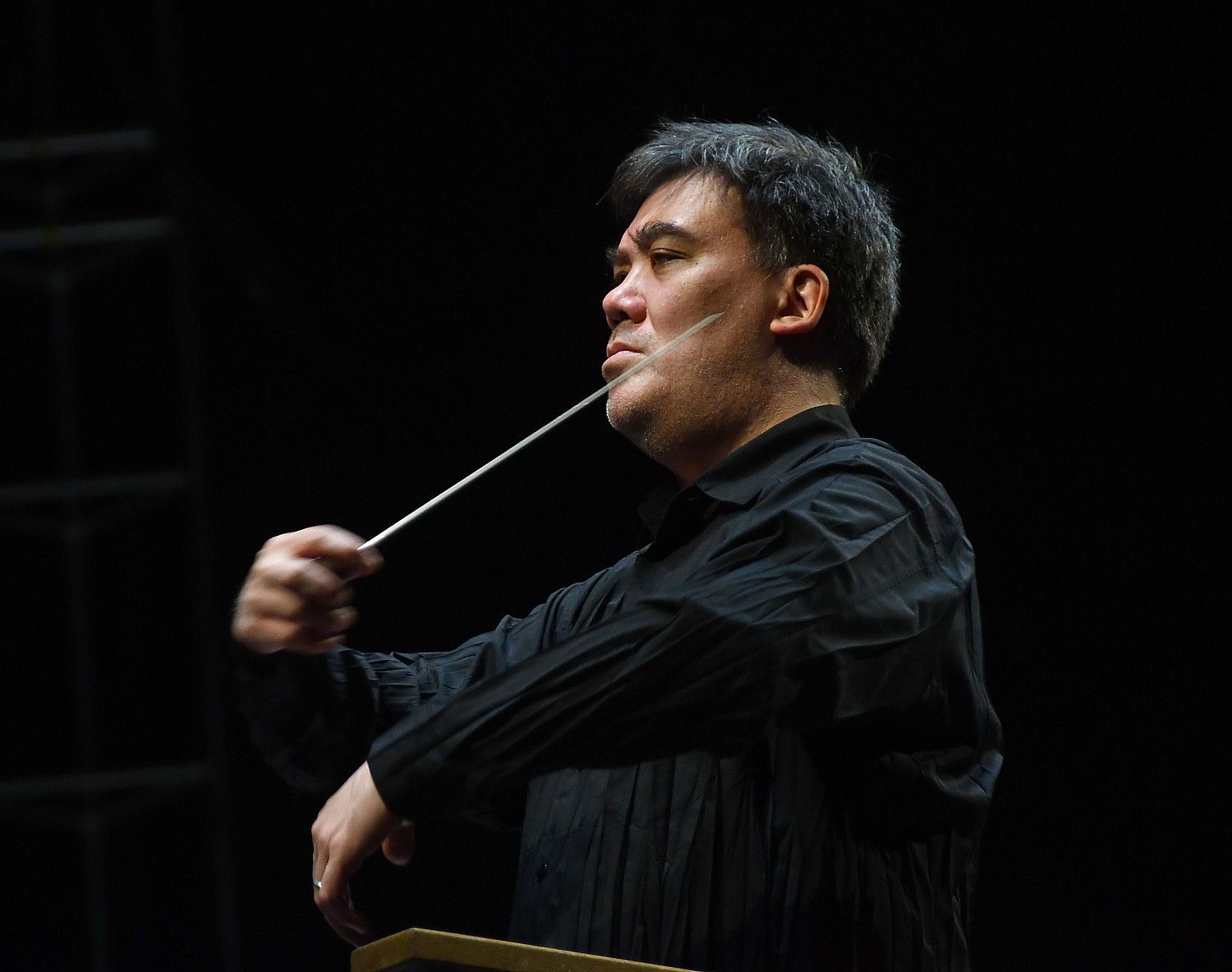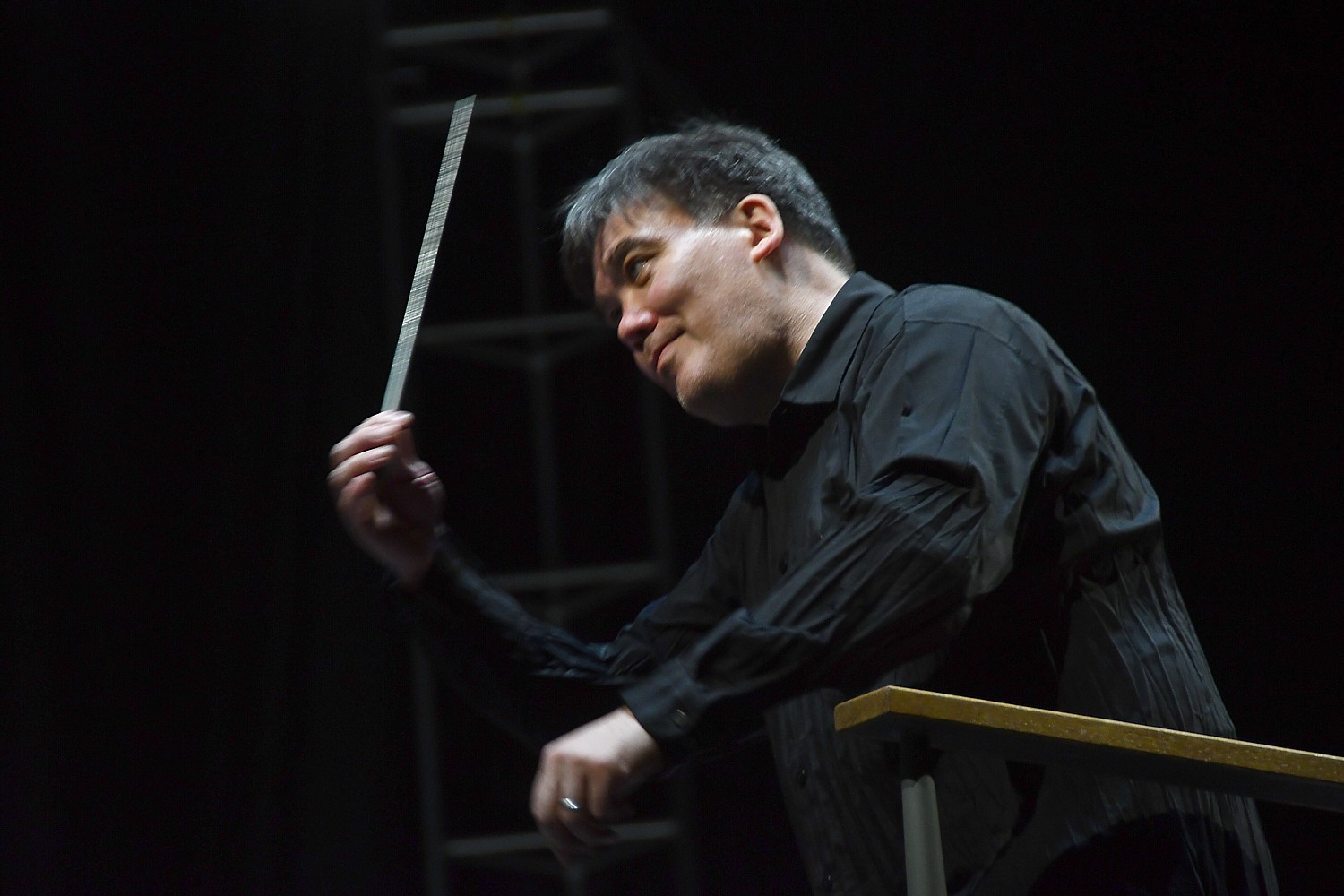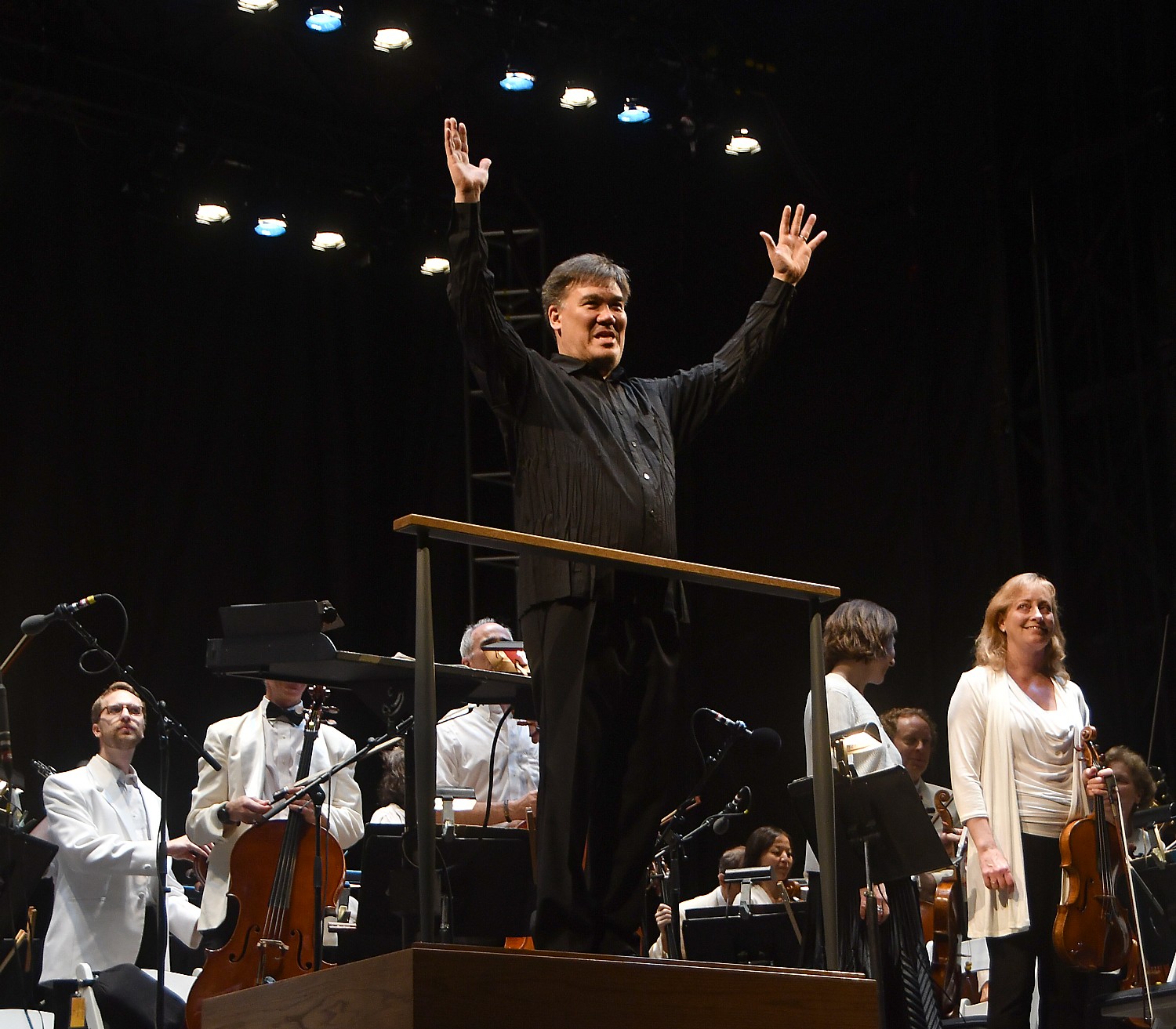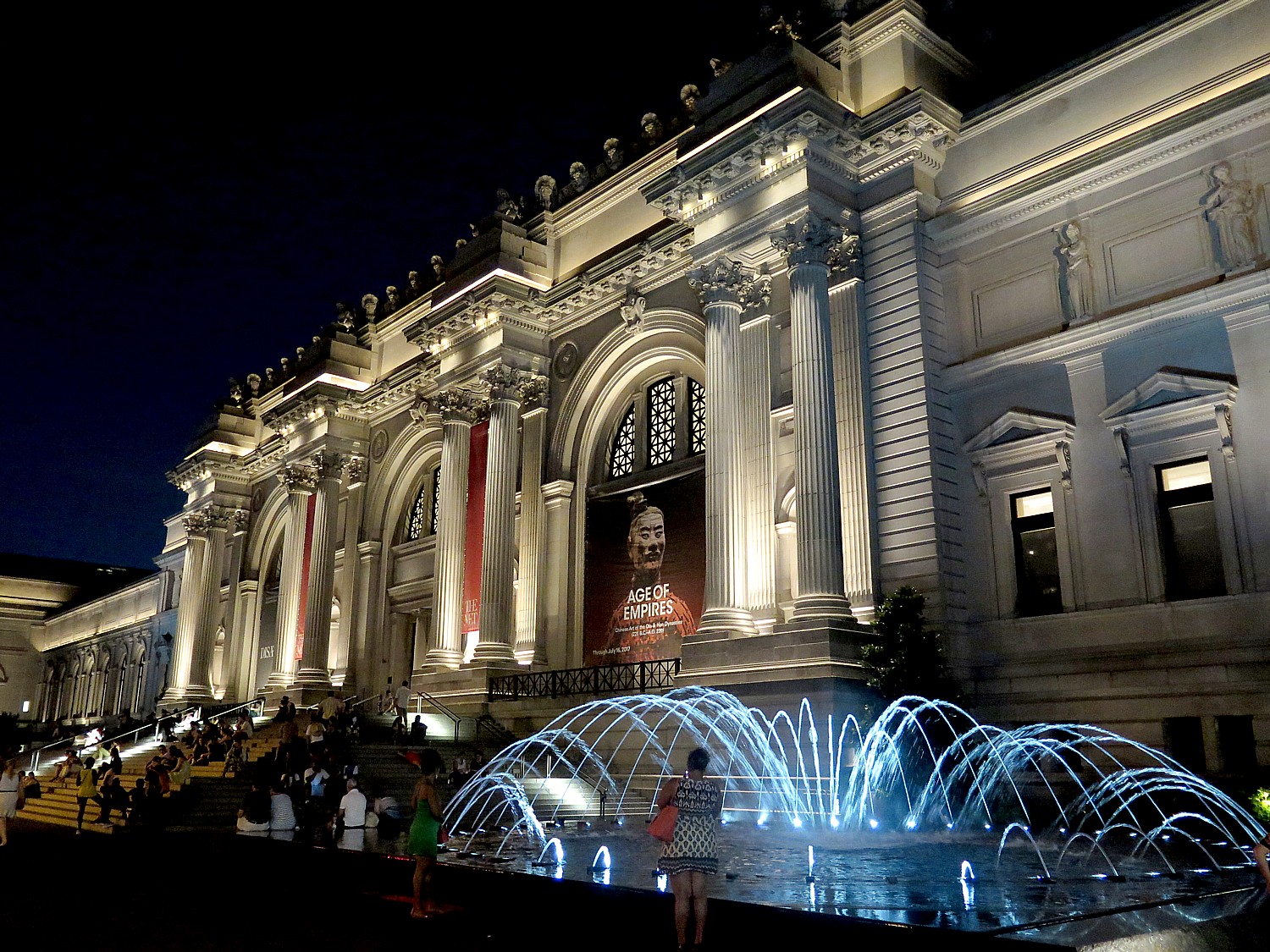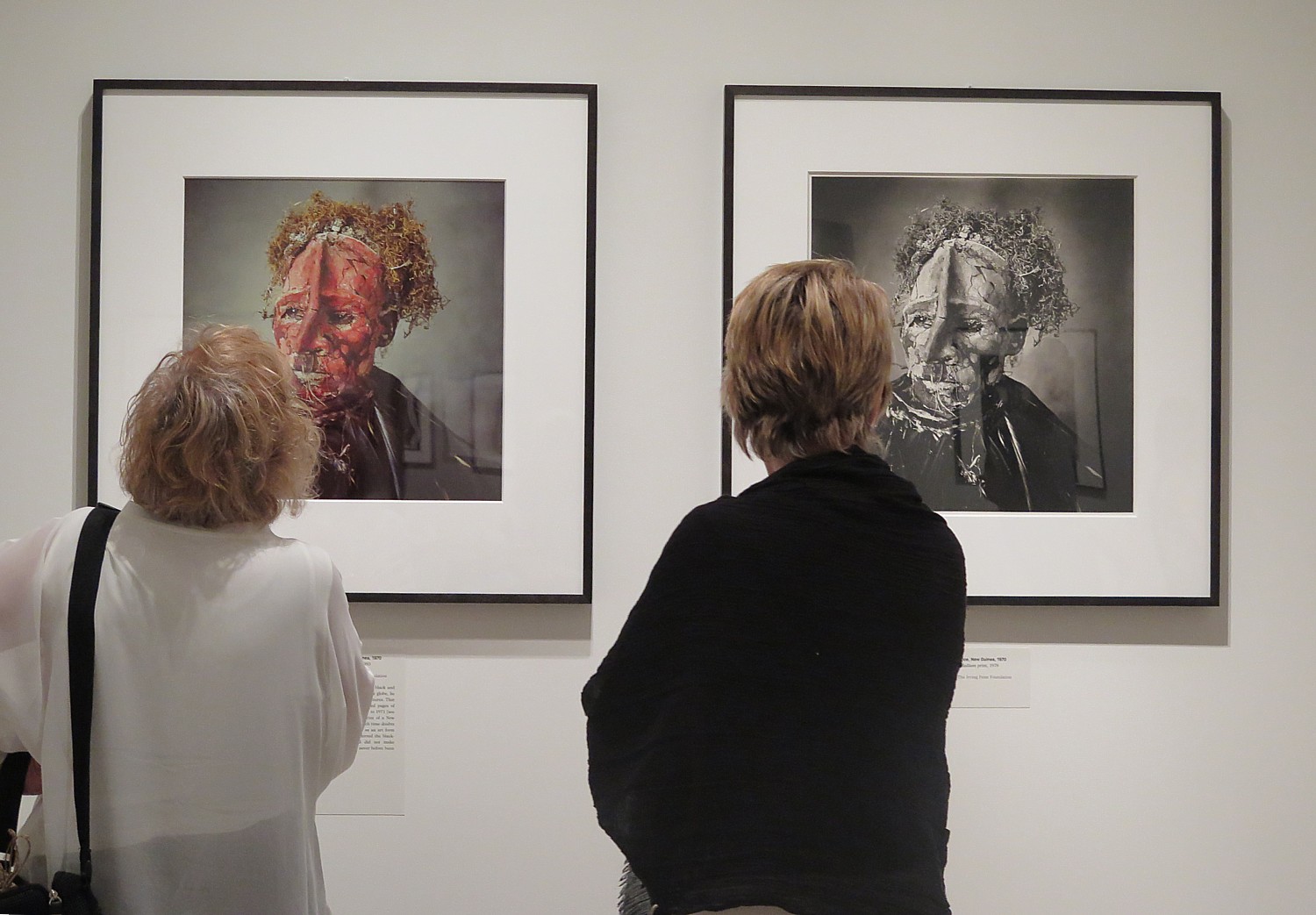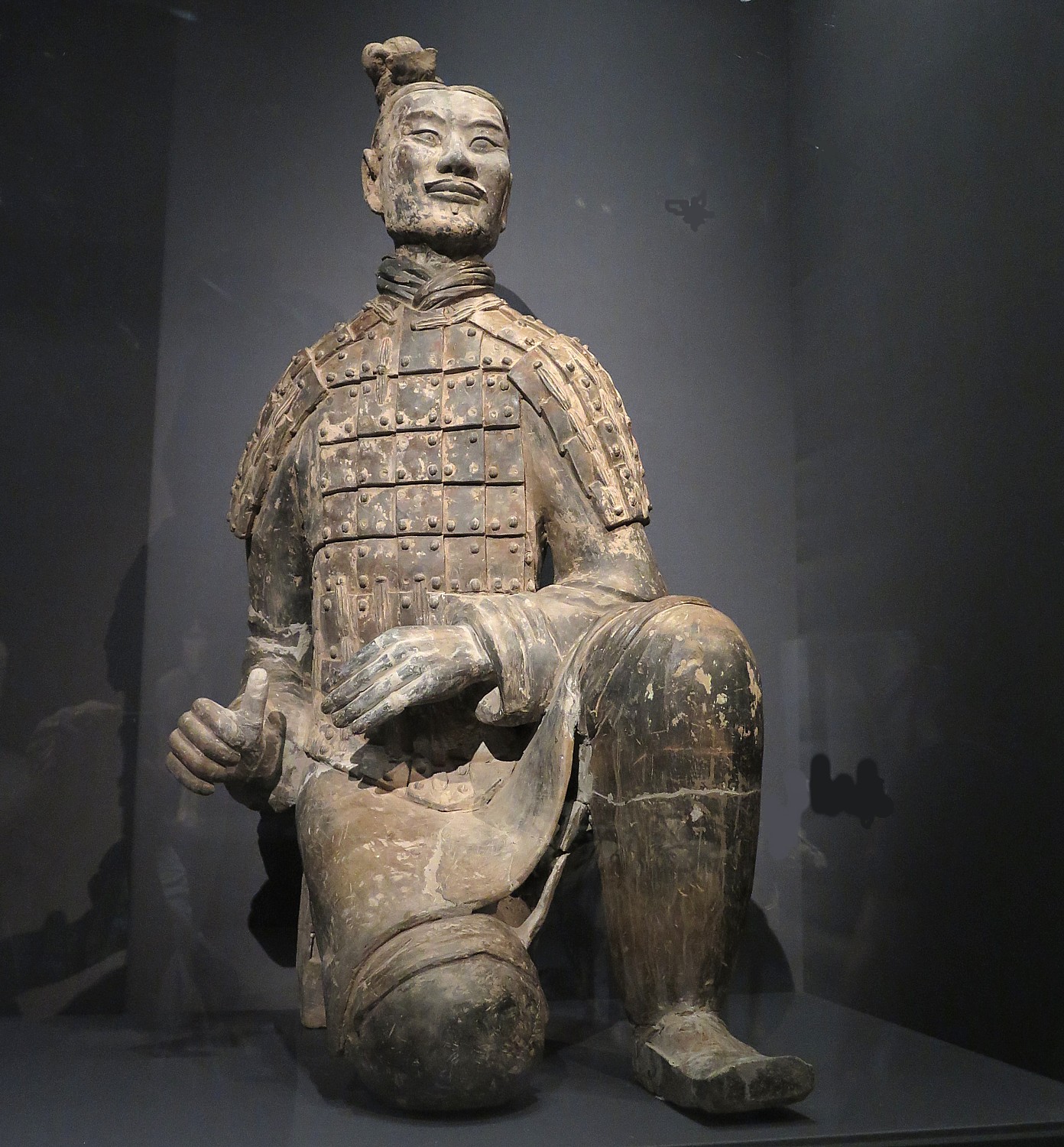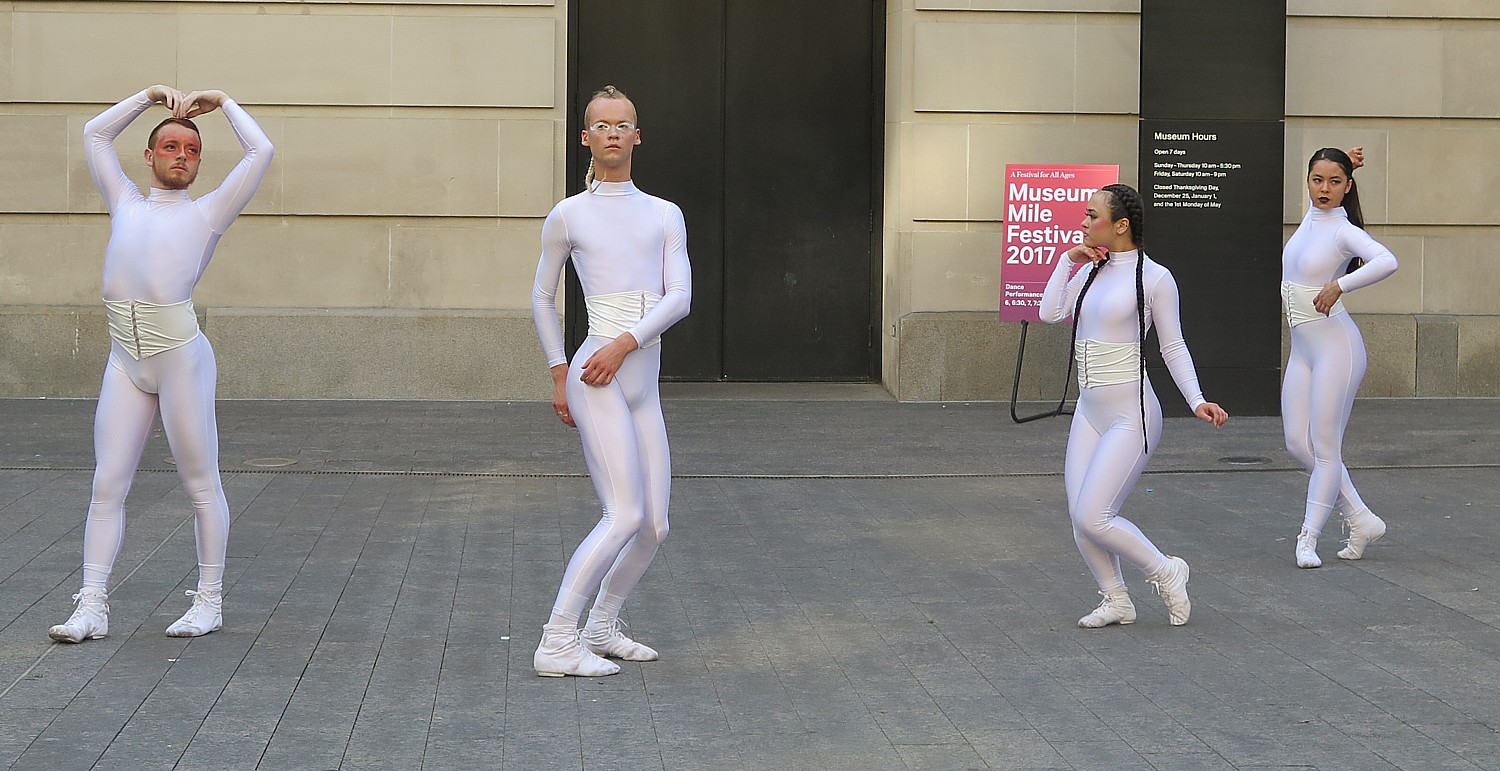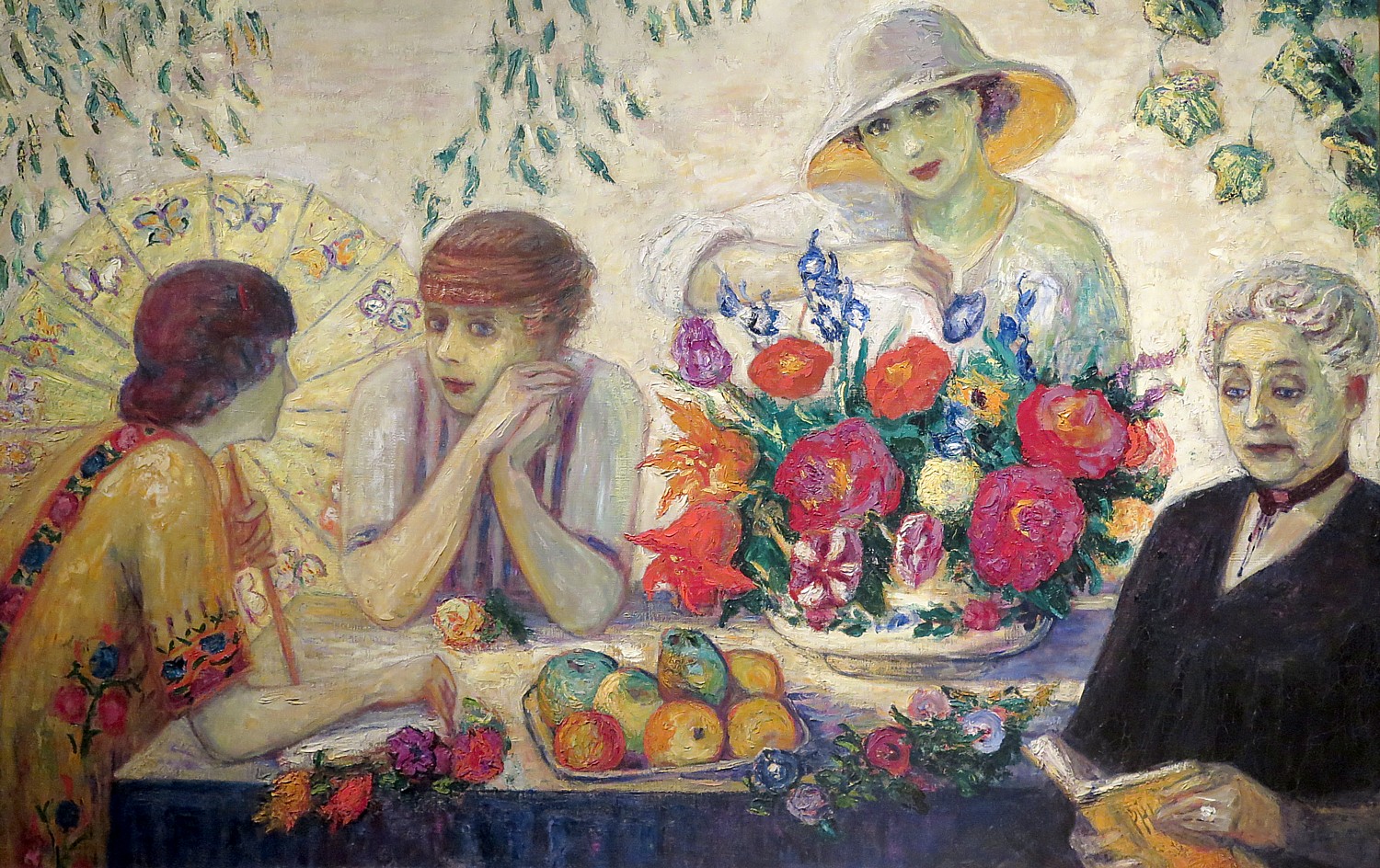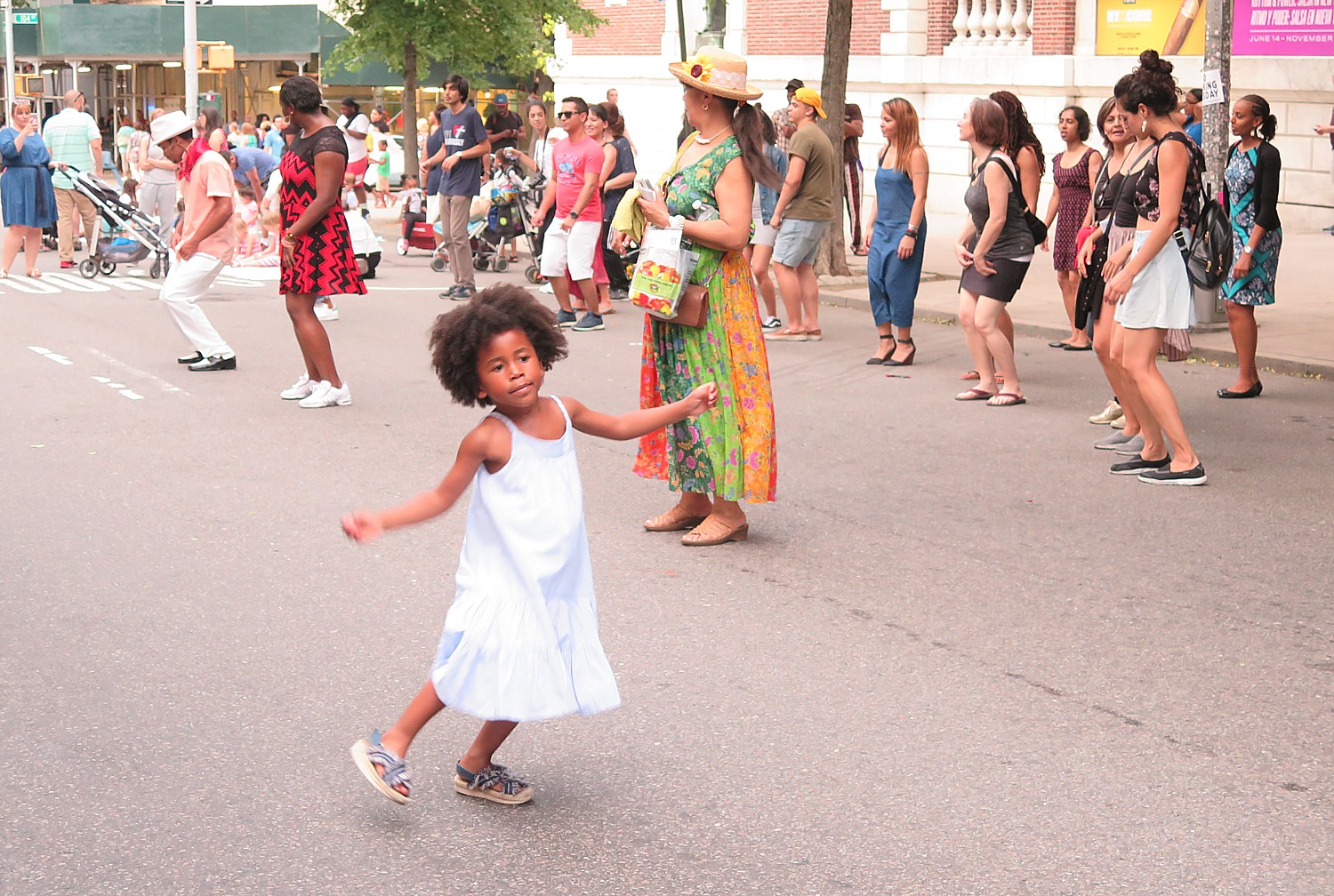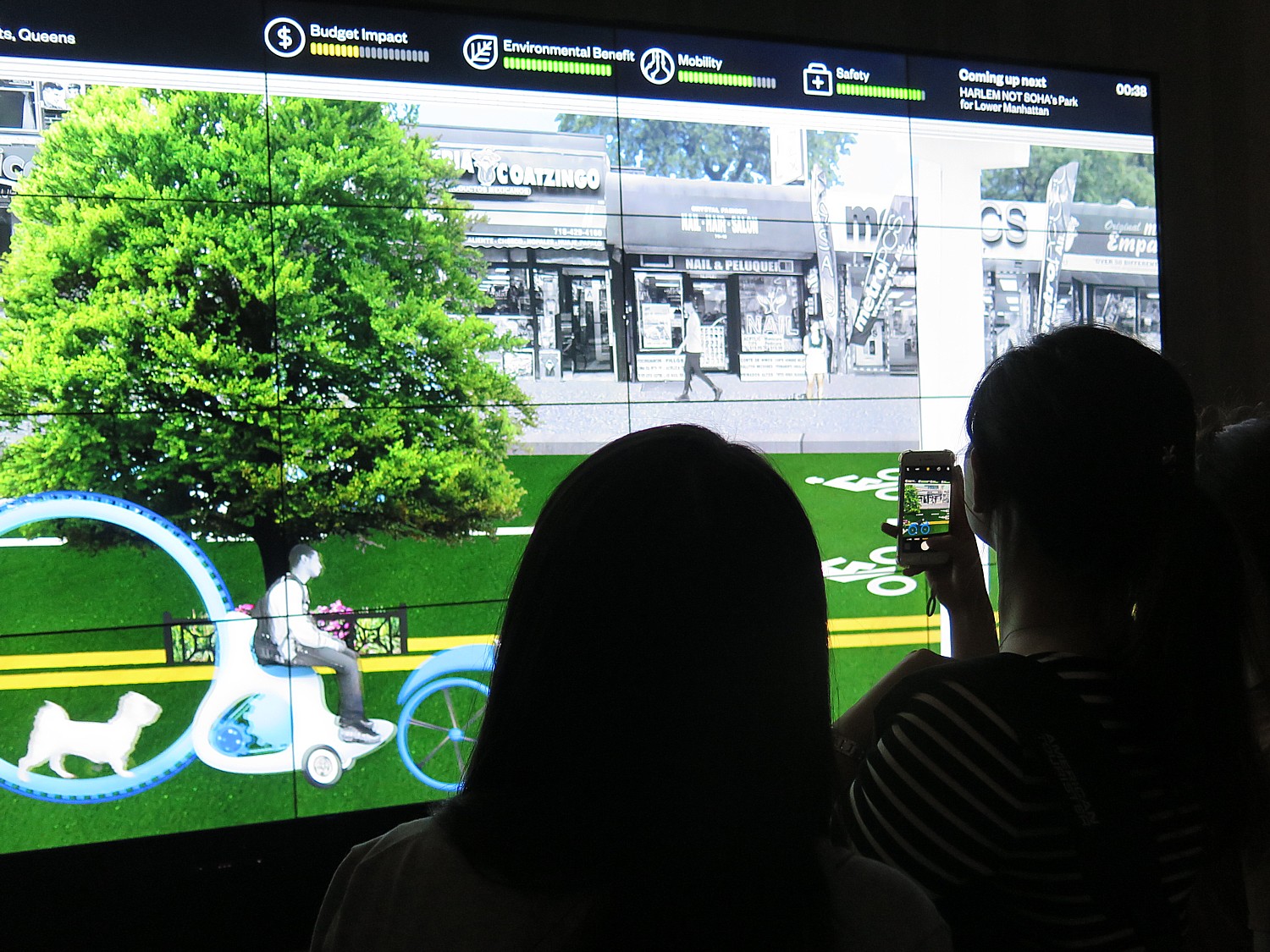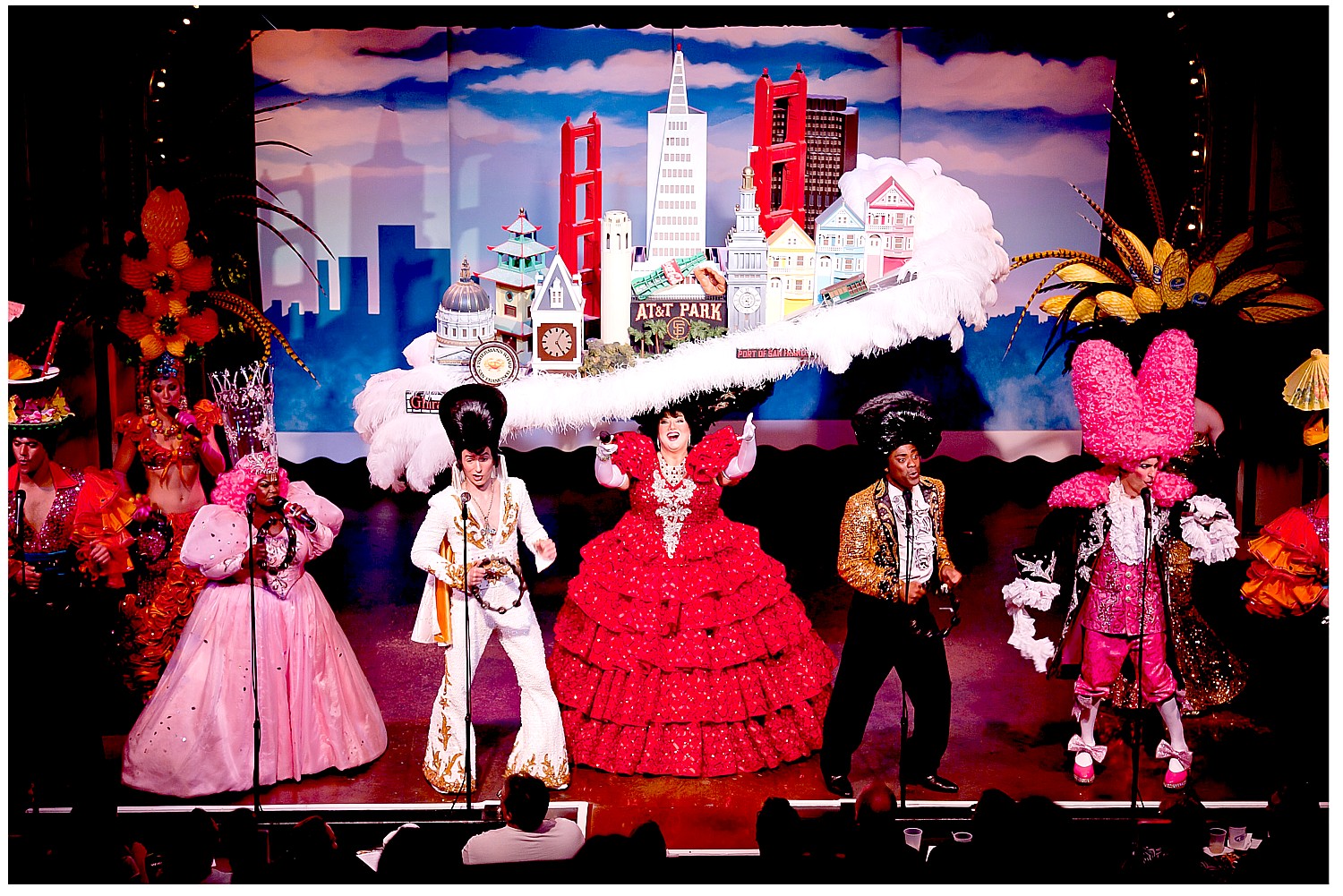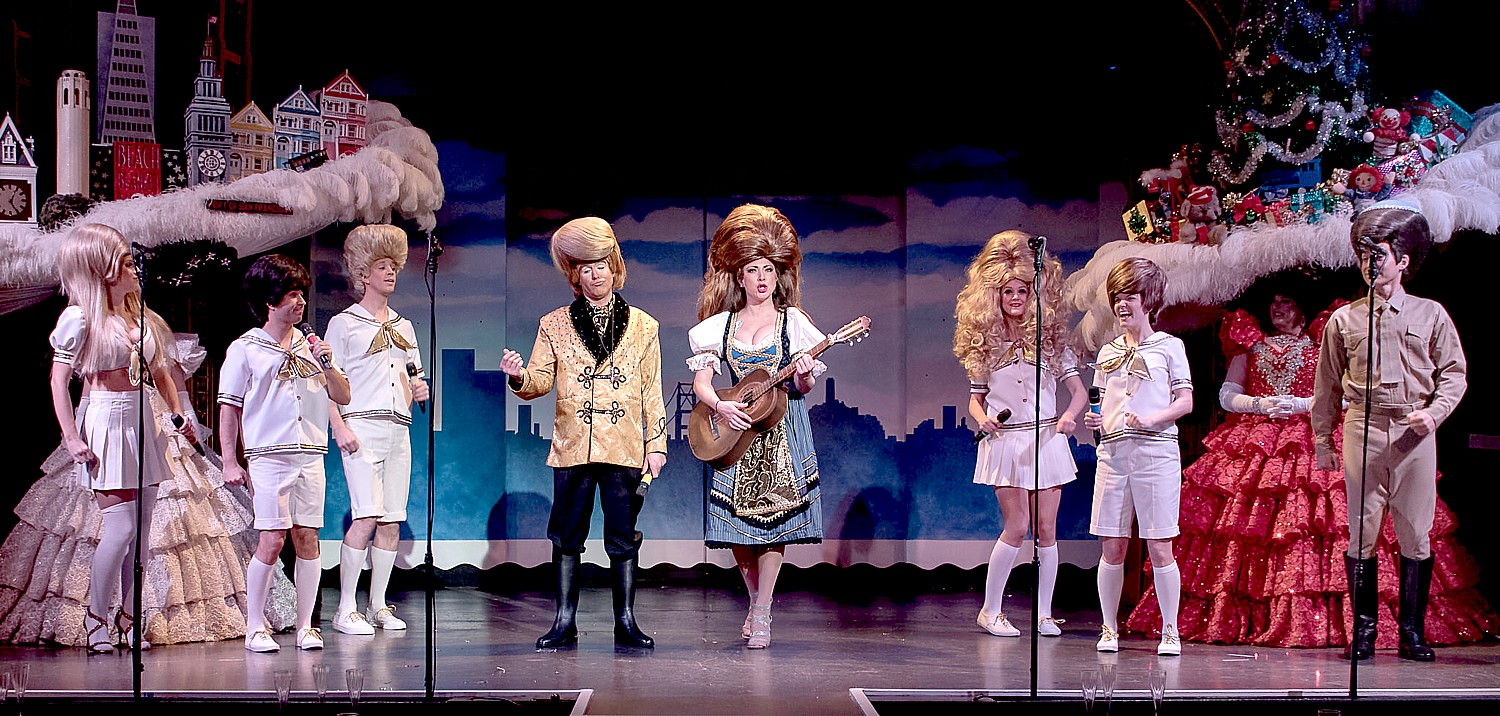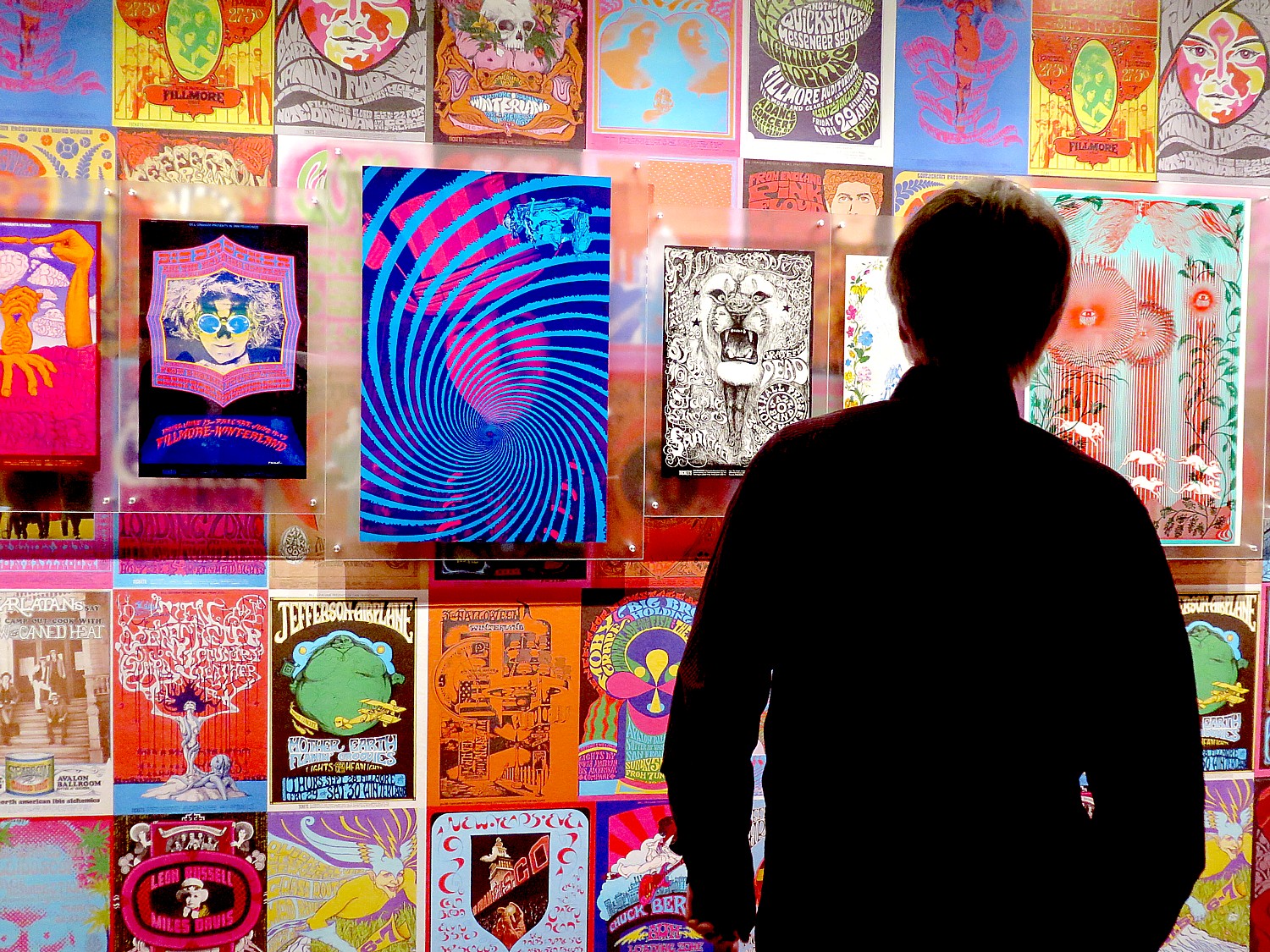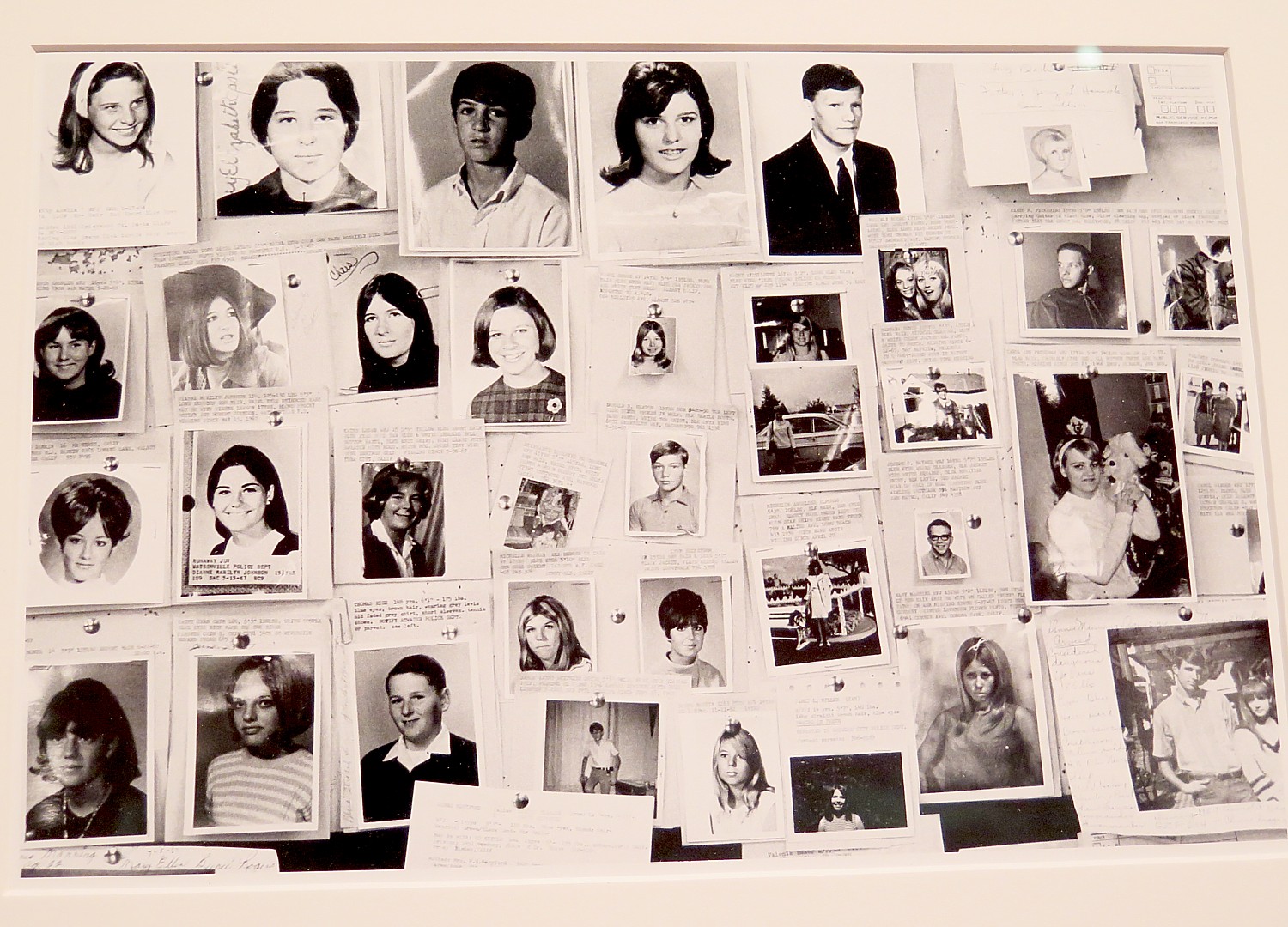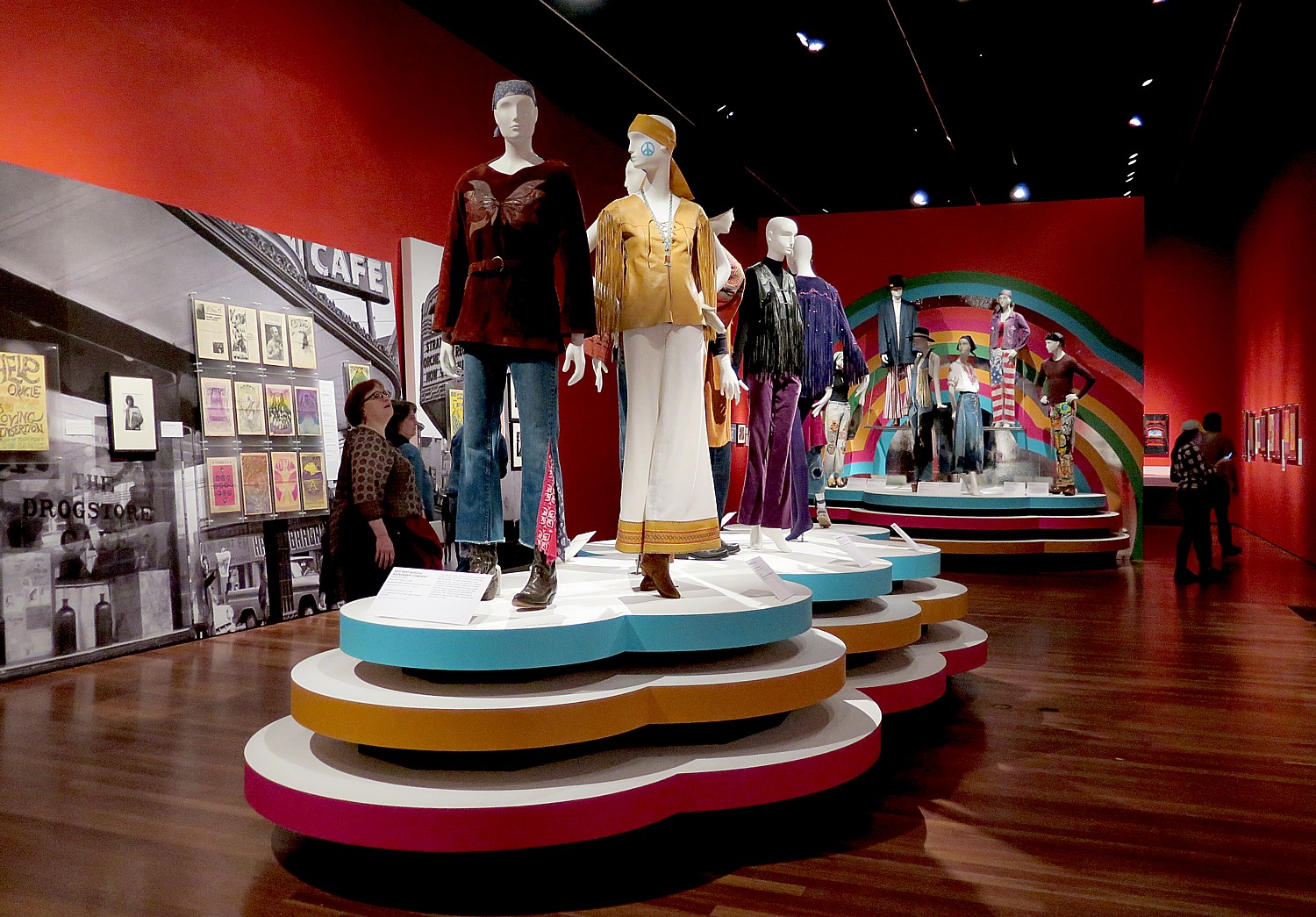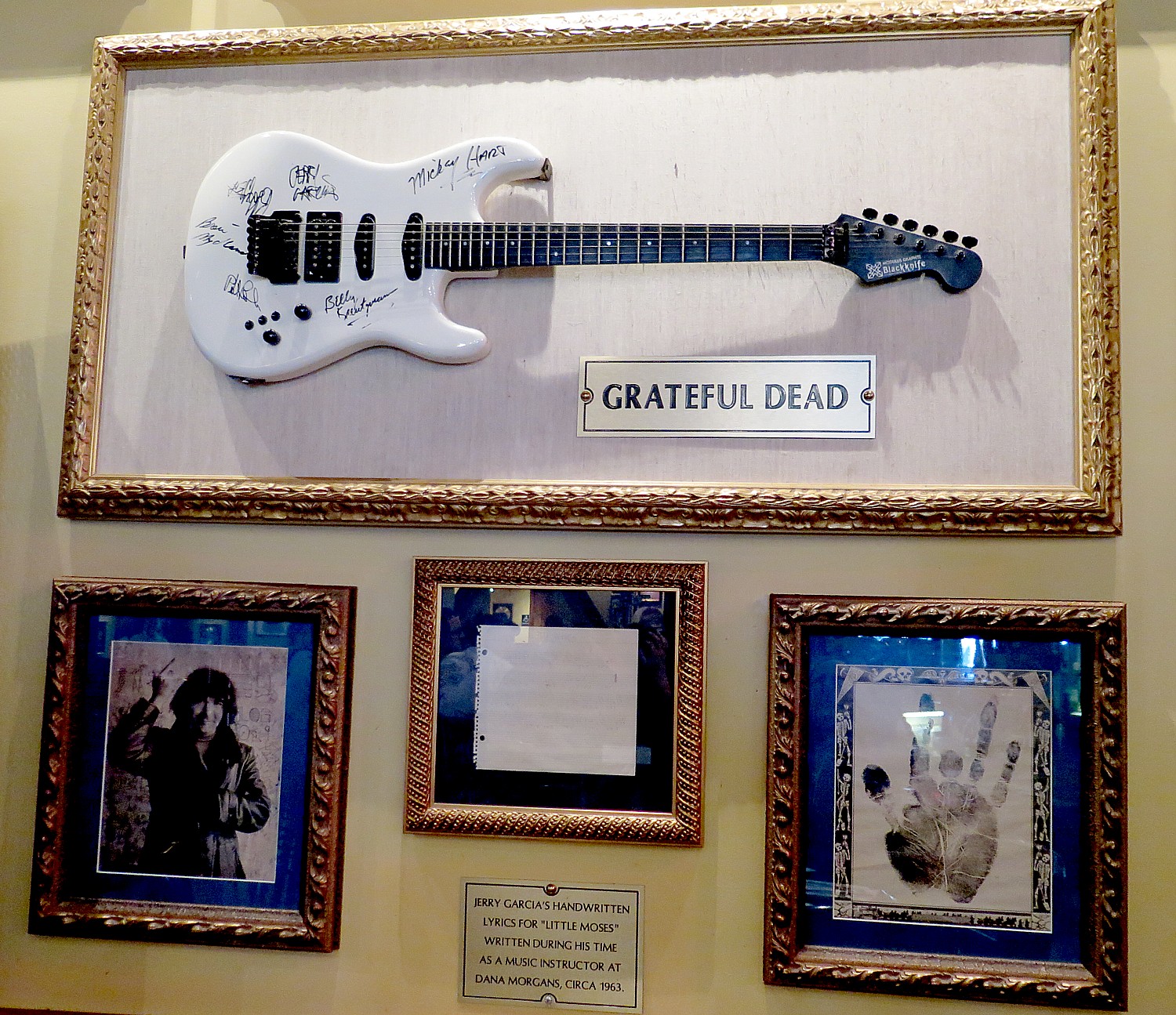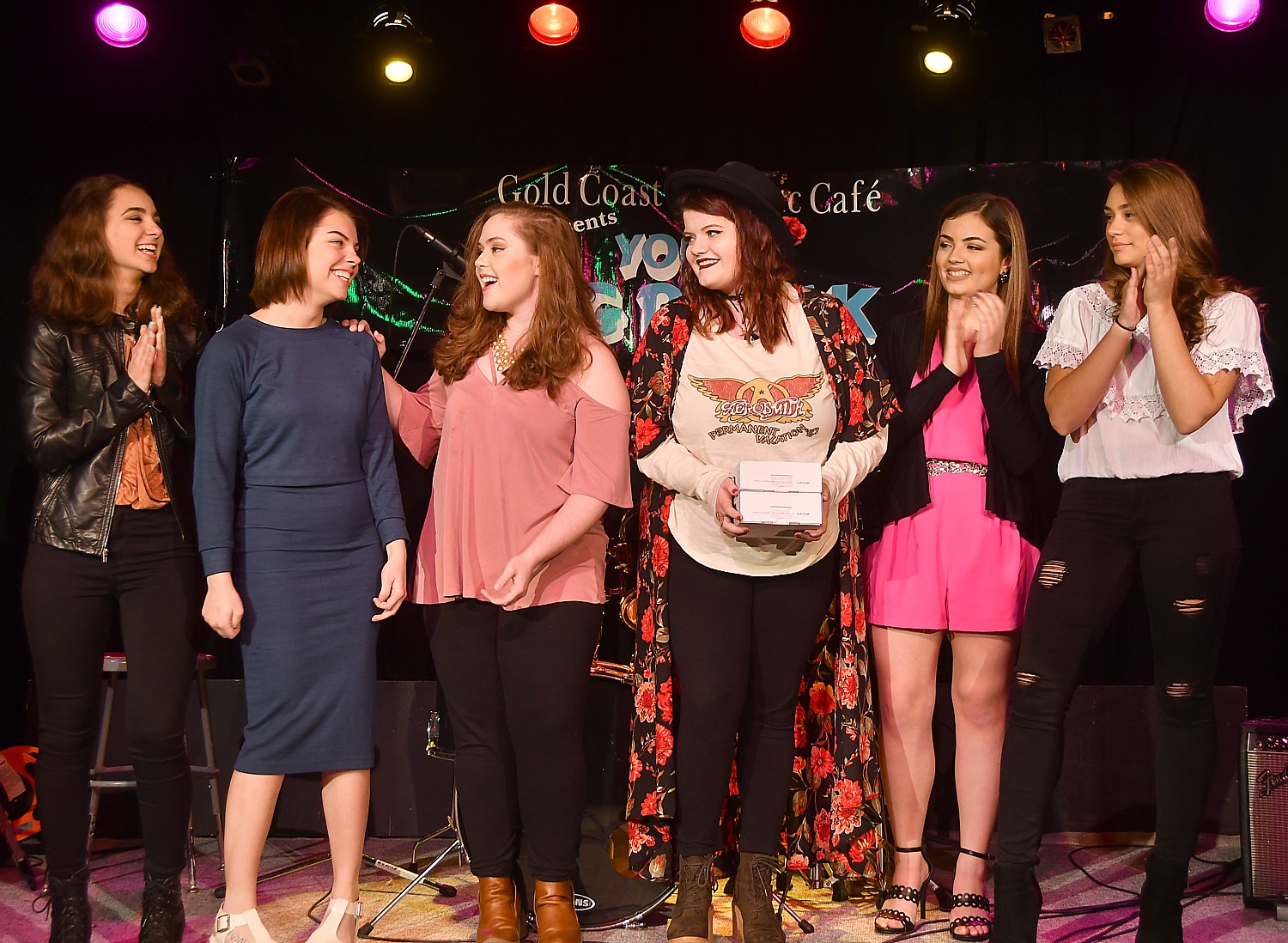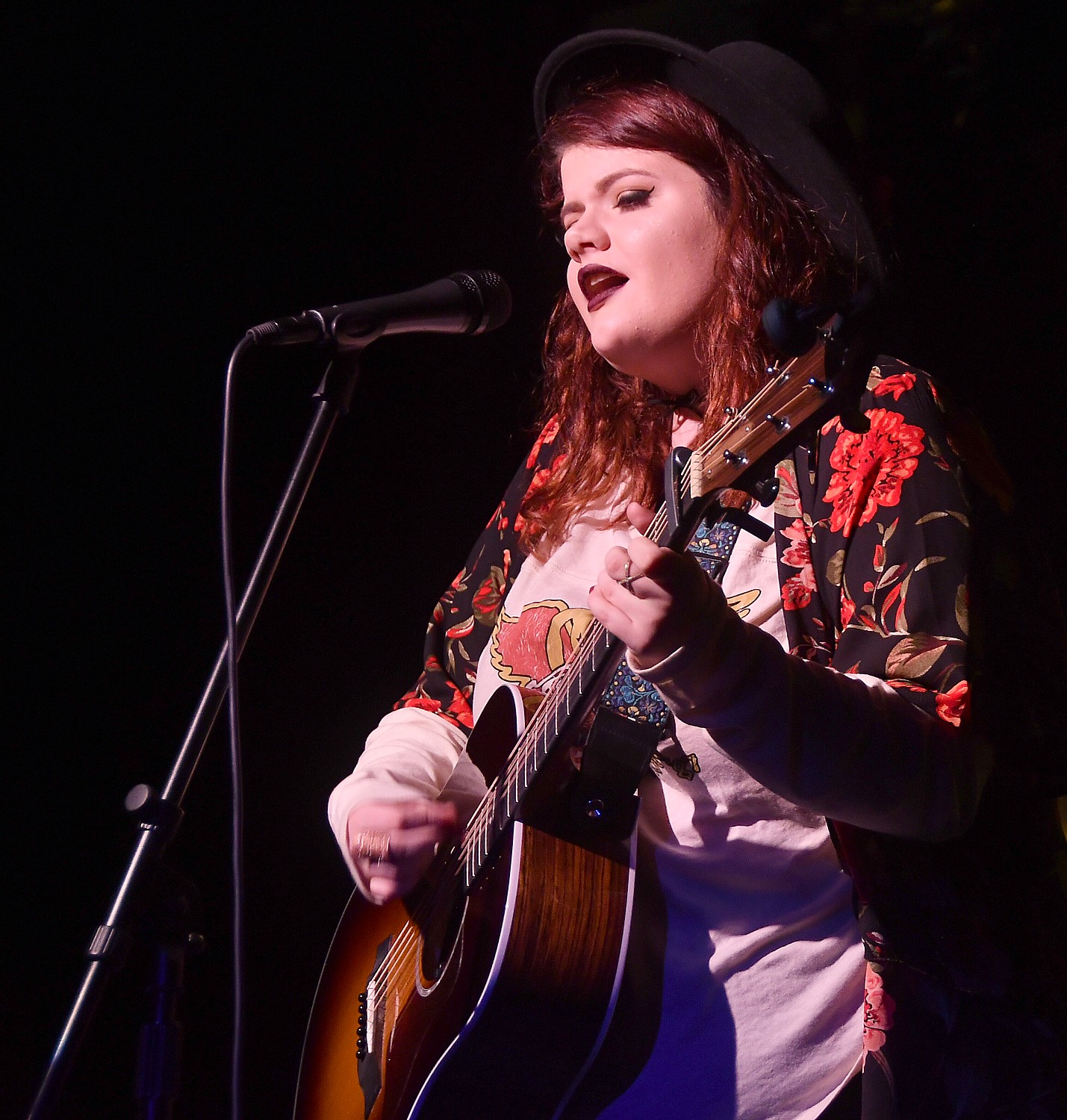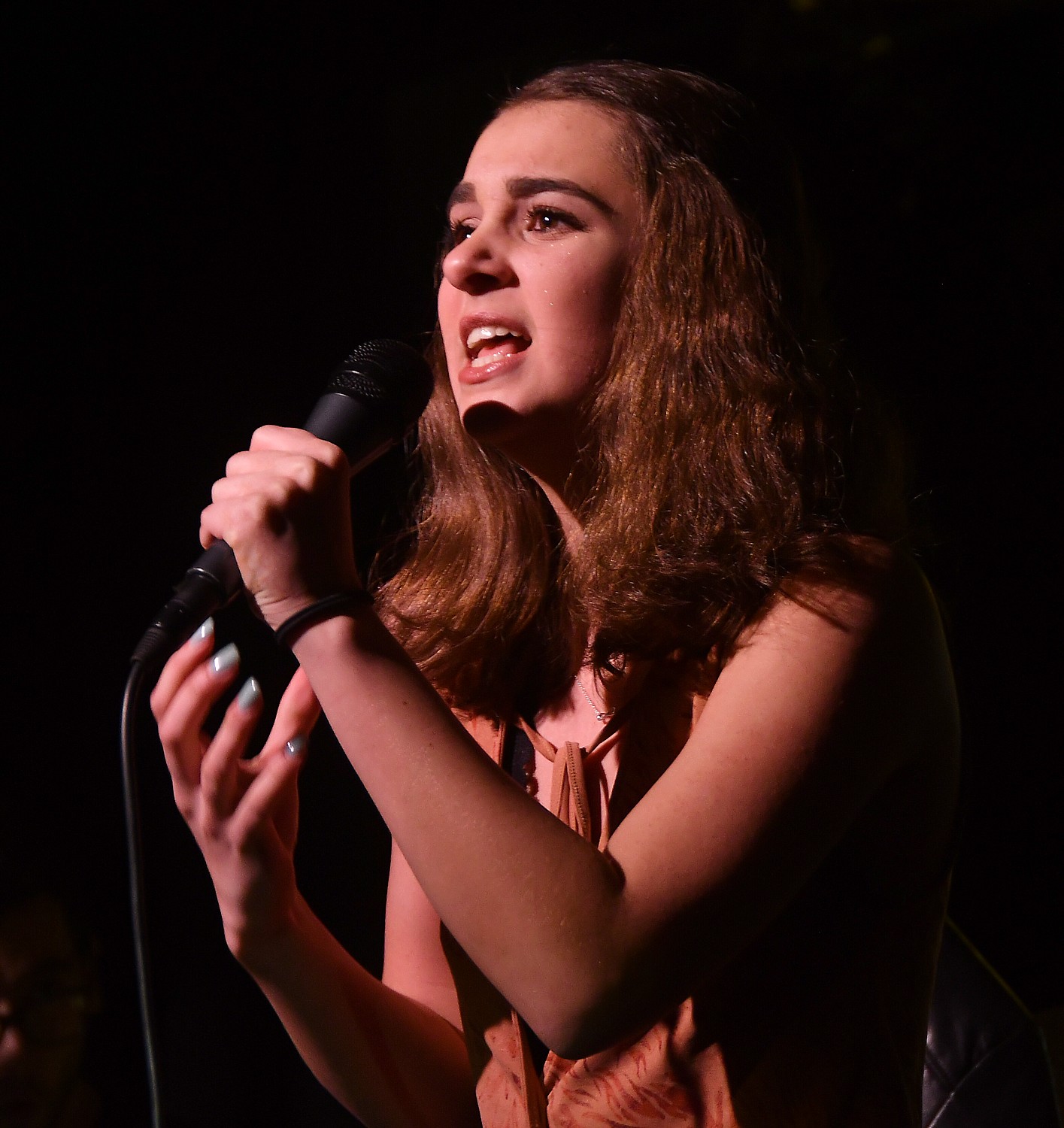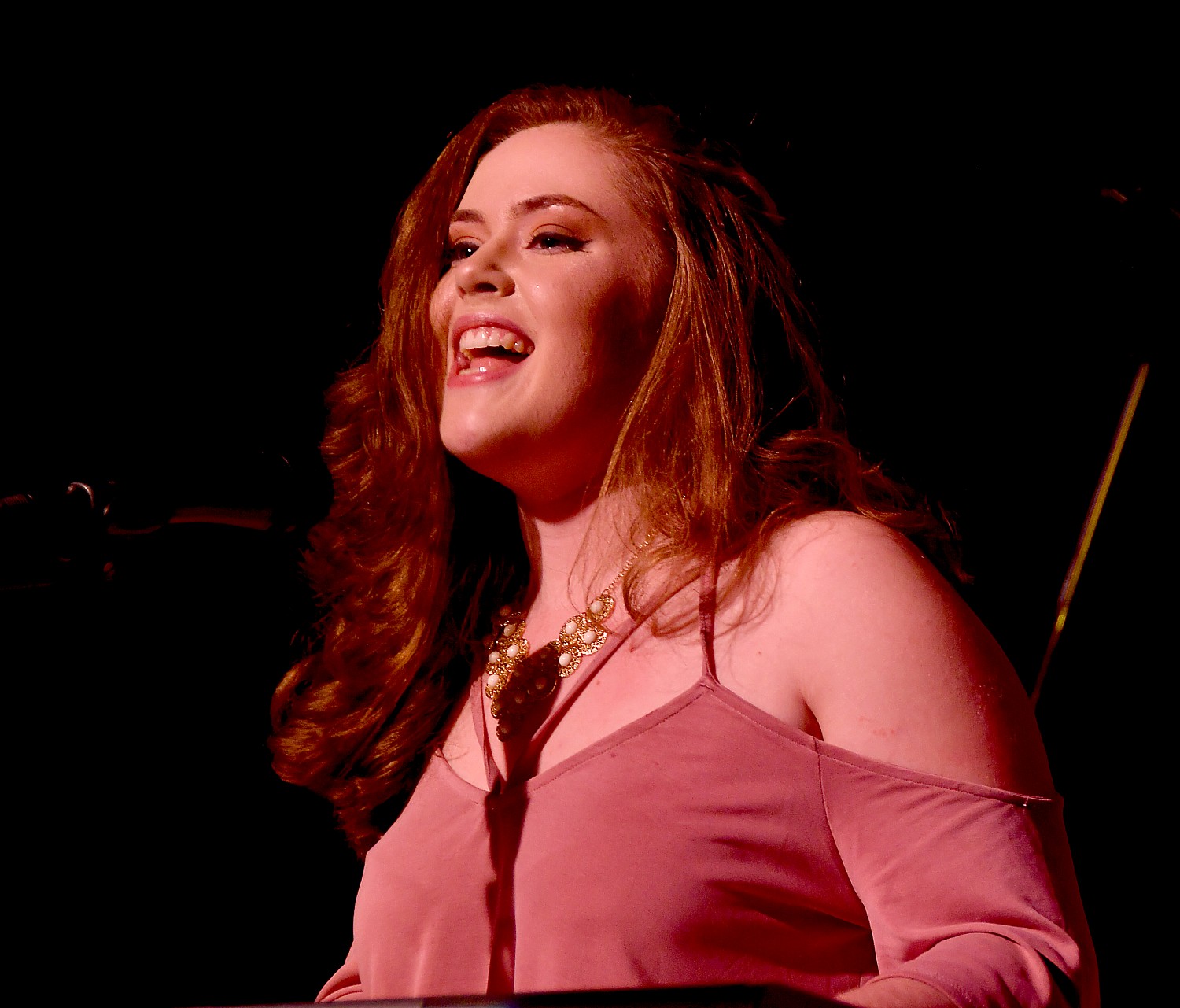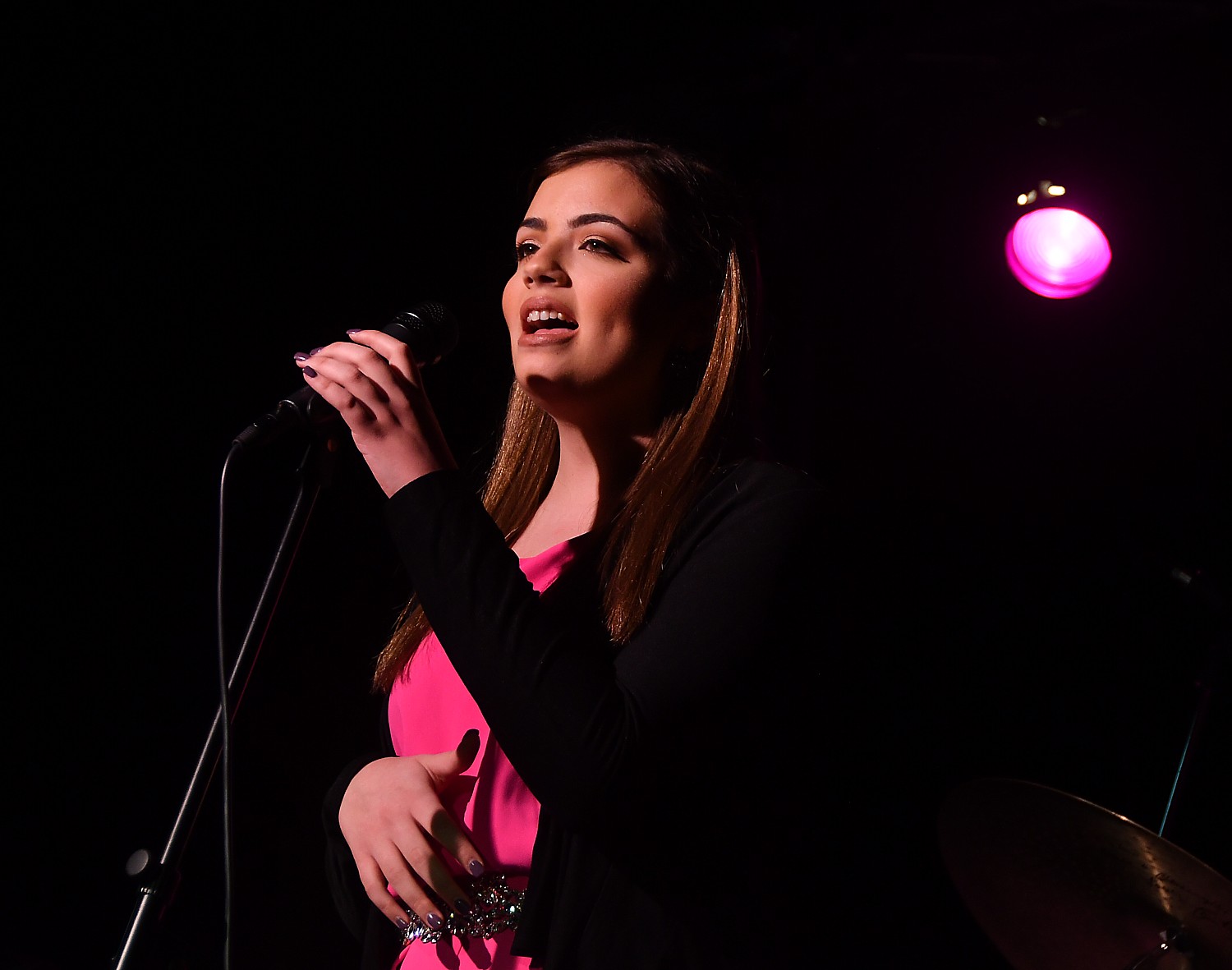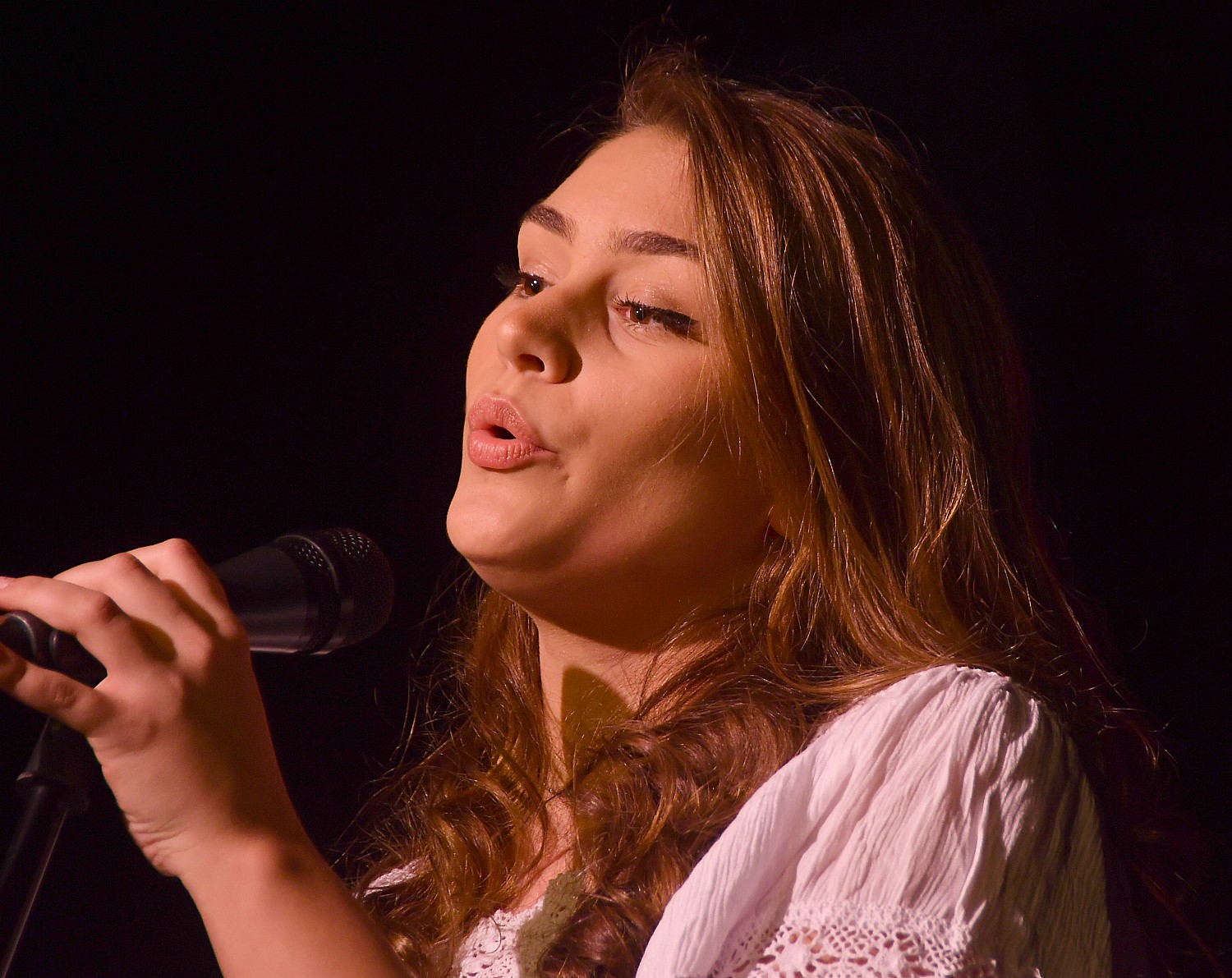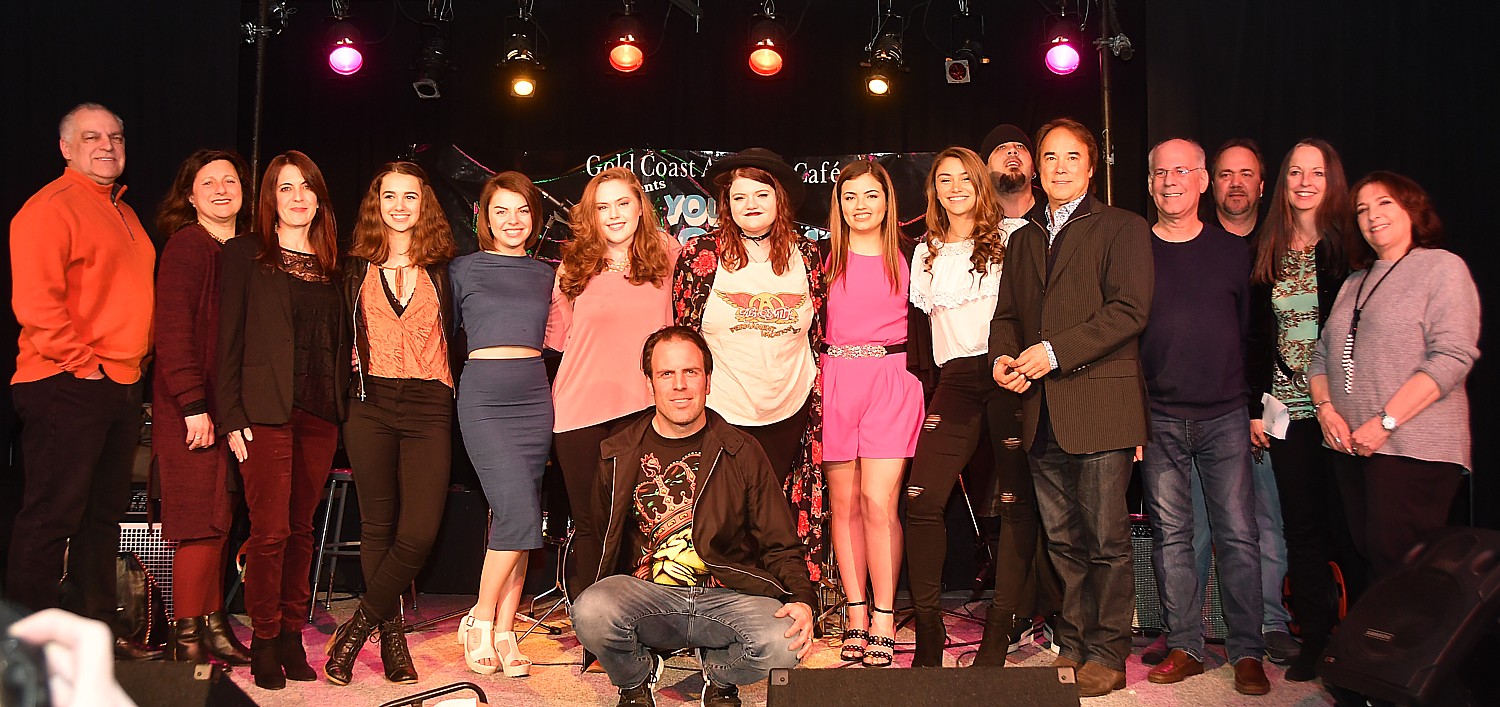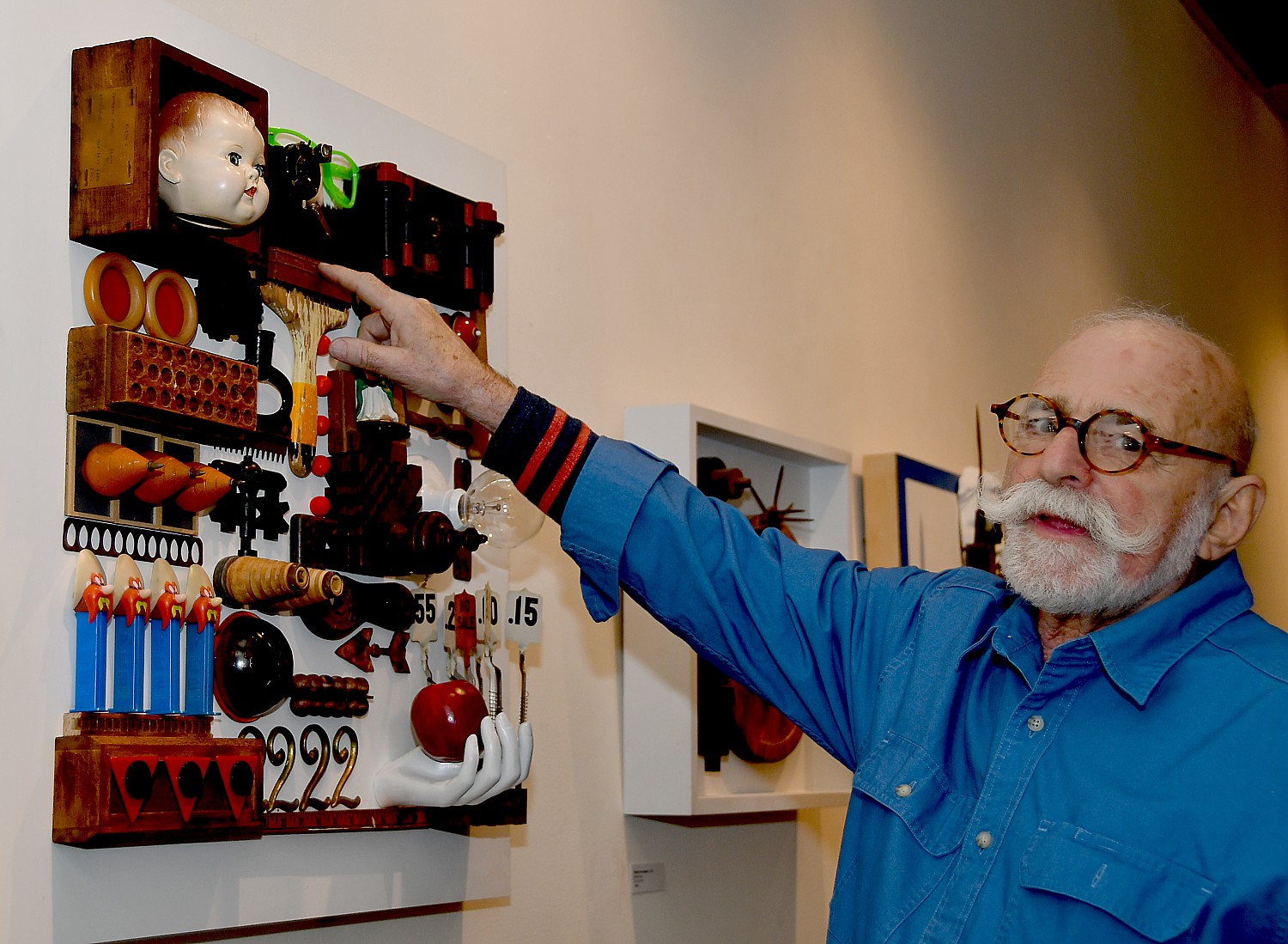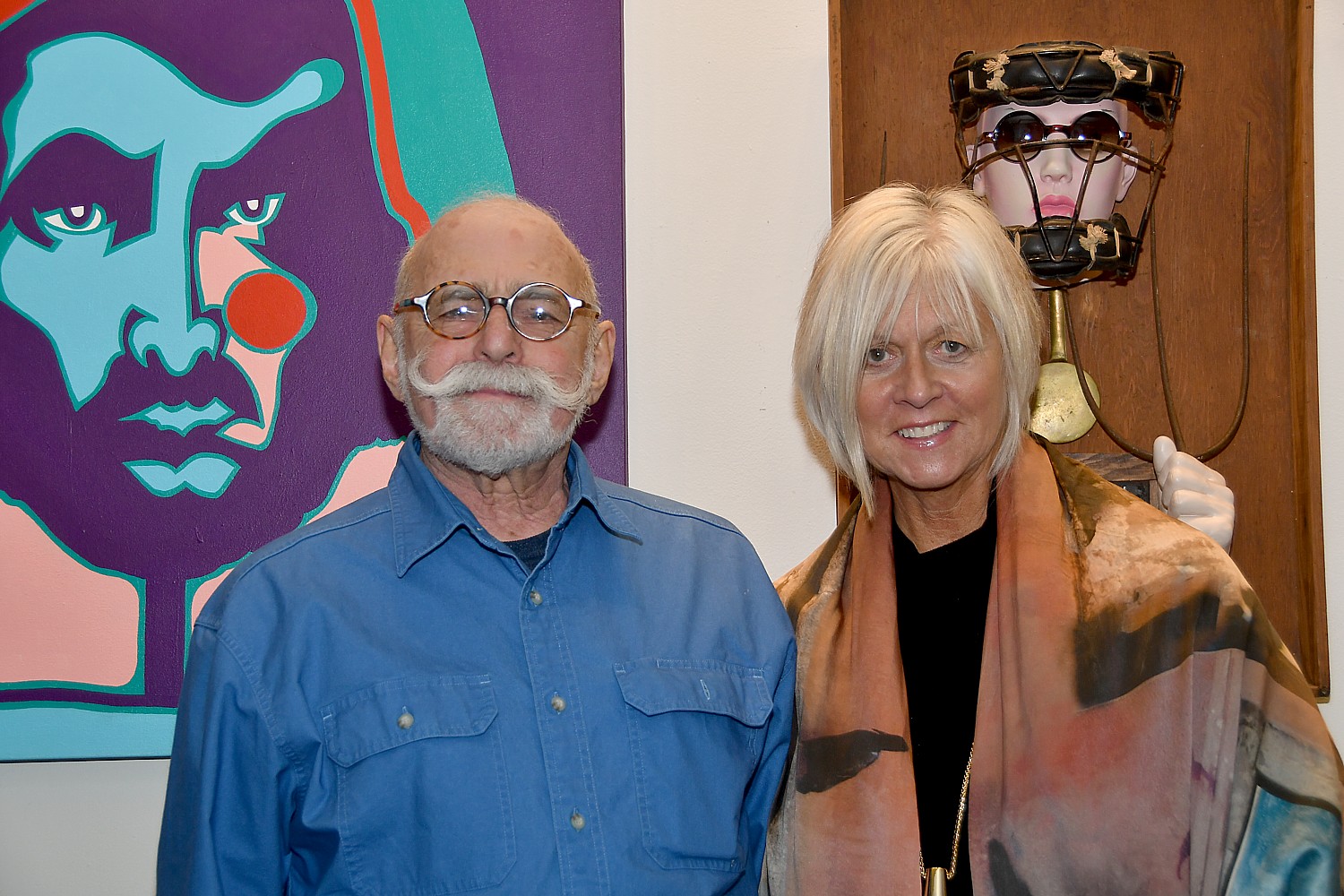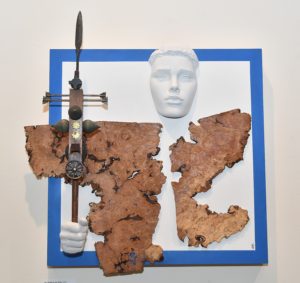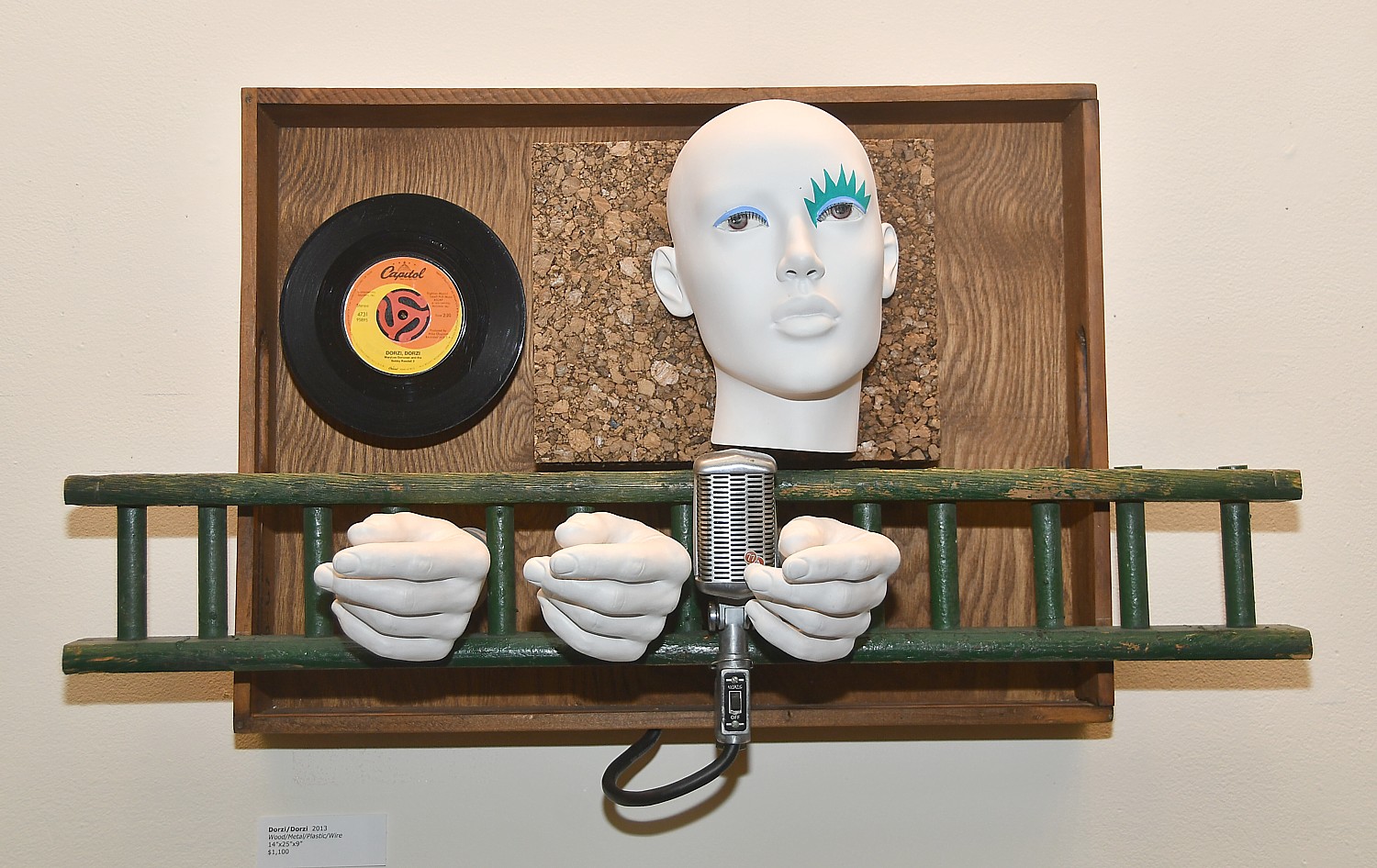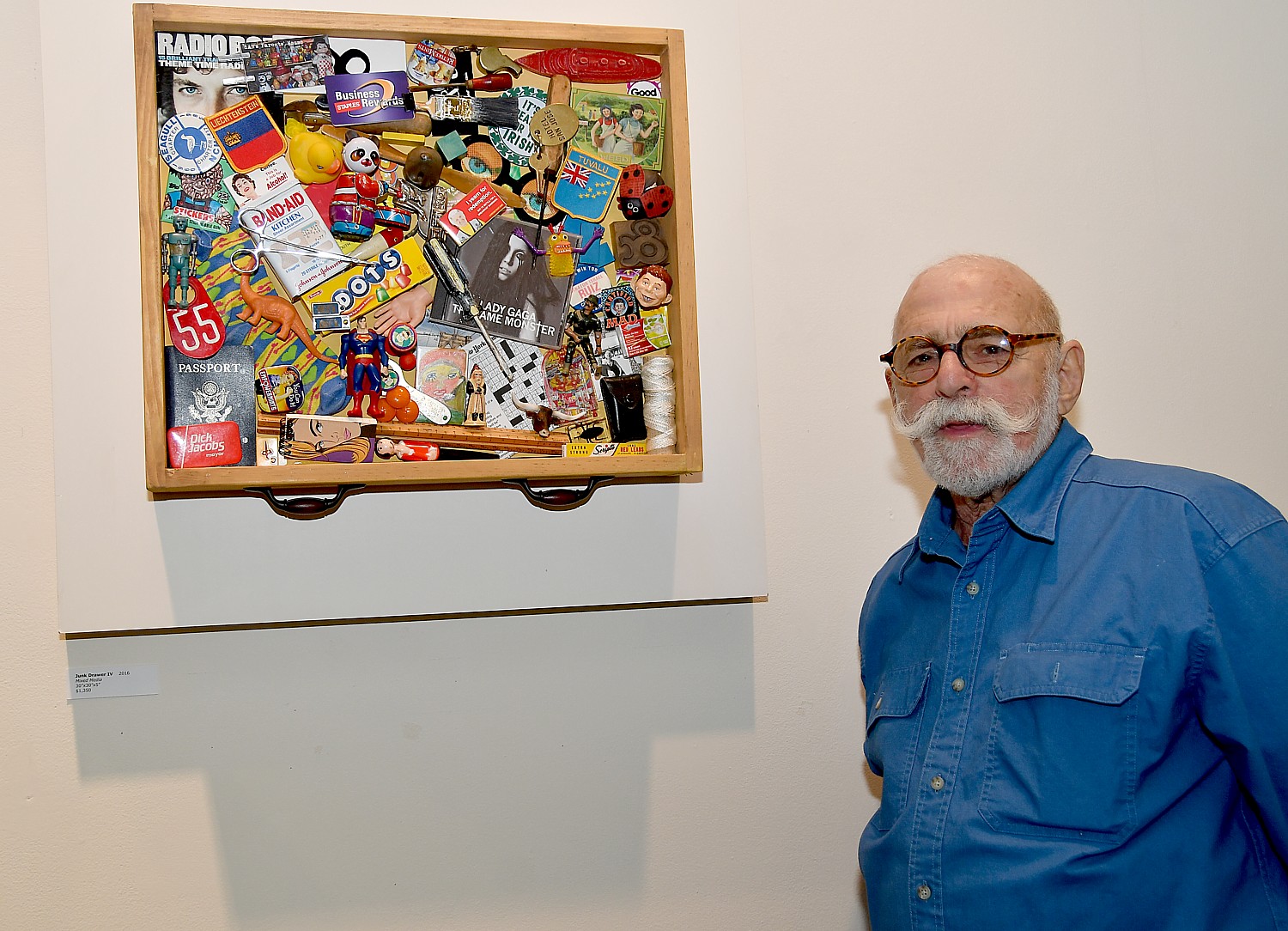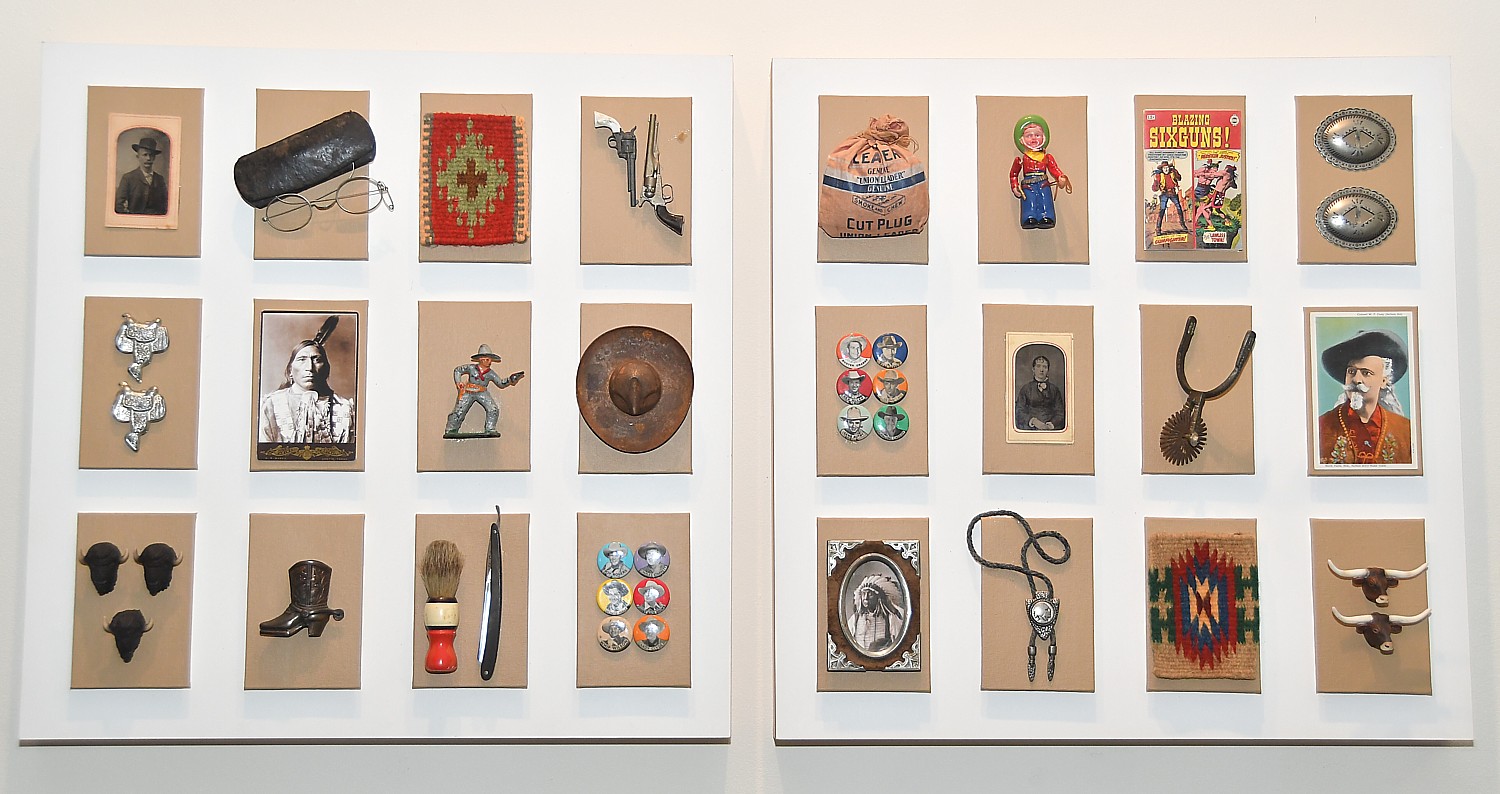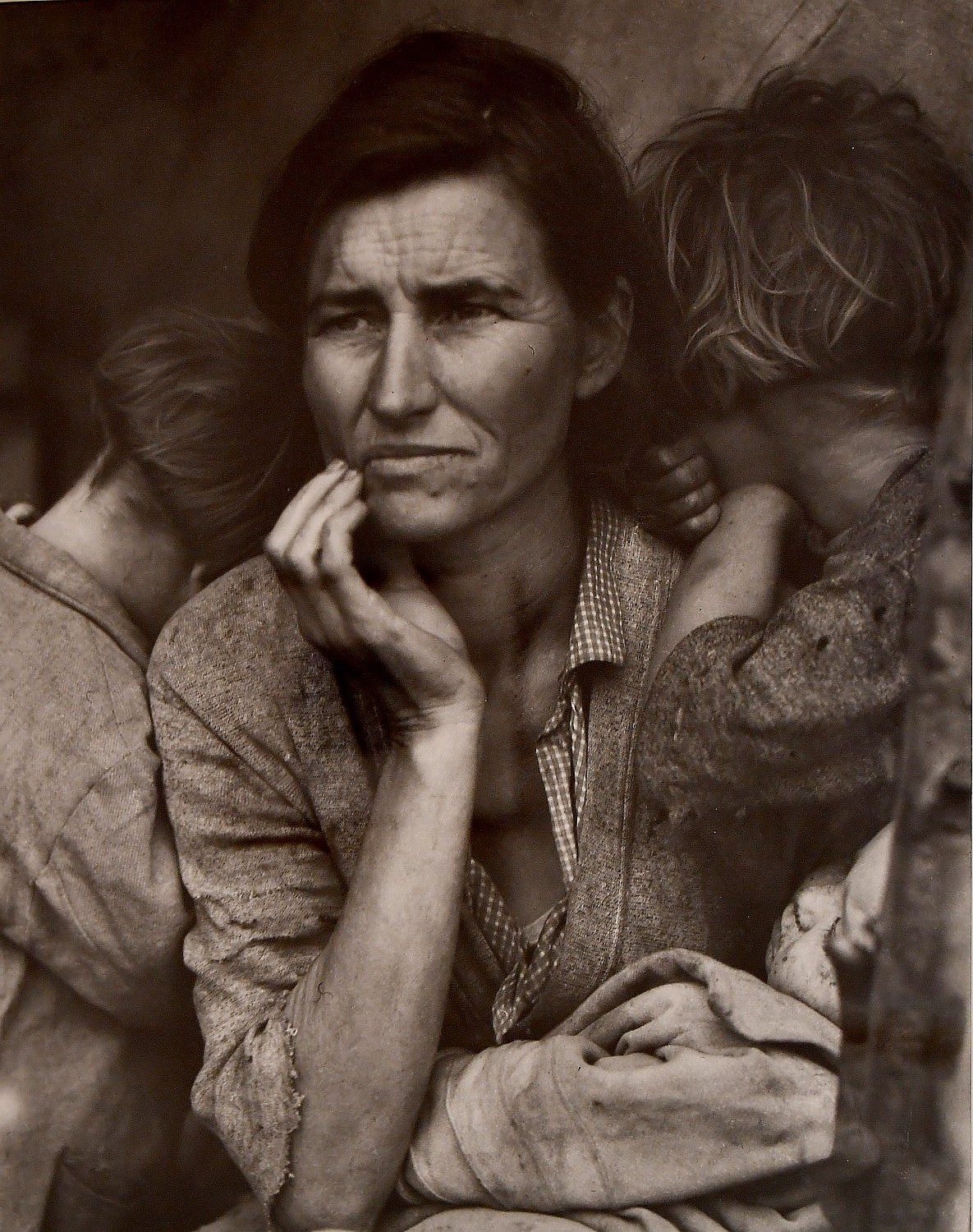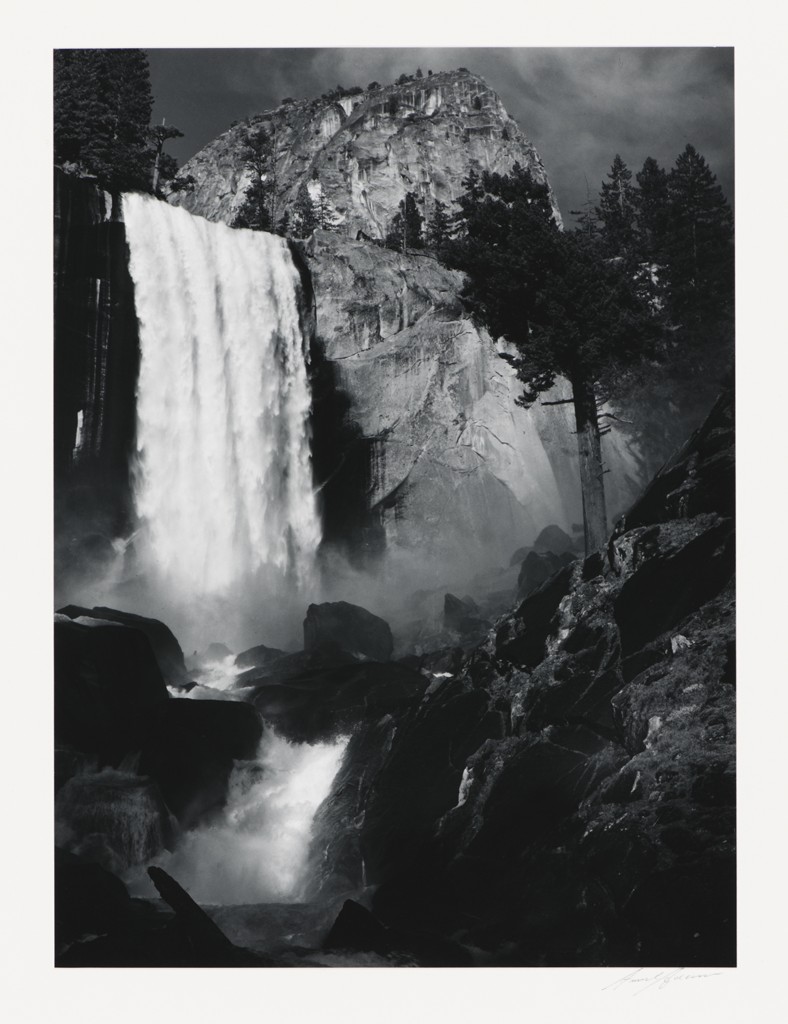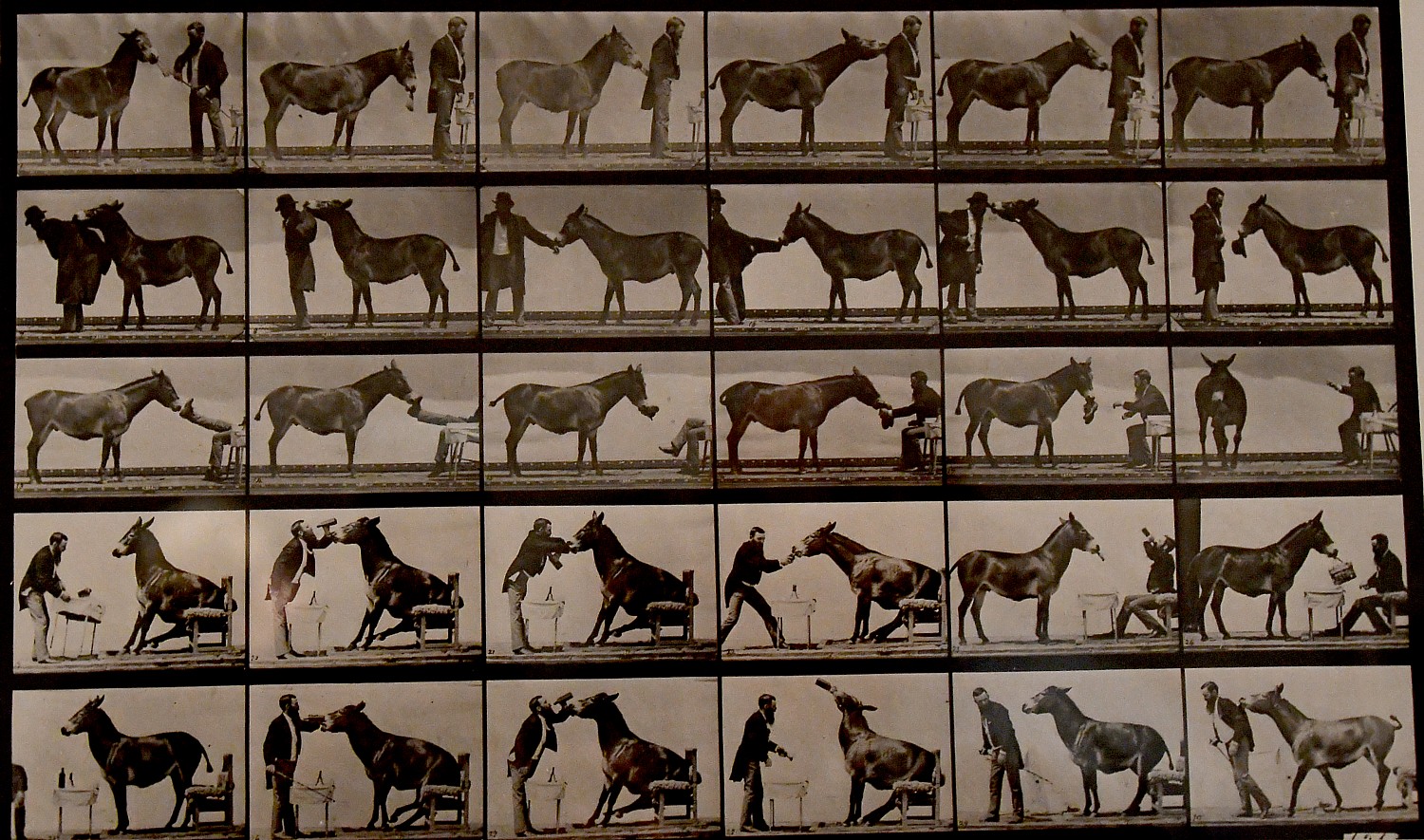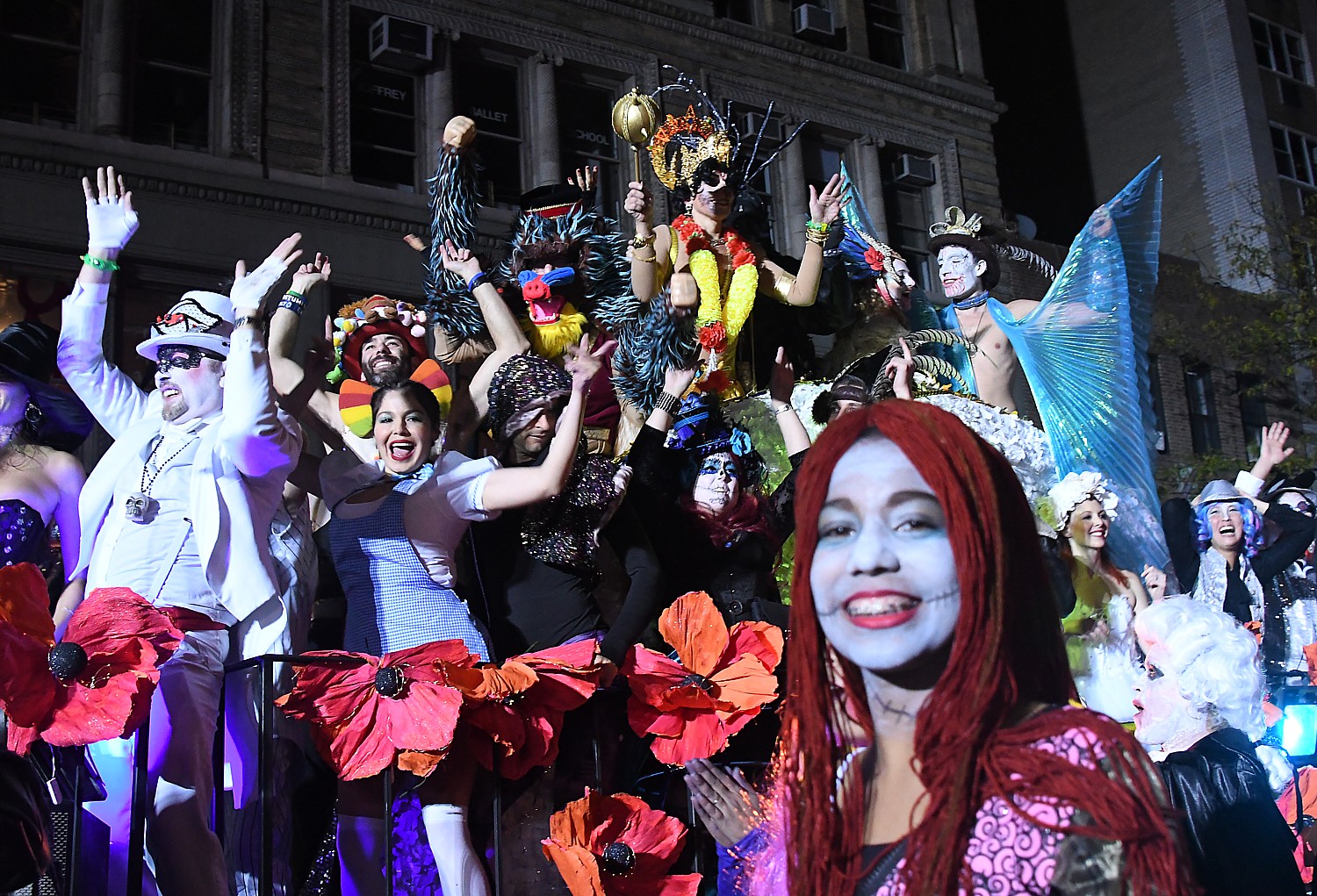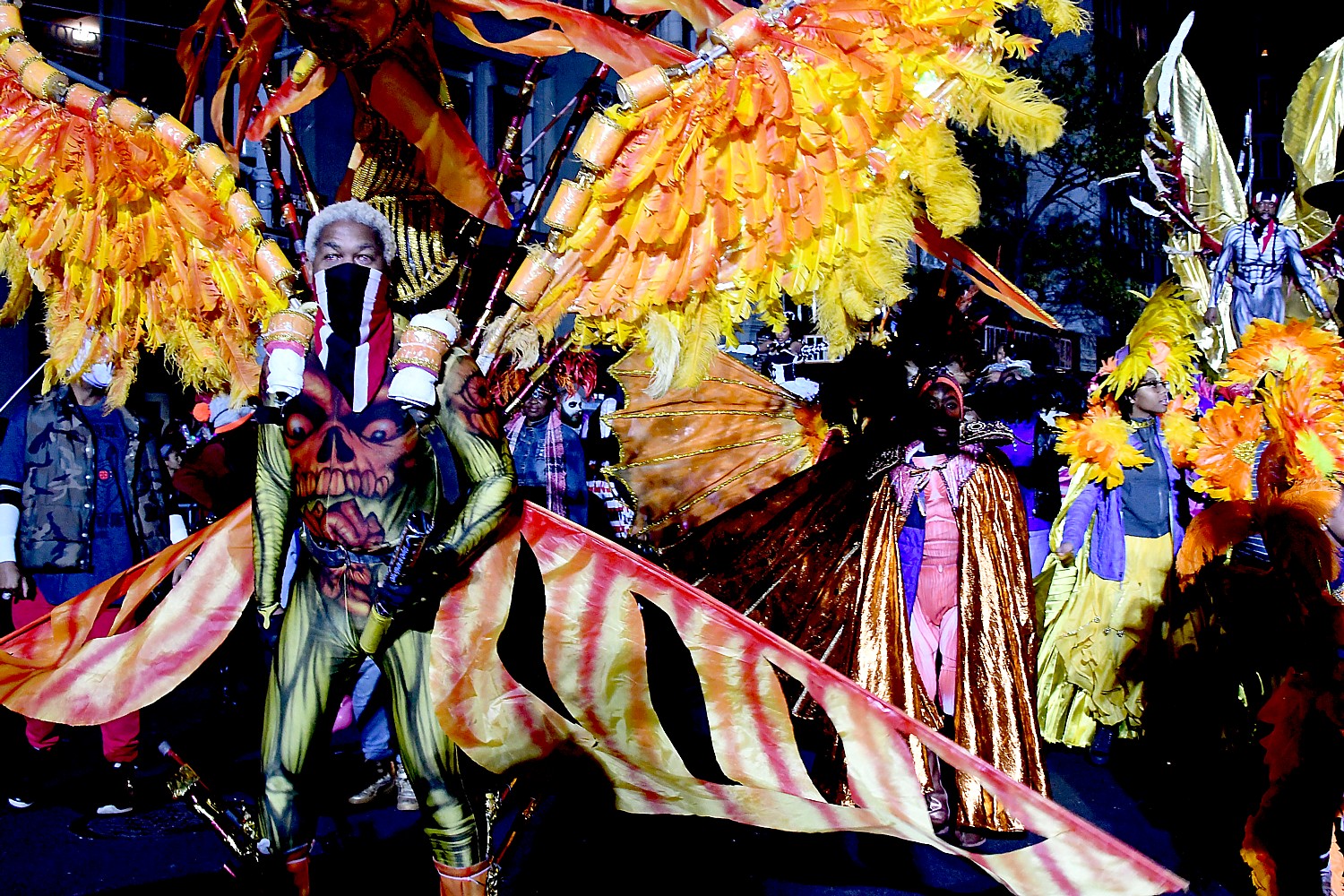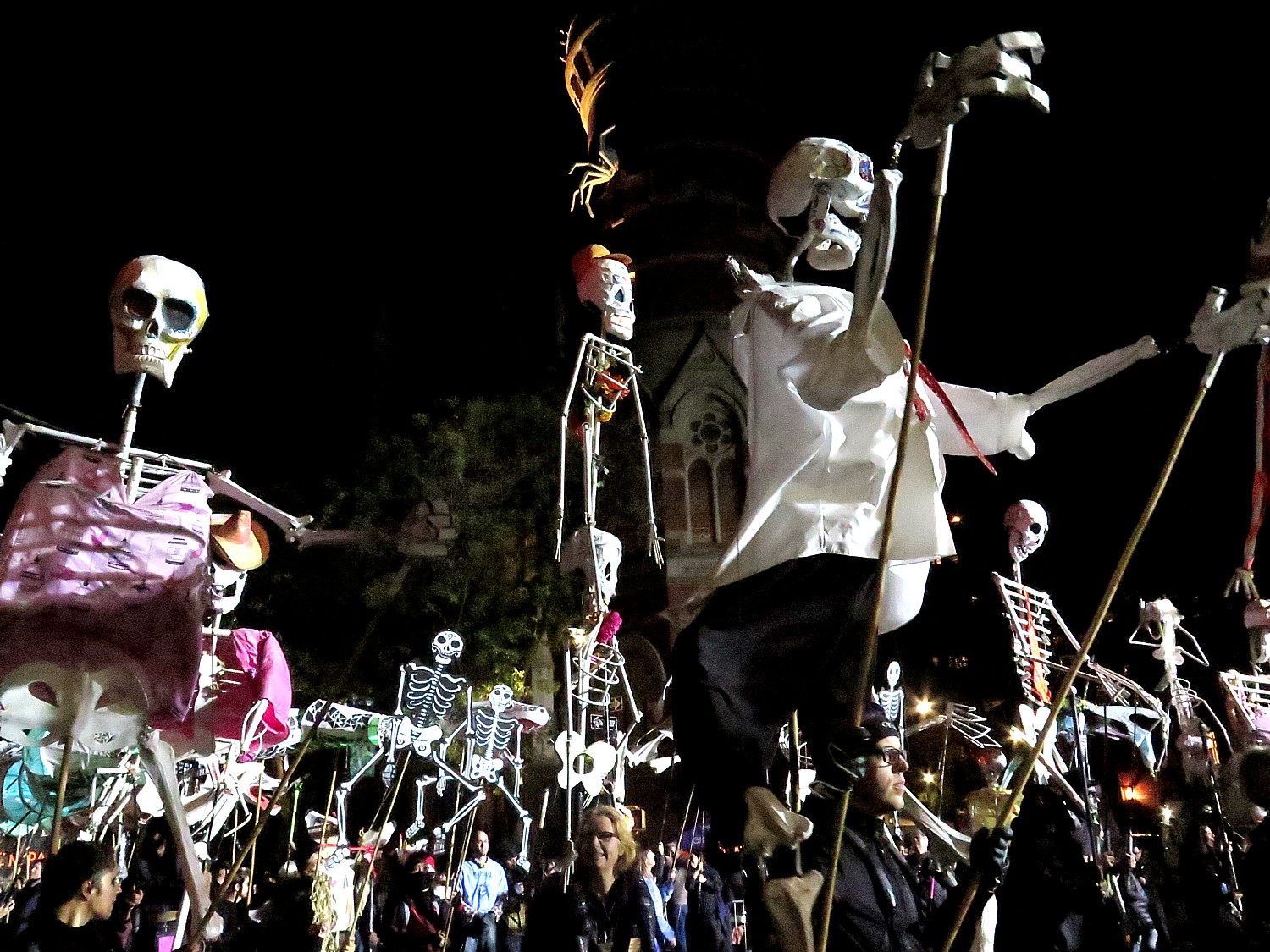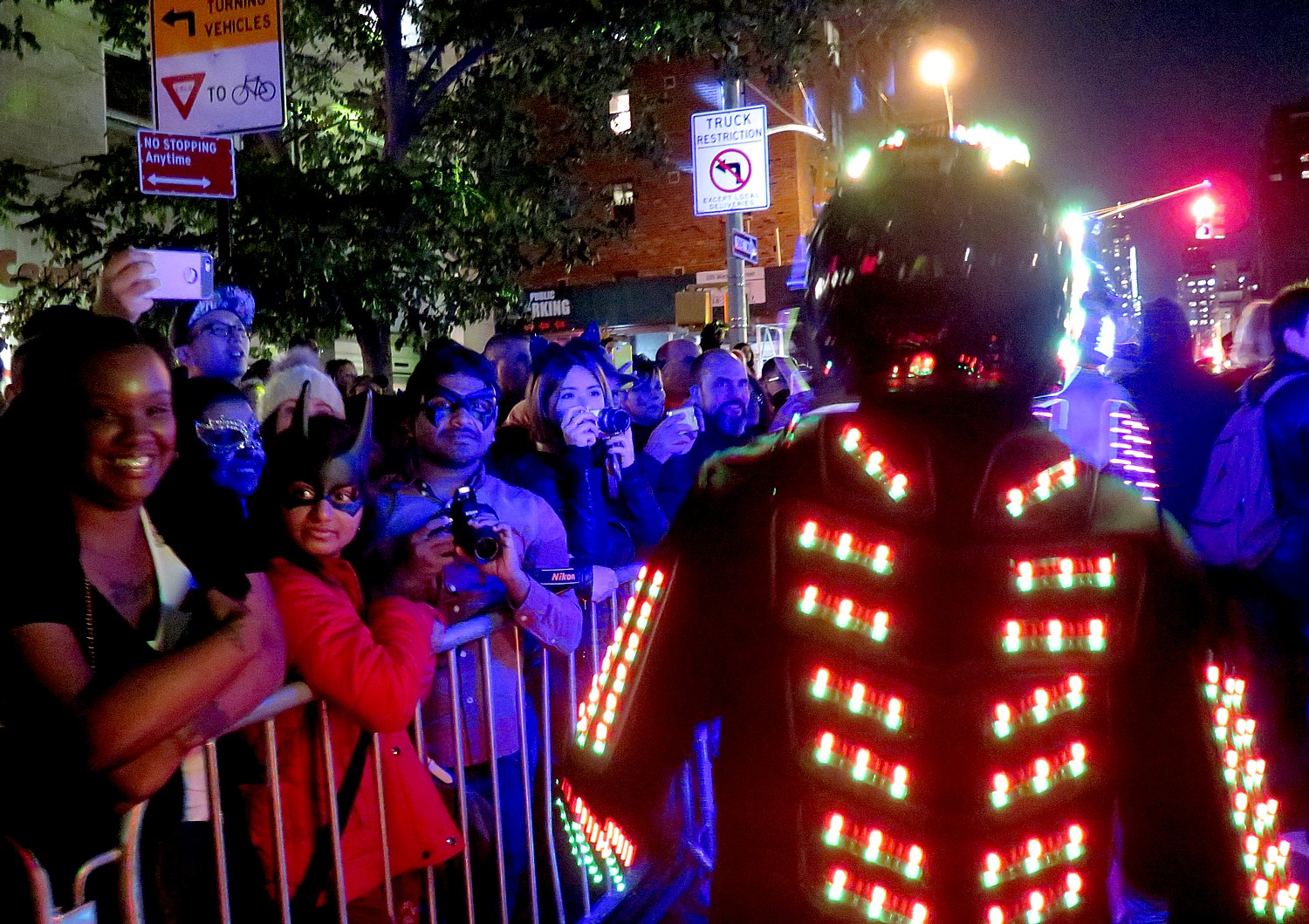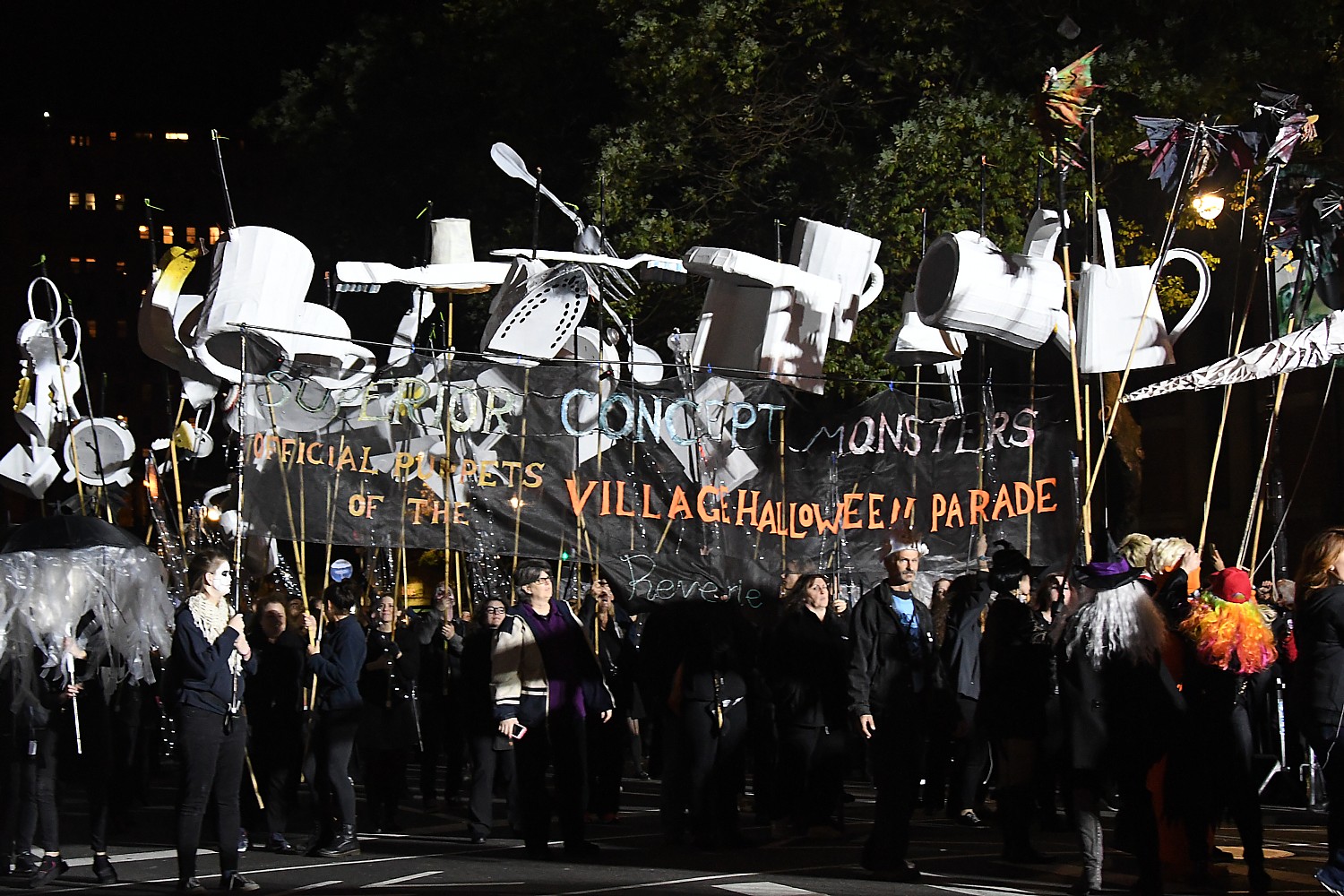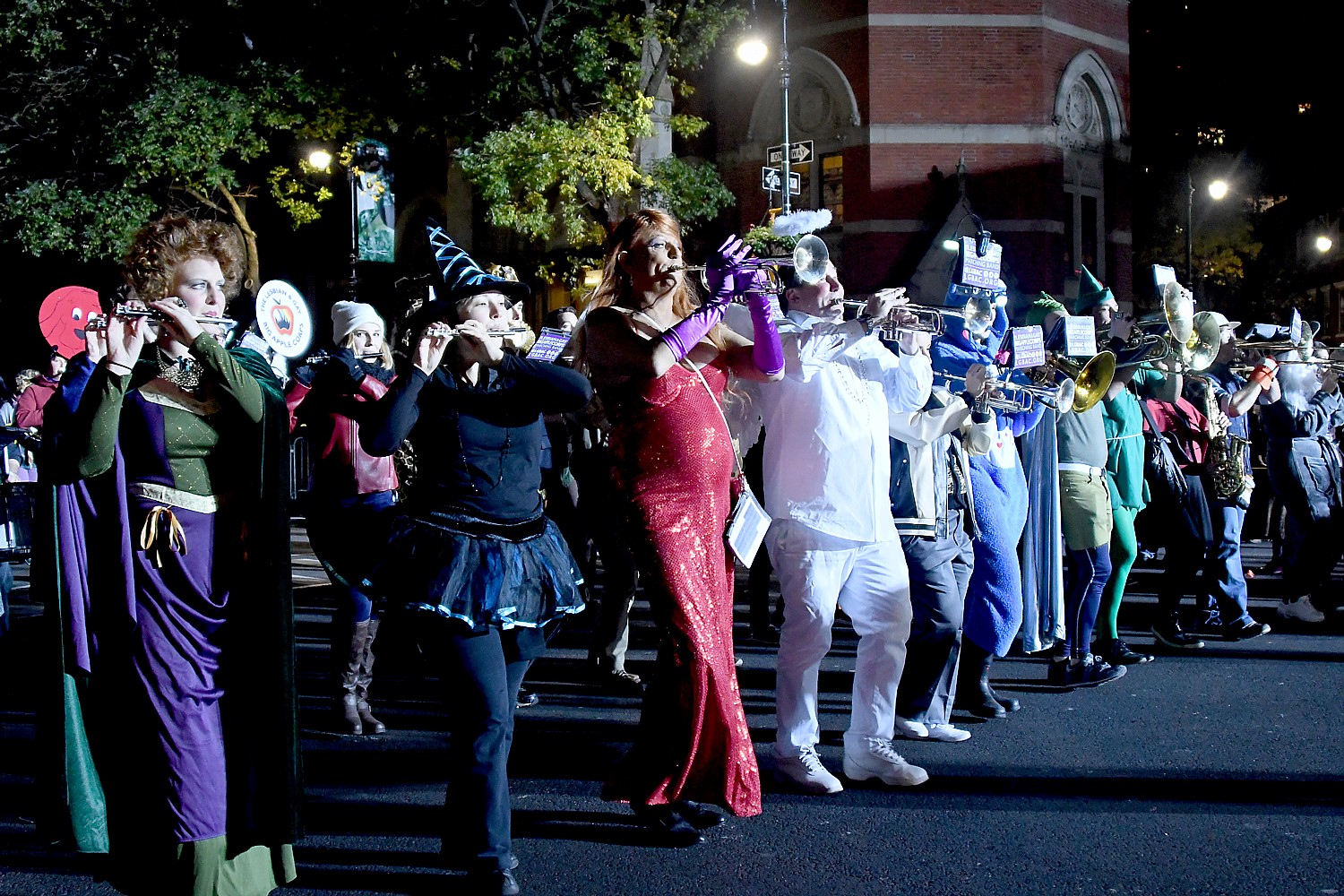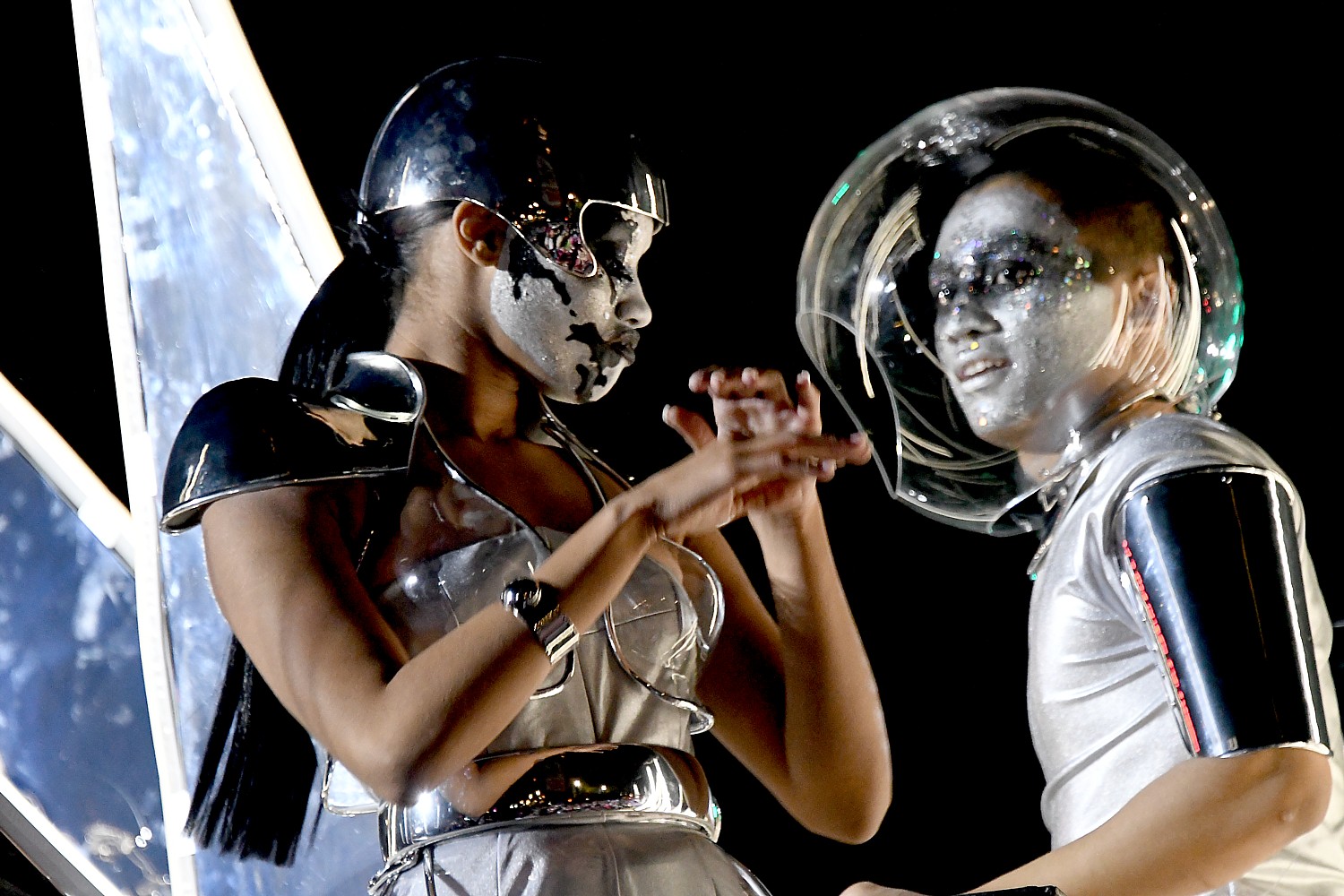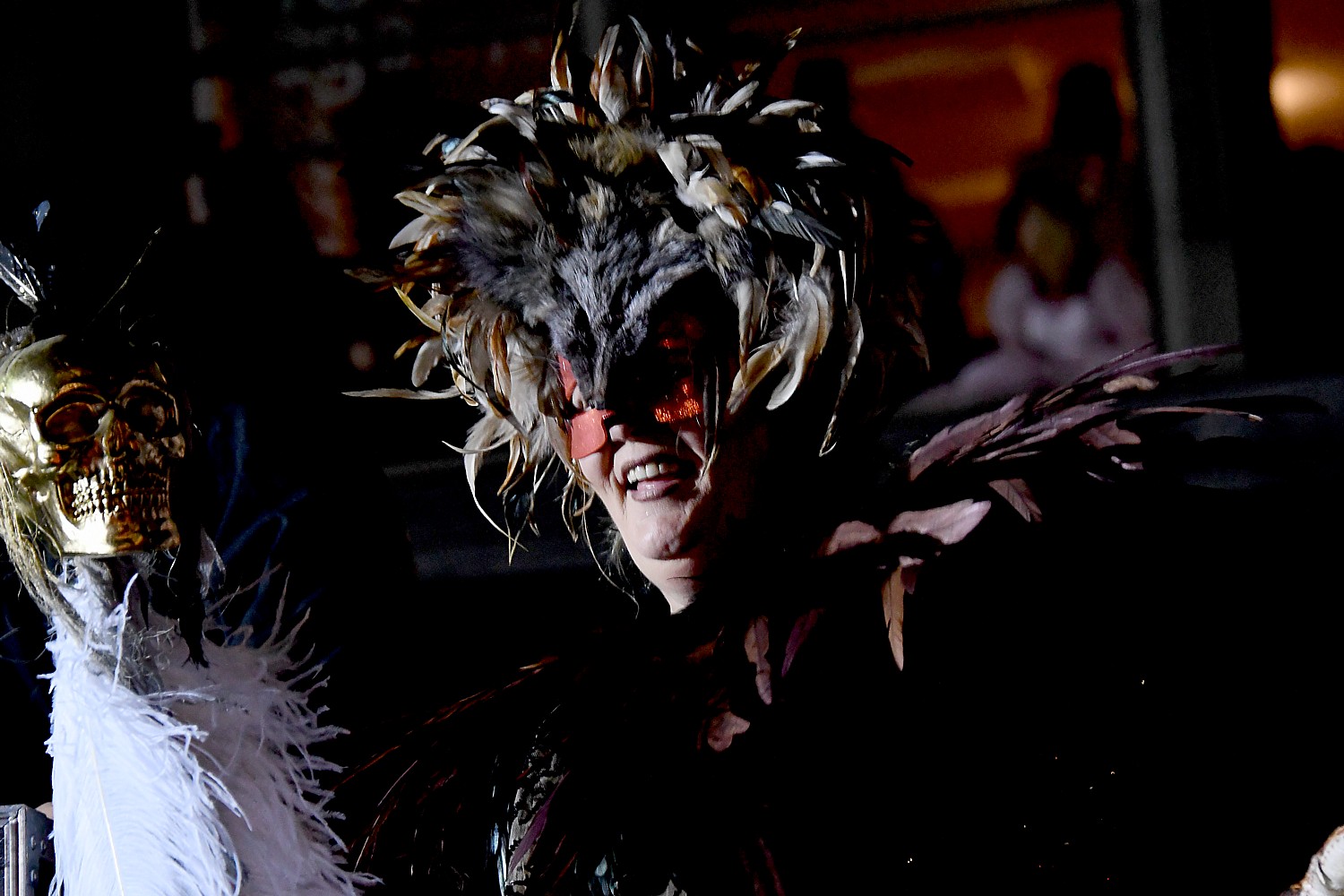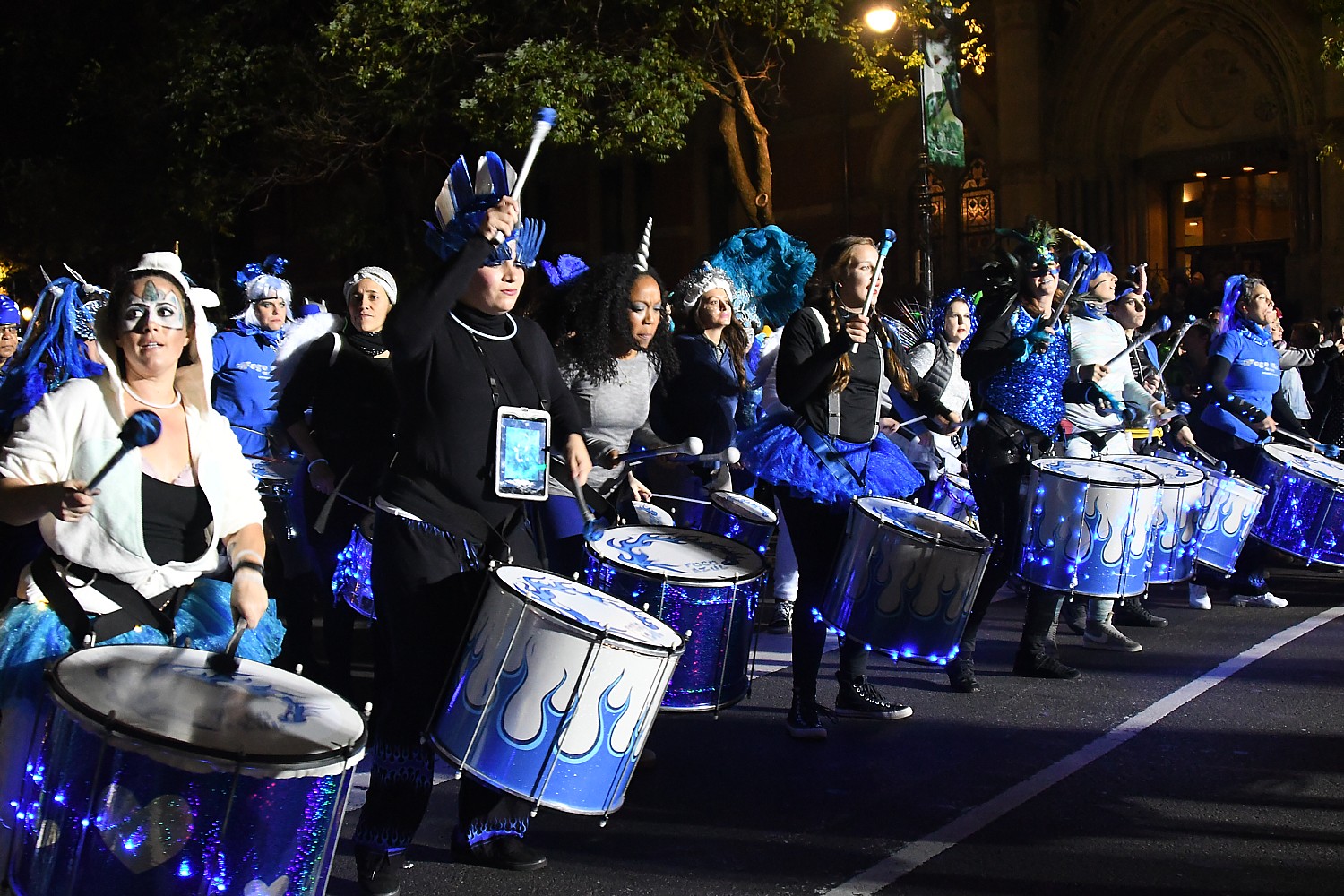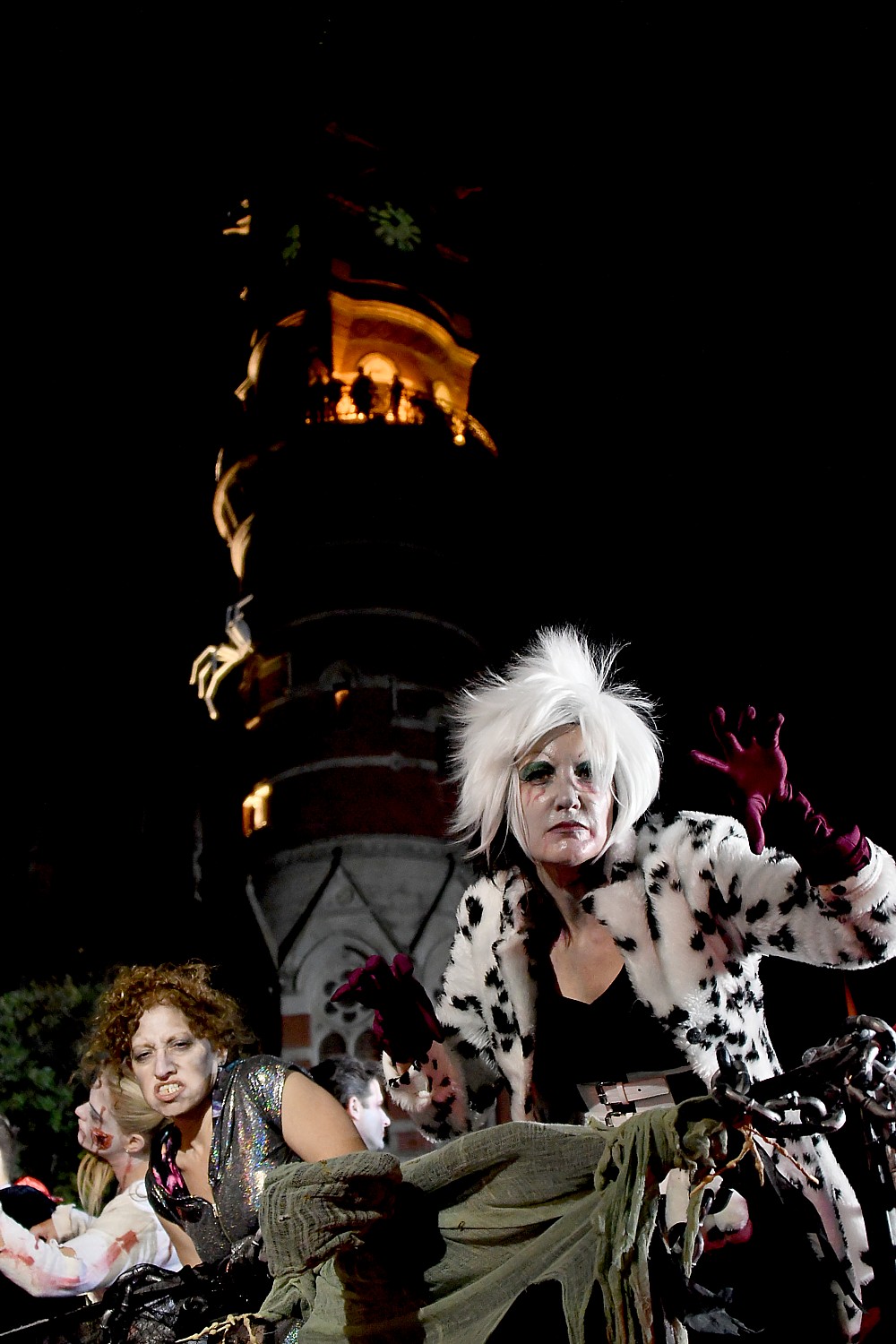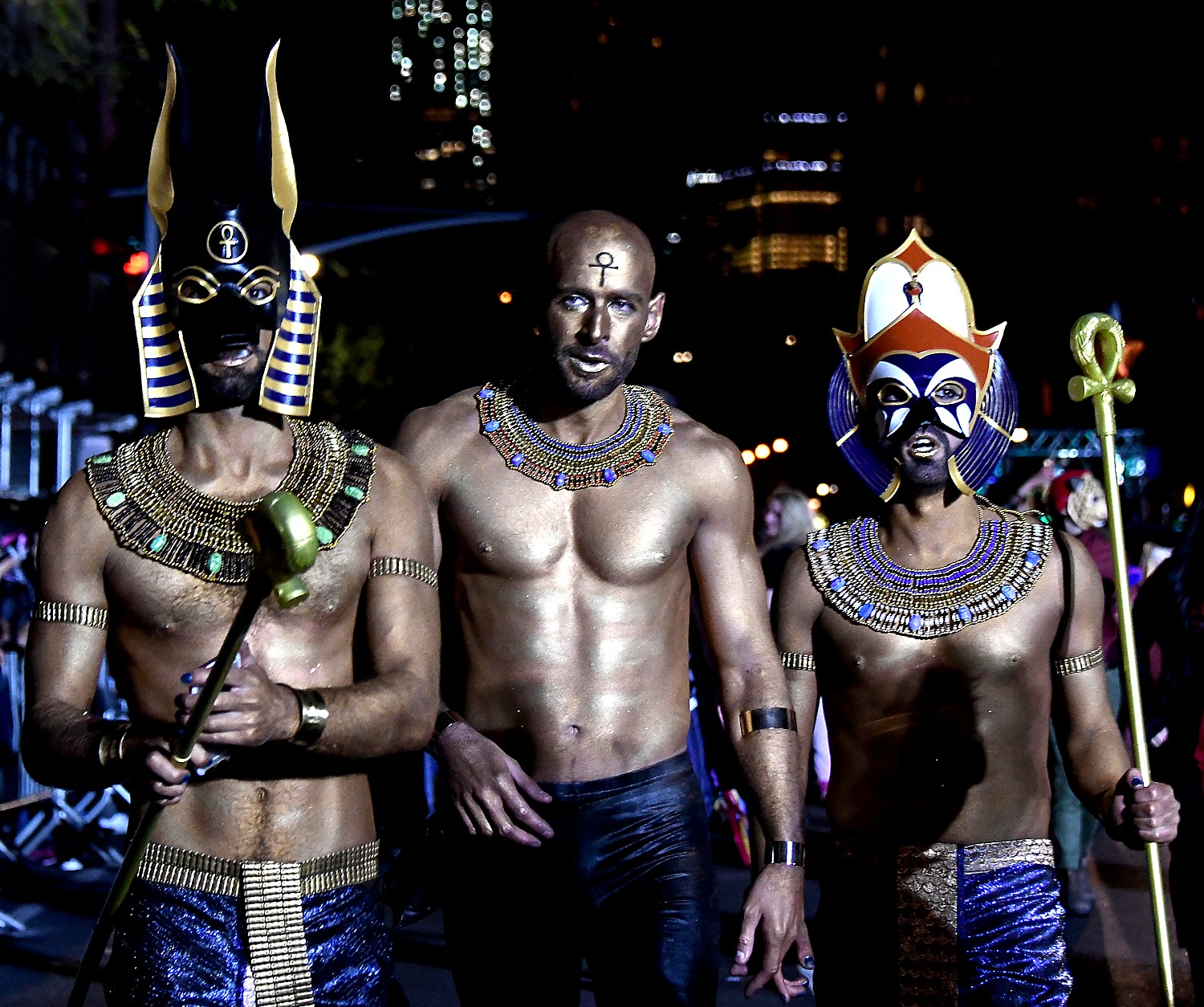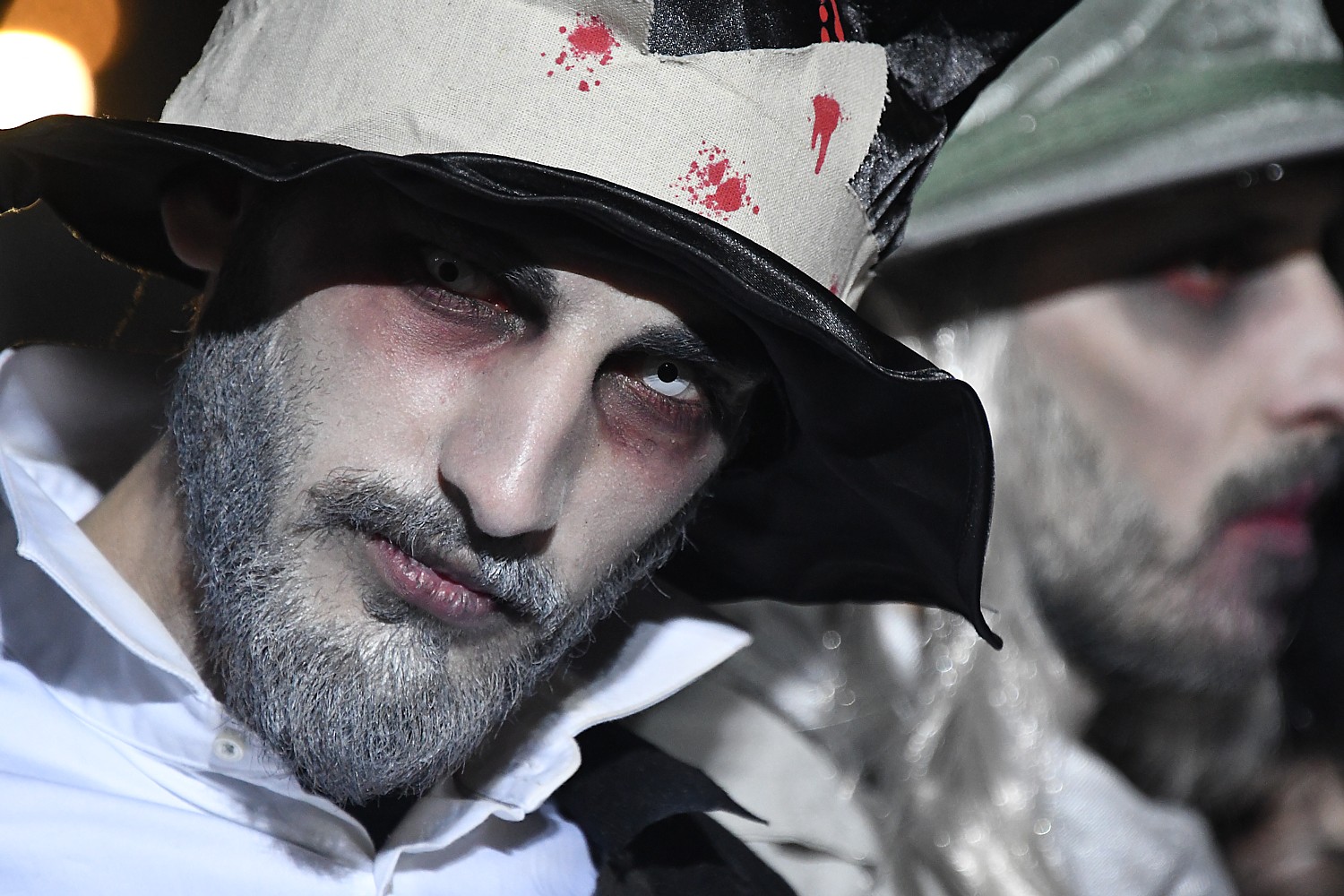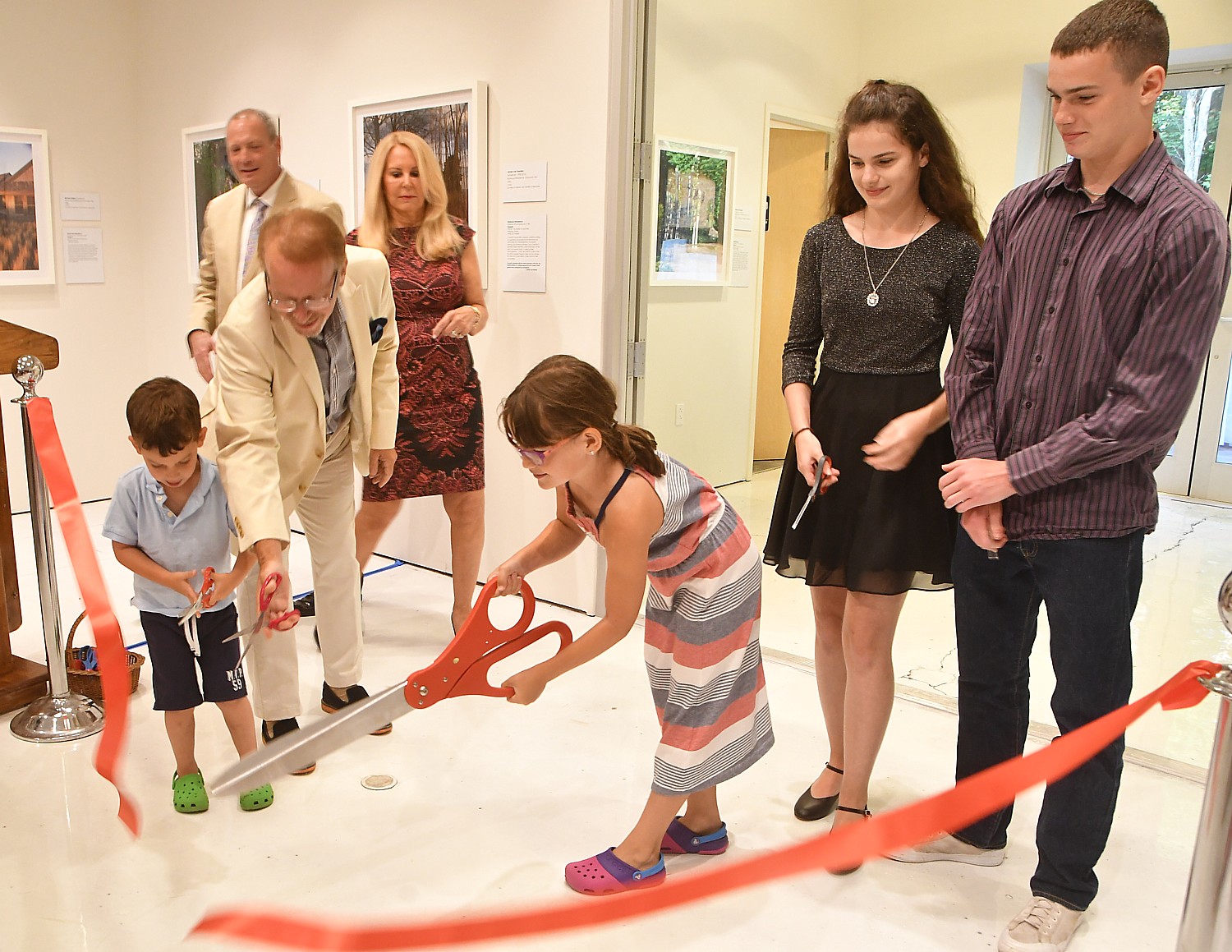
By Karen Rubin, Travel Features Syndicate, goingplacesfarandnear.com
Housed in what was Childs Frick’s natural history laboratory where he studied paleontology, the newly opened Manes Family Art & Education Center on the grounds of the Nassau County Museum of Art – Frick’s former estate – gives the museum a new dimension in arts education and appreciation.
The Manes Center, named in recognition of Museum Trustee Dr. Harvey Manes and the Manes Foundation’s $1 million gift, gives the museum the space to offer a dynamic and creative environment in which audiences of all ages and abilities can find creative engagement through a variety of activities, classes and projects. This includes new hands-on programs for children as young as 3, adults from beginners to skilled, and an ambitious curriculum for autistic individuals.
The environment is special: Childs Frick, the son of Henry Clay Frick, was a vertebrate paleontologist and a trustee of the American Museum of Natural History. The center has repurposed Frick’s labs into art “labs,” each dedicated to a specific type of art learning, to address the multiple learning styles, interests and abilities of adults and children: Hands-On Studio Lab, Indoor/Outdoor Lab, Reading Resource Lab and Design Tech Lab, as well as additional exhibit space.
This means that for the first time, the Museum will be able to offer hands-on multi-day workshops across the visual arts disciplines.
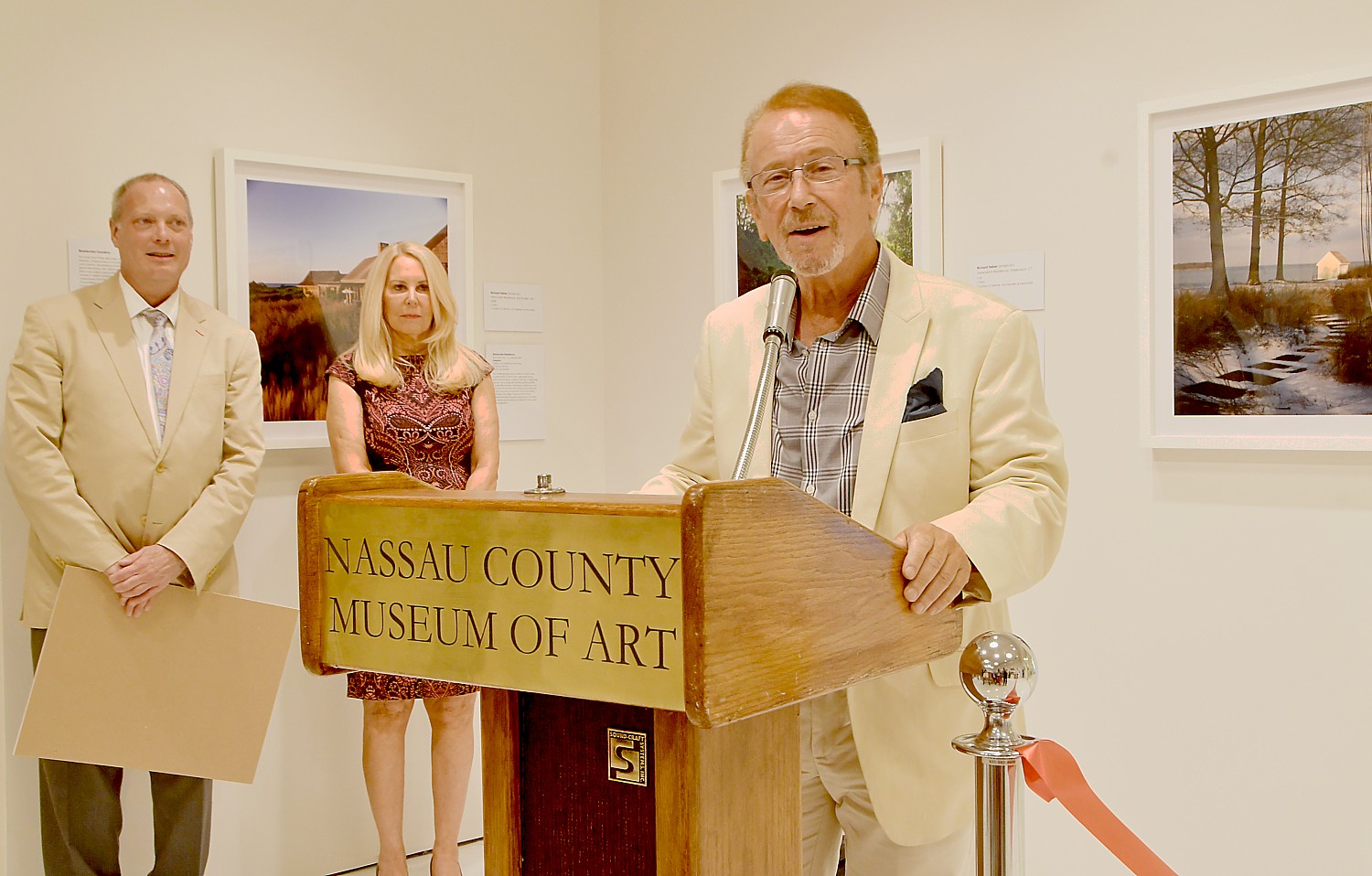
“Family programs at the Manes Center provide children and the adults in their lives the opportunity to take time from their busy schedules to reconnect while talking about and making art together. Each week we offer projects that encourage curiosity and experimentation, and creative thinking through a variety of experiences and materials inspired by current exhibitions.”
“Before, we always scrambled for space in order to run programs at the museum,” commented NCMA Director Karl E. Willers at the ribbon-cutting ceremony, August 3. “This facility allows us to enhance and expand all kinds of classes… Programs can be geared to exhibits as well as to open to the surrounding landscape. Many art programs integrate science and the natural world. It adds a new dimension to our educational offerings – extended hands-on workshops, more events going on simultaneously spanning age and ability groups, when before we were limited by the space availability in the mansion.”
The building, which was designed for Charles Frick’s paleontology research (the specimens he collected are now at the Museum of Natural History), is a series of laboratories that are being repurposed for making art in all its forms. The floors are finished to accommodate workshops and there are sinks!
“We can offer proper professional art spaces for people to look at and make art in contemporary studio facility,” said Reem Hussein, who was brought in to manage the center. We are bringing in technology – i-Pads to create art with technology. But we are mindful of people who want traditional art making.
“These are programs we don’t offer now. We will able to offer more series programs, rather than one-shots and lectures.”
She said that the rooms are called “labs” to pay homage to Frick.

NYS Assemblymembers Charles Lavine and Michaelle C. Solages, and NYS Senator Carl L Marcellino with NCMA trustee, Dr. Harvey Manes whose $1 million donation made the Manes Family Art & Education Center possible © 2017 Karen Rubin/goingplacesfarandnear.com
The New American Garden Inaugural Exhibit
The public is invited to preview the Manes Center and take in its inaugural exhibit, “The New American Garden: The Landscape Architecture of Oehme, van Sweden.”
Organized by The Cultural Landscape Foundation, The New American Garden is a traveling photographic exhibition which chronicles the careers and influence of Wolfgang Oehme and James van Sweden who revolutionized landscape architecture with the creation of a type of garden characterized by large swaths of grasses and fields of perennials. The gardens are the penultimate merger of man and nature, and the ultimate in “installation” art’s ephemeral quality. Indeed, 10 of the gardens that are immortalized in the photographs are gone, and many others are in jeopardy.
During this introductory period, through September 7, admission to the Manes Center is free (free admission offer does not include the main building, the Saltzman Fine Art Building).
The building now looks as a low-level white box, but that will soon change. The pop/surrealist modern artist Kenny Scharf is being invited to paint the exterior. After that, it is anticipated that the landscape architects Oehme, van Sweden will create a new garden.

The focus on gardens for the inaugural exhibit at the Manes Center is also appropriate for this grand estate.
Most of the 145 acres originally belonged to poet, lawyer, conservationist, political activist, patron of the arts and preservationist William Cullen Bryant, who settled in Roslyn in 1843. The long-time editor of the New York Post built is home, Cedarmore, and founded Roslyn’s public library. In 1862, he built a cottage for his friend and fellow poet, Miss Jerusha Dewey (you can see the cottage when you explore the hiking trails on the grounds). In 1900, Lloyd Stephens Bryce purchased Bryant’s ‘Upland Farm’ and commissioned architect Ogden Codman, Jr. to design Bryce House, the present mansion. Henry Clay Frick, co-founder of US Steel Corporation purchased Bryce House in 1919 as a gift for his son, Childs Frick, a Princeton graduate who became a vertebrate paleontologist and naturalist.
For museum-goers, the estate grounds also offer:
Sculpture Park: Approximately 30 works, many of them monumental in size, by renowned artists including Fernando Botero, Tom Otterness, George Rickey and Mark DiSuvero among others, are situated to interact with nature on the museum’s magnificent 145-acre property.
Walking Trails: The museum’s 145 acres include many marked nature trails through the woods, perfect for family hikes or independent exploration.
Gardens: From restored formal gardens of historic importance to quiet little nooks for dreaming away an afternoon, the museum’s 145 acre property features many lush examples of horticultural arts. Come view our expanded gardens and beautiful new path to the museum.

Today, Frick’s mansion is the Saltzman Fine Arts Building, home to the Nassau County Museum of Art, which has put on world-class exhibitions and has a notable collection, including 150 Tiffany paintings and drawings which were bequeathed to the museum.
Currently on exhibit in the Saltzman Fine Art Building (through November 5, 2017)
“New York, New York”: From its earliest years, New York City was the stage on which the transformation of America played out, reflecting economic and historic upheavals that led to the city’s place as the financial and art capital of the world. This exhibition, guest curated by Director Emerita Constance Schwartz, portrays the city’s grit and glamour, its excitement and bustle, the heartbeat of a great metropolis, through more than 140 works by artists such as John Sloan, Reginald Marsh, Childe Hassam, Red Grooms, Robert Henri, Fairfield Porter, Berenice Abbott, Milton Avery and Georgia O’Keeffe among many others.
“Glamour Icons: Marc Rosen”: Through the work of the award-winning designer Marc Rosen, Glamour Icons celebrates fragrance and cosmetic packaging as an art form. This retrospective spanning the designer’s 40-year career includes many of his most iconic designs as well as some vintage 20th-century perfume bottles from Rosen’s personal collection. The designer’s work has been recognized with many industry awards and is also in the permanent collections of the Museum of Modern Art in New York and Musée de La Mode in Paris.
Family Sundays – 1– 4 pm (free with admission): Be inspired by an exhibition based gallery conversation, then explore new art materials and learn new art-based vocabulary and ideas in the studio with our museum educator.
Super Family Sundays – 1-4 pm (admission plus $10 materials fee):
Families immerse themselves in artmaking and exploring the Museum, the grounds, and sculpture collection during Super Family Sundays. Multiple activities are offered in collaboration with teaching artists in a variety of media, from performance to monumental cardboard constructions. Themes connecting the artmaking activities are inspired by the art on view in our galleries, the Museum’s history or the changing seasons on display in its forests and gardens.
Preview of Educational Programs at Manes Center
Among the arts education programs that will be available at the Manes Center beginning this fall:
Early Childhood Programs: Programs for young children and their adult companions at the Manes Center are all about discovery. Both in the galleries and in the art studio, children find opportunity for self-expression, socialization, and experimentation, through creative play and exploration through open ended developmentally appropriate experiences. Looking at and talking about art fosters visual literacy in young children.
Programs include:
Story Time for 3 to 5 year olds, featuring gallery exploration and hands-on art activities.
Young Artists (ages 3-5) programs for children and their adult companions consist of hands-on activities designed to experiment and become familiar with art materials and processes.
An Outdoor Classroom program will offer guided and self-guided activities for children to encourage the exploration of the natural environment through experiences that make the connection between art and science. Activities are designed to encourage open air exploration and imaginative play.

A drawing class geared to children 8-11 years old, to learn the rules of traditional drawing by practicing line, shading, and perspective through drawing in the studio and gallery and using experimental materials.
A program tentatively titled “Imagine, Design & Build,” for children 11-15 to experience the design process through sketching and building as they dive deep into creative thinking and problem-solving to explore the connections between design, art, science, and technology.
A program for teens 13-17 is aimed at supporting high school students who are preparing portfolios as part of their college applications. Group and individual instruction focus on elements and principles of art and design through application to students’ own work and conversations about art work in the museum’s galleries. Student will have the opportunity for work with live models, critique sessions, and portfolio reviews.
Adult Programs
Hands-on studio programs are being designed for adults of all levels of art making experience, taught by experienced artists. The programs focus on group and individual projects to help adults explore and learn art skills and processes, and have opportunities for personal expression. Adults will learn techniques of drawing & painting, sculpture, and printmaking and have opportunities to draw from live models.
“The Creative Process” dovetails with every changing exhibition in the Manes Center’s contemporary art gallery: visitors are invited to create in response to the art on view through hands on activities that focus on artists’ themes, processes, and materials. Projects are designed to pique curiosity and inspire creativity, and gain new insights into the creative process.
Life drawing at the Manes Center will present the opportunity to draw from a live model through gesture sketches and longer duration poses under the guidance of a teaching artist.
Adults can learn the basics of drawing and painting and explore materials such as graphite, charcoal, and conté crayon, watercolor and acrylic paint. Projects will be inspired by art history and current gallery exhibitions.
The center will also offer programs in using digital art tools to create traditional and experimental works of art.
Art Talks for adults invited scholars, academics and exhibiting artists to introduce and discuss topics in the field of art with visitors in an intimate salon style setting.
Programs for Special Needs
Art education programs are also being designed for children, teens and adults with special needs.
One program invites families affected by autism into the galleries and art studio to talk about and make art. Throughout the course of this program parents and caregivers will gain skills in behavioral methods that they can employ when bringing their child into a community setting. Families will join the Art Educator trained in Art Therapy in fun interactive gallery experiences that provide opportunities for everyone to look at and talk about art in a group setting. Then off to the studio for hands on art making activities that encourage experimentation with new materials, processes and creative play.
Another workshop is aimed at building social and vocational skills for teens and young adults with autism through arts-based workshops. During this workshop series, teens will receive hands on training in basic artistic processes that can be translated into practical job skills. Based on current exhibitions in the galleries at Nassau County Museum of Art, these workshops will encourage participants to explore different methods of art making and design and how a museum can be a resource for creative inspiration. Students with autism will have the opportunity to apply their artistic skills and functional academic learning in a real world setting.
Explore picture & art books and related resources about art history and museum exhibitions. This space is equipped with manipulatives and simple drawing materials for young children.
The Manes Center will also be available for birthday parties, with appropriate art project activities. Party bookings are available on Saturdays 12:30 – 2 pm.
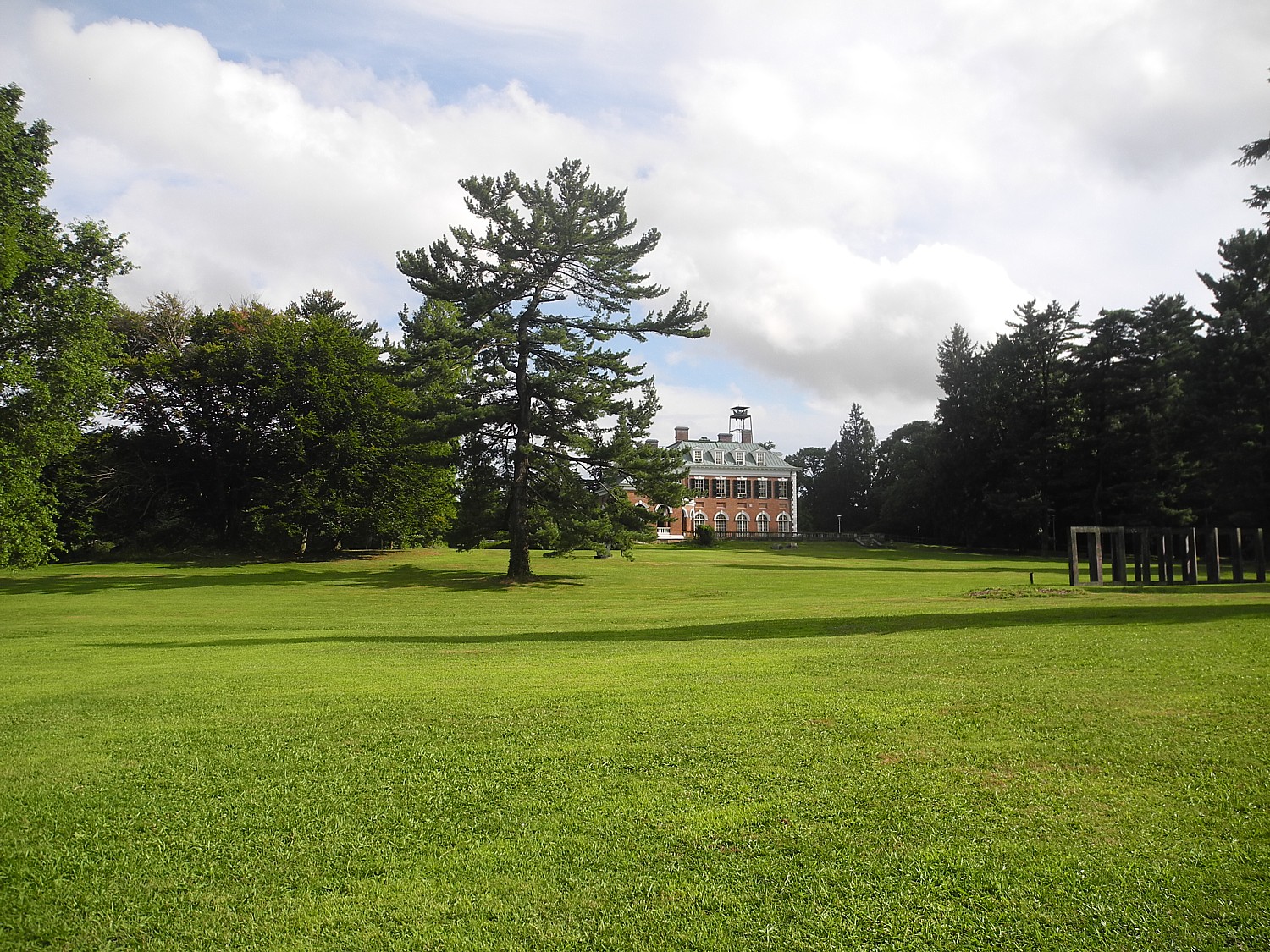
Nassau County Museum of Art, consisting of the Saltzman Fine Art Building and The Manes Family Art & Education Center, is located at One Museum Drive in Roslyn Harbor, just off Northern Boulevard, Route 25A, two traffic lights west of Glen Cove Road. The Museum is open Tuesday-Sunday, 11 a.m.-4:45 p.m. Admission is $12 for adults, $8 for seniors (62 and above) and $4 for students and children (4 to12). During the August 3-September 10 preview of the Manes Center, there is no admission fee (this does not include admission to the Saltzman Fine Art Building). Members are admitted free. Docent-led tours of the exhibition are offered at 2 p.m. each day; tours of the mansion are offered each Saturday at 1 p.m.; meet in the lobby, no reservations needed. Tours are free with museum admission. Family art activities and family tours are offered Sundays from 1 pm; free with museum admission. Call (516) 484-9338, ext. 12 to inquire about group tours. The Museum Store is open Tuesday through Sunday, 11 a.m. to 4:30 p.m. Call 516-484-9338 for current exhibitions, events, days/times and directions or log onto nassaumuseum.org.
____________________
© 2017 Travel Features Syndicate, a division of Workstyles, Inc. All rights reserved. Visit goingplacesfarandnear.com, www.huffingtonpost.com/author/karen-rubin , and travelwritersmagazine.com/TravelFeaturesSyndicate/. Blogging at goingplacesnearandfar.wordpress.com and moralcompasstravel.info. Send comments or questions to [email protected]. Tweet @TravelFeatures. ‘Like’ us at facebook.com/NewsPhotoFeatures

